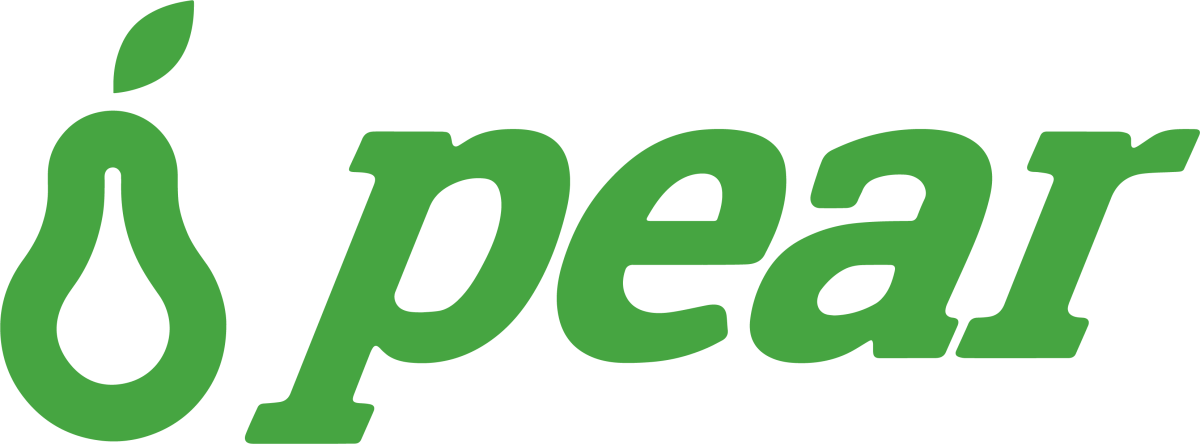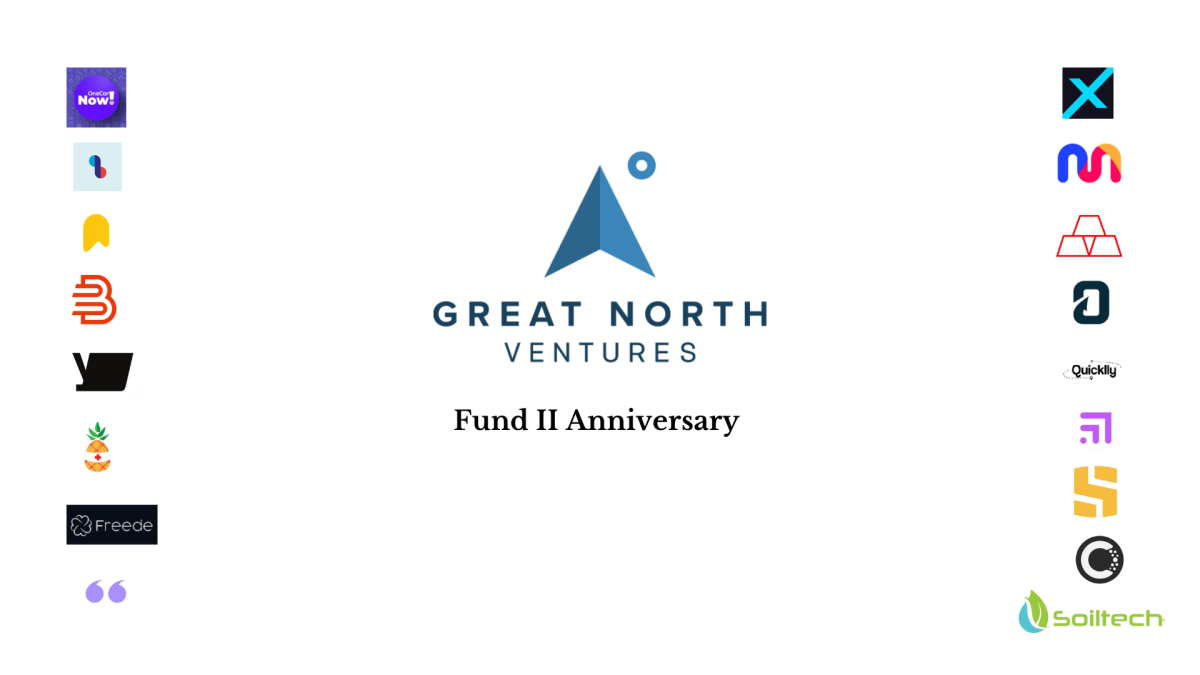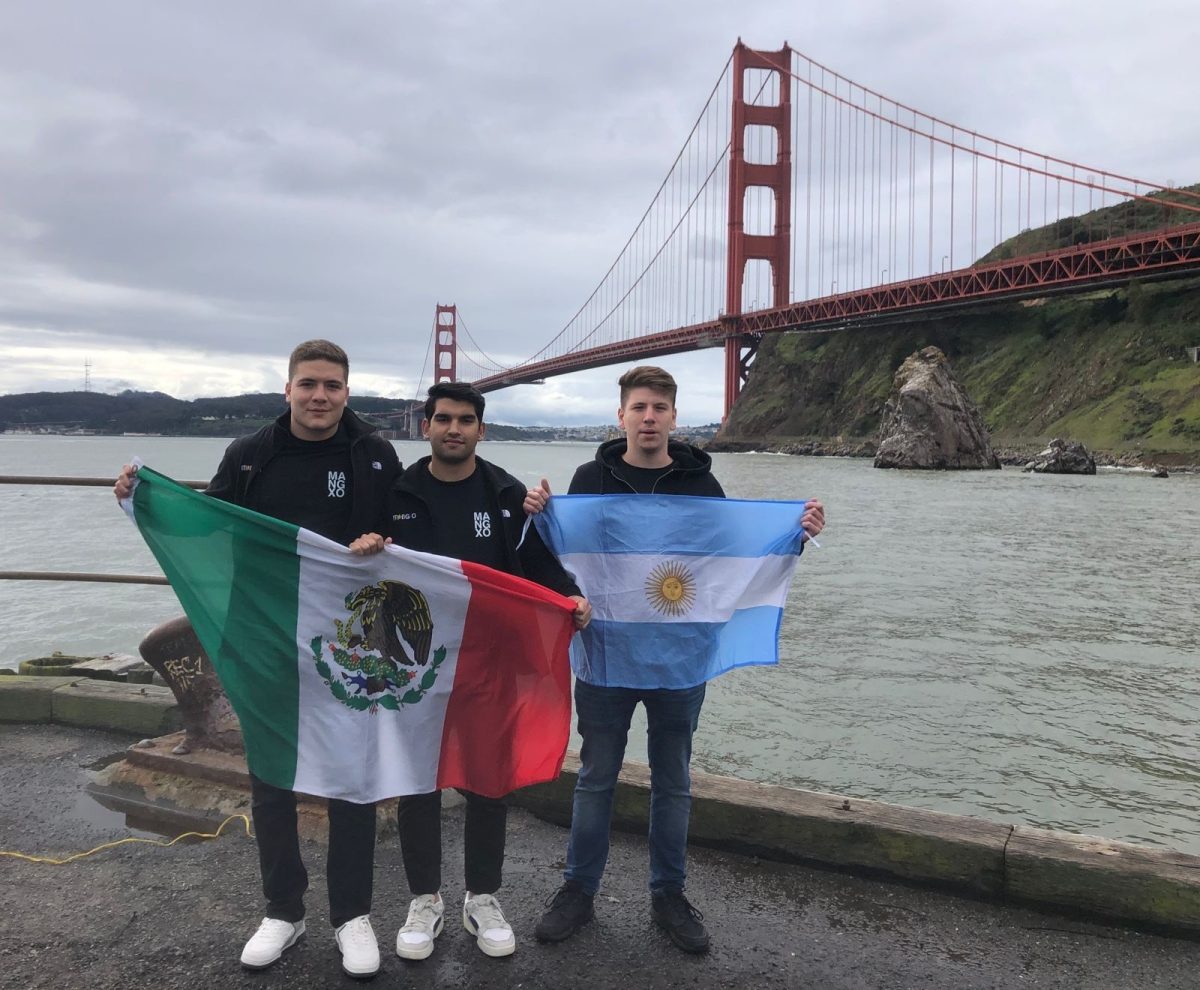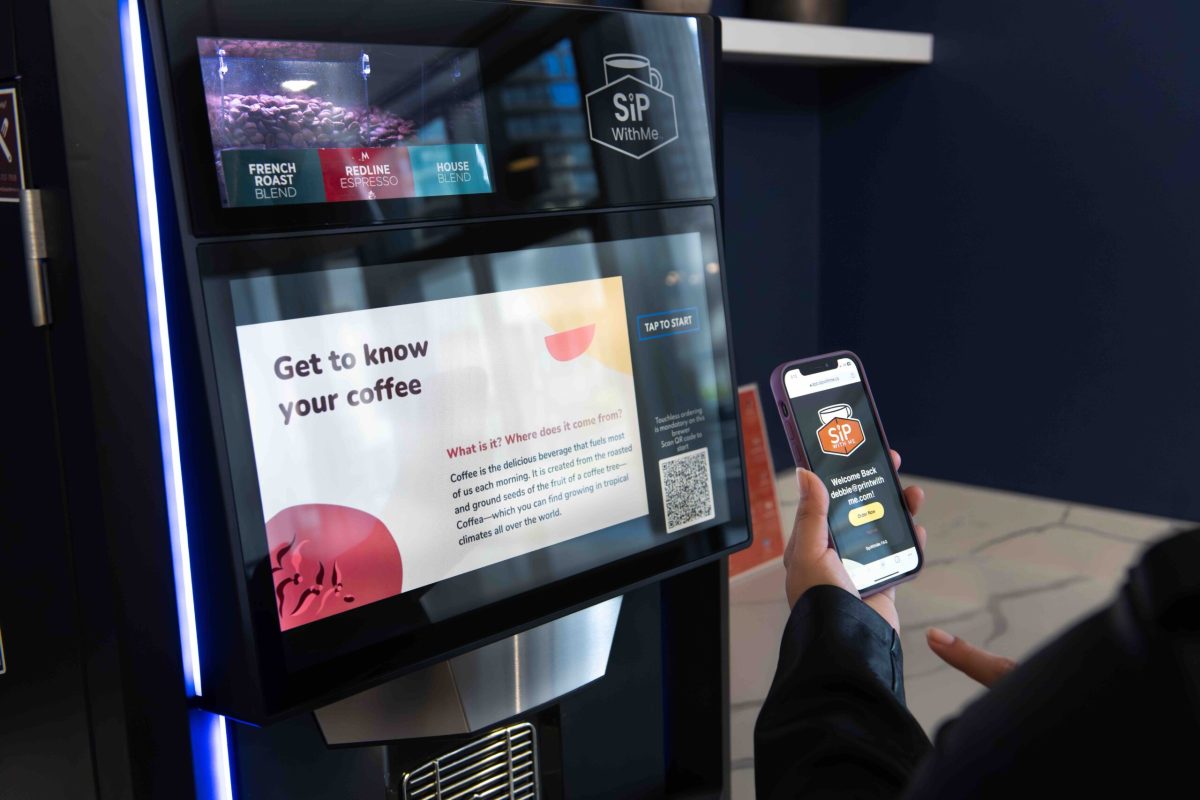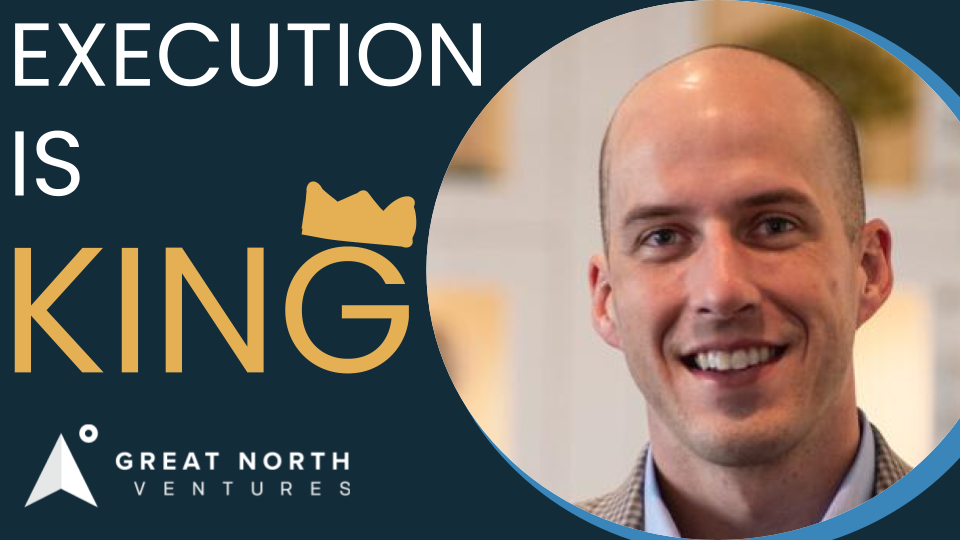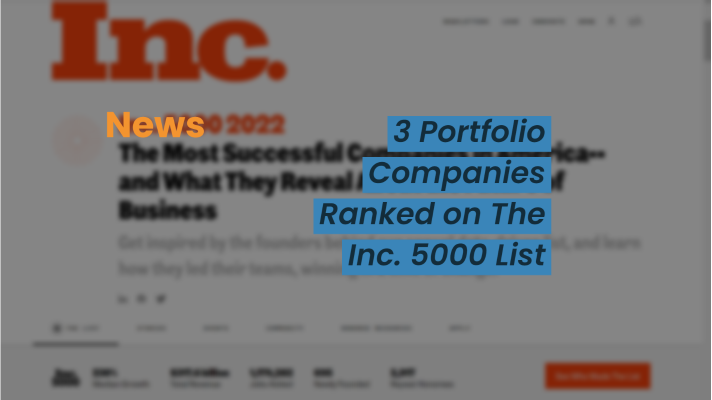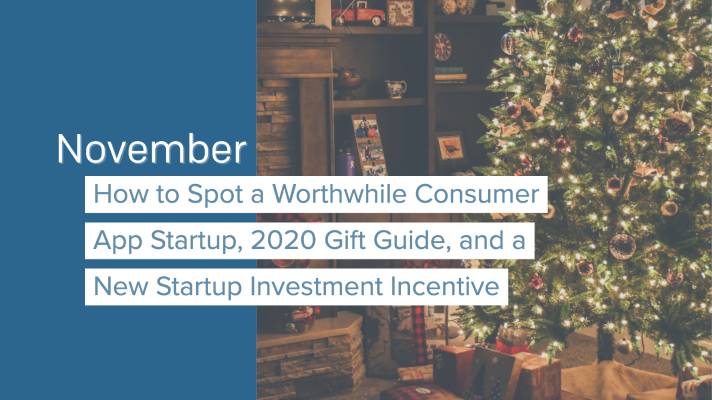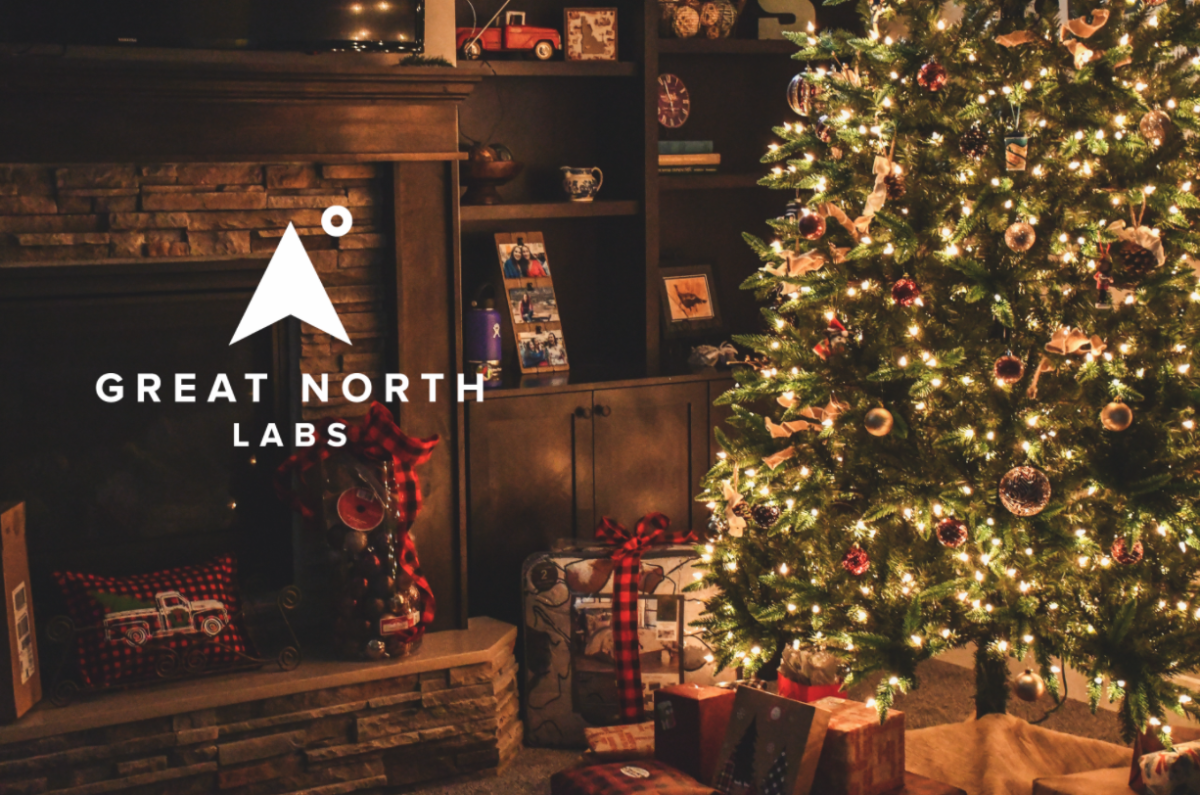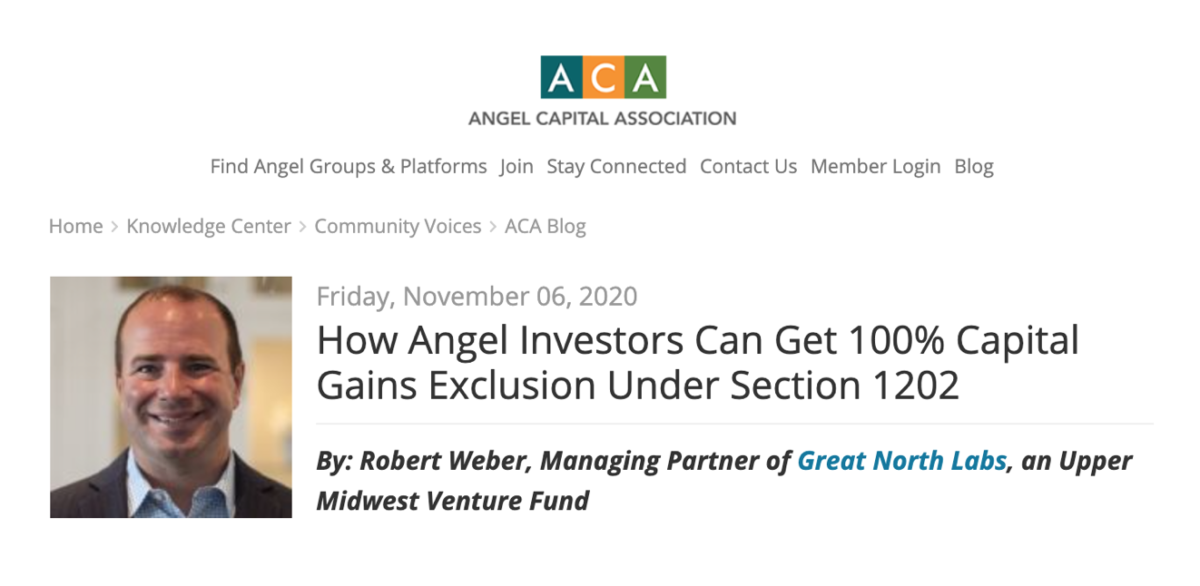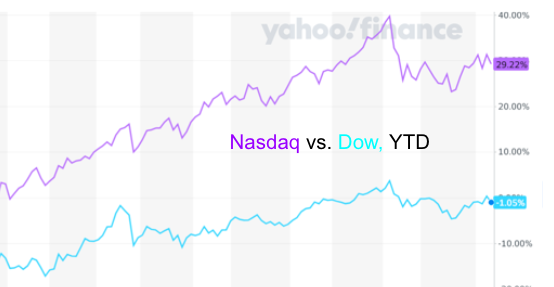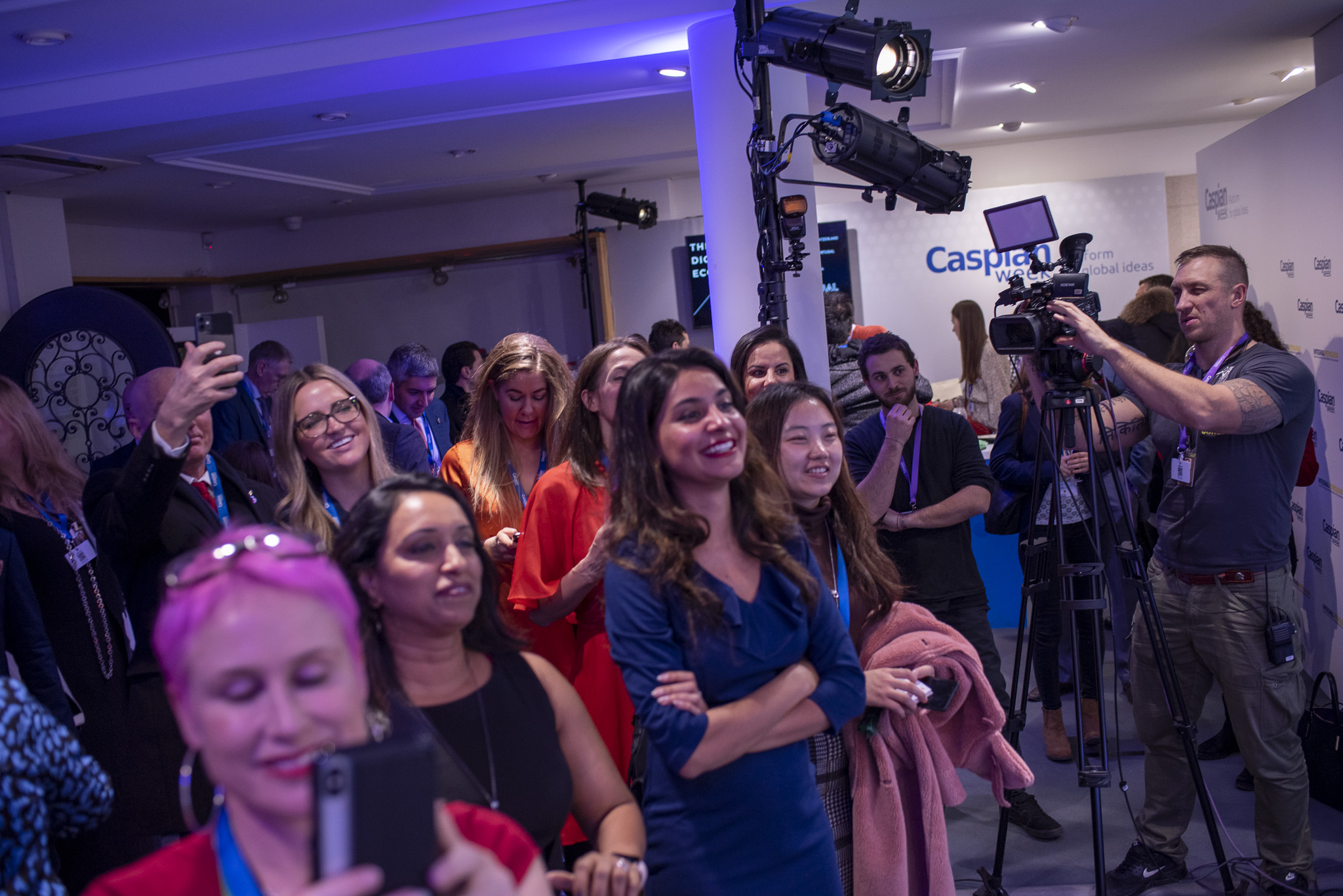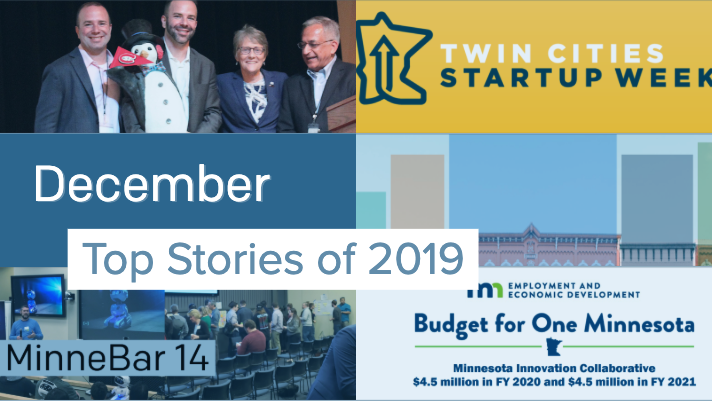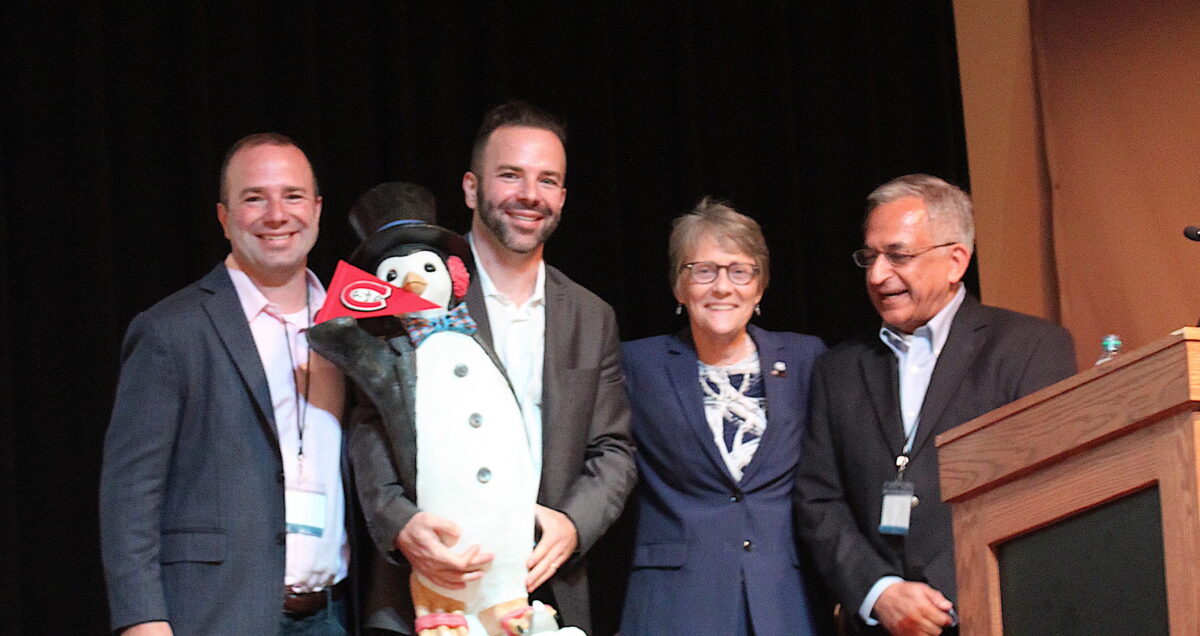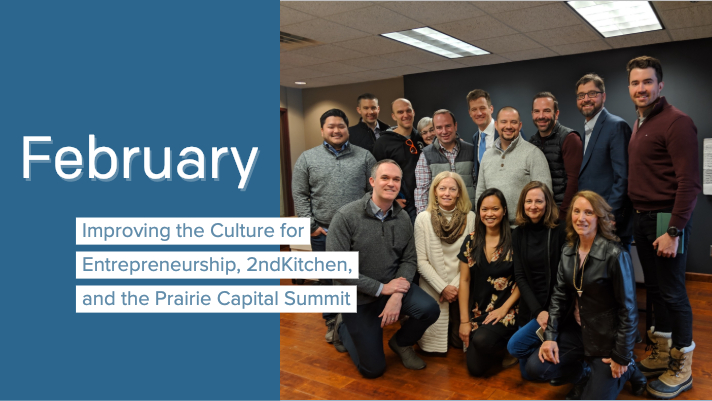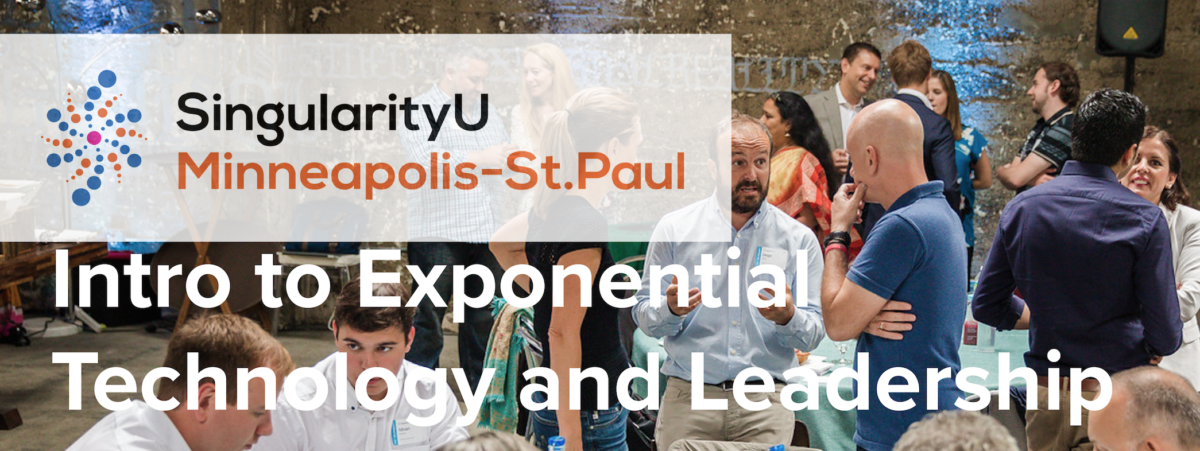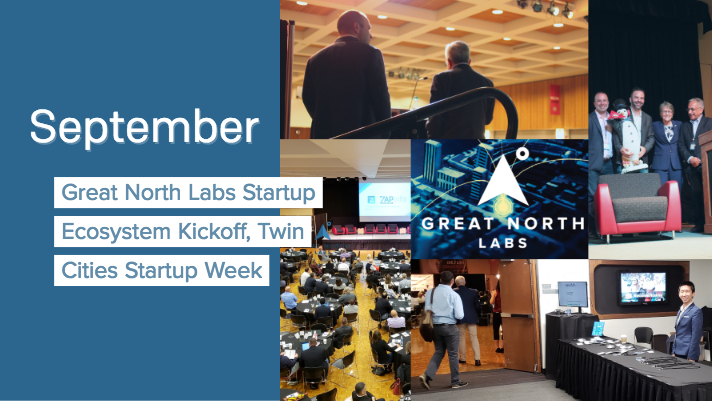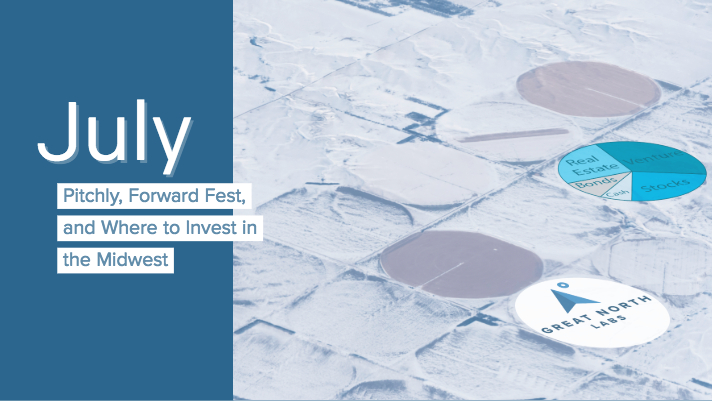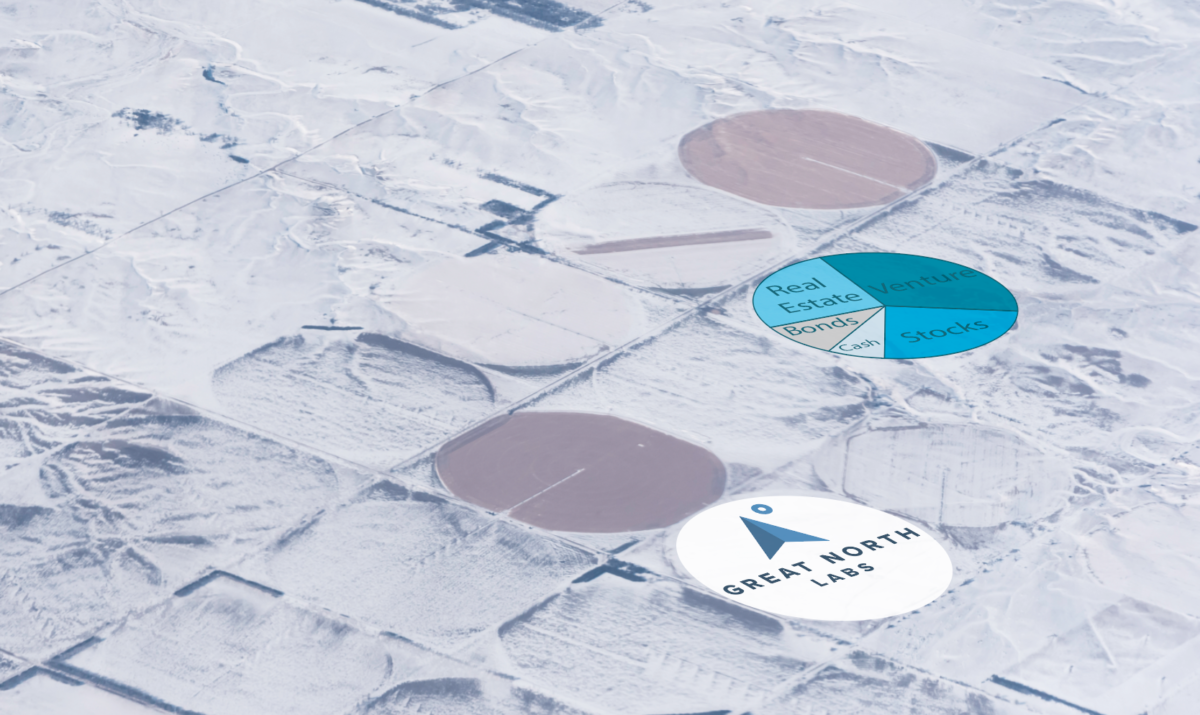In the first of a two-part episode, we cover the most common concerns startup founders run into on startup formation, from our guest Mike Schulte, Principal and in-house legal expert at Great North Ventures who holds a JD/MBA from St. Thomas University.
Schulte at St. Thomas, covered the Healthcare IT sector as an MBA student manager for the Aristotle Fund. Next, he spent 20 mos as a Venture Associate at Soffer Charbonnet Law Group where he worked with clients of all sizes providing advise on legal matters ranging from offering memorandums for private placements to mergers & acquisitions. Mike has led legal and actively contributed to investing since joining Great North Ventures in January of 2018.
In this episode, we talk about picking a name, choosing between an LLC and a C-corp for incorporating your company, and the benefits of 1202 Qualified Small Business Stock.
Who does Schulte see executing? Brian Schoenborn at Moss & Barnett & David Winkler at Koley Jessen.
The second part of this two-part episode will cover fundraising, board structure, and more.
Transcript:
00:09
Welcome to the execution is King podcast where we talk to successful startup founders, investors and ecosystem builders to uncover insights and best practices for the next generation of great global startups. I’m your host, Joseph Siebert. I’m with my co host, as always Rob Weber. And he’s a partner at Great North ventures. Hey, Rob, how you doing today?
00:31
I’m doing great. How are you doing? Joseph?
00:33
I’m doing pretty well. I’m excited for this guest. You know, we get all kinds of inbound questions from founders. When you’re dealing in early stage, you run the gamut of entrepreneur requests, right from people sitting in their garage with an idea to people who have actually taken million dollars in funding and had previous exits and are thinking about doing something to people or raising like their Series A. So it’s really, really great to have this guest on today. Rob, you know, maybe you can speak a little bit more to like, why exactly, we’re bringing them on? Well, I
01:06
think being a founder of early stage company, you really have to be more of a generalist. And that means you need to understand across the kind of gamut of the different functional skills just enough so they can get your business off the ground. So you got to know a little bit about legal, a little bit about operations, a bit about sales, a bit about marketing, a little bit about technology, design, all these things finance counting
01:31
just enough to be dangerous, right? Yeah, that’s
01:33
right. And I know when I was 20, I started my first I call it my first real company, I had some like tinkering projects as a teenager on E commerce and startups. But having never scaled a business before. On the legal side, we made a few mistakes. And we’ll probably talk about some of those in this episode. But it’s not, you don’t really notice those mistakes when you’re getting going because they don’t really hurt you. But then as you start scaling, the amount of like I like leave, you know, sometimes you’re talking about technical debt, you can have legal debt, too, if you’re not setting up your business the right way. Or if you’re not raising money with the right terms, things can come back and bite you. And so what we’re going to do with our colleague, Mike here, is tried to share some of that wisdom, so that for founders, you don’t make those mistakes that others like myself have made. And we can save you a huge amount of headaches down the road by just paying attention to some of this knowledge that is gonna be shared with you.
02:31
Before we welcome our guest on, we just need to put up a disclaimer that today you’re going to hear a lot of legal accounting, finance and tax stories, right things that we’ve done. But none of this is to be taken as advice, because it’s so particular to your individual situation, that if you need advice on this, go to an advisor. We’re just sharing the stories about what we face today. So our guest today is Mike Sheltie. He is principal at Great North ventures. Welcome to the show, Mike. And Joe.
03:05
Hey, hey, Rob. Excited to be here. I’ve been listening to the show for a while. And I’ve always wanted to be a guest.
03:12
Mike, why don’t you start by telling us a little bit about your background and experience?
03:16
Yeah, sure. So I actually get the question a lot of how did I end up at a at a VC fund. And I think that that journey is a little bit different for everyone. Mine’s not too uncommon. But I started out as a lawyer, and I didn’t practice law for too long. I went to law school in Minneapolis at University of St. Thomas, where I got my JD MBA, and I kind of the whole time knew I wanted to work with investment funds. Although I was at the time I was thinking real estate funds just because that’s kind of the world I came up in. And that’s what I was interested in at the time. So I started practicing at the small law firm in Minneapolis. And it was a great experience because I got to work with a ton of different types of clients. And what I found out is I loved working with the entrepreneur clients, the ones who are building businesses, scaling businesses, and these were businesses of all types. So some of them are family businesses where they’re trying to figure out how to hand that off. Some of them are startups that are just launching their first internet company and one of them is actually it was actually a legacy business that was providing services to produce farmers in California but he took advantage of, of the changing cannabis laws and started servicing cannabis farmer clients and that was actually a really interesting business to work for for a couple year period and ended up going really well for him. What I really liked Working with these entrepreneurs of all types, I got to see a lot of stuff. What I didn’t like, was the business of law, you talk with a lot of lawyers. And it’s the same story every time. It’s a very tough business to run, even though the work is very interesting. So I decided I wanted to jump to a different position, it gave me an opportunity to work more on the value creation side. At about that same time, I saw great North ventures was just launching their first fund. So I called up Robin Ryan, and we had our first conversation. And shortly after that, I was working with great North ventures as their first analyst hire, and then with them ever since. And now I’m a principal fund,
05:44
we’re really lucky that you made that decision and fortunate to have you on the team is incredibly valuable to have you as a part of the team. And I think, you know, what I think about that client service model that a law firm has, I could, I think I would feel the same way as you were probably back then Mike, where it was, you know, I think about, you know, it’s like the hourly bill rate grind. And this like, it’s not even about, it’s not so much about the value created, it’s about maximizing how much you can bill, oftentimes, I feel like not even just to rip on lawyers, but like just service providers, in general, it’s just like, so many of them get it wrong, where they don’t focus on the value, they focus on just, it feels like they’re not in, they’re not trying to complete things or complete things in a way that maximizes value. They’re just trying to build as much as they can, when you find the rare service providers, if you want to think of it broadly. And I’m, by the way, we’re a venture capitalist, we’re also a service provider. Now, when you find the rare service provider that actually focuses on value and things like an entrepreneur, it’s like gold. And that’s why I think it’s like, really, you know, Mike’s been just a huge addition to our team, from really, very early on, we were very fortunate to this kind of our past is crossed, and it was perfect timing. So really excited. Yeah,
06:55
you’re absolutely right. And even in my role at Great North ventures, I’m, I’m working with a lot of service providers, as you know, and it is I love the service providers that we work with, and we continue to try to work with them as much as possible. Because when you find one that’s good, that’s actually creating value and not just trying to build ours by being a practitioner. That’s you need to hold on to those people because they can help you.
07:23
Mike, can you share alike, specifically what you do at Great North ventures now?
07:28
Yeah, that’s actually a really hard question to answer, Joe, because anybody who’s ever worked on a VC fund knows that you do a lot. But one thing that I do a lot of fund operations, and legal and finance, to do a lot of that side transaction management. So every deal that we do, I’m really leading the transaction, whether it’s from the legal diligence side, whether it’s from structuring the deal with the company’s attorneys, that that’s kind of where I’m at. And I want to say, since joining Great North labs, we have done 38 initial investments, and I can’t even count the number of follow on deals or the number of broken deals. Unfortunately, it just happens a lot in this business. But I’ve seen a lot of seed stage series, a stage venture capital deals. And at this point, I don’t feel like I’m running into stuff anymore that I haven’t seen in terms of deal dynamics and things that can throw a little wrench into a venture financing round.
08:36
So Mike, let’s start at the beginning here, when a startup is just starting to form, I mean, one of the first things they need to do is just pick a name, what are some of the considerations you think, with respect to picking a name that startups need to be mindful
08:51
of? Yeah, Rob, I actually get this question all the time. And I’m gonna I’m gonna be real honest, upfront. For most companies, I think this is not the best way to spend their time and resources. But nonetheless, a lot of them do need to pick a name. So I like to tell them where they can search for names and just come up with a list of potential names. I honestly don’t like when the spelling gets too funky, because then it’s hard for customers to find online. And we’ve all we’ve all had that issue. How do you spell this is a.io.com. So make it something that’s easy to find. But then just from a pure technical perspective, every state is going to be a little different, but you do need to incorporate in that state. And if you just do a quick Google search with say, for example, I do a lot of work in Minnesota, if you just type in Minnesota Secretary of State business filings. You will it will it will be one of the top Google results to get to that website. And then you can just type in your names and you can find out if there’s any other companies Has that are already incorporated under that name? So that’s how I would search.
10:06
Okay, so you find an available name. What do you do after that?
10:11
After that, I think you start building the company, I get a lot, a lot of questions about whether you should trademark it or not. And when we talk about trademarks, this is quite a bit more complicated than just finding a name that is available for your business. If you’re going to pursue trademark registration, you’re going to want to work with an attorney, it’s really not that expensive, there are some filing fees with the USPTO, you can try to do it yourself. But these applications, they’re, they’re kind of a beast. And then there’s usually a lot of back and forth with the examining attorney at the USPTO. And if you don’t know how to manage those communications, they can drag on for months. And that can take up a lot of time. So I highly recommend finding a small business attorney, it’s really not that difficult of a job for them to do. But they will get it done faster. I also don’t think it’s time to trademark any of your logos in any of your slogans or your business name, until you started to actually build up some brand awareness, there’s really not a whole lot of risk that somebody’s going to come in and infringe on your business name. Until you’ve gotten to that point, unless your business is something maybe like one 800 flowers, or cars.com, then maybe you have a better case for early trademark protection,
11:39
though it’s not a good strategy to just like say that your slogan is the best software company and trademark that
11:49
yet it’s not and honestly, Joe, unless you can prove that you actually are selling software, which a lot of startups, you know, they try to get these trademarks in there, like pre revenue, pre product stages, you can’t even get a trademark at that time. So it’s just a waste of time.
12:07
That reminds me of this great story. The Beatles used to have this drummer very early on named Pete Best. And sometime in the 60s, after the Beatles had found success, he released a solo album after leaving the Beatles around Christmas time called Best of The Beatles. He made a ton of money, right? And they tried to sue him for all this infringement. But they had no grounds because that was literally his name. He could prove, hey, this is my name. And I was from the Beatles. And yeah, that was a good workaround.
12:41
So maybe the answers to change your name to a well known person?
12:46
Yeah, my name, my name is Intel, Microsoft now.
12:52
Nice. I love it. I love it. You know, that’s part of being entrepreneurs being creative, right? So I think the so now you have this name picked out, you cleared it. Now you gotta go incorporate your company. Well, what do you founders need to be thinking about at that time?
13:07
So there’s typically two types of business entities that they can incorporate as there are more than just two. But there’s two main ones that most people are deciding between. That is the LLC, or the limited liability company, and a C Corp.
13:24
So how are those entities different? Like,
13:27
let’s actually first talk about how they’re similar because I think that’s, that’s the quicker one and then we’ll go into their differences. But they’re similar in the terms that they get, they provide us a shield of limited liability protection for the owners of the business. For the most part, I think that they both provide quality protection for the owners, a lot of founders I talked to think that they can just do anything, once they have this shield of limited liability. That is not the case. If you are acting in a way that is in bad faith or clearly breaking some rules, or you should know not to act that way. Customers or investors or partners in your business, they can sue you and they will try to sue you. So the best way to limit your liability for an entrepreneur is just to not act in a way that would make somebody want to sue you. That’s that’s the advice I usually give in terms of limited liability, because you can never completely eliminate your liability in these types of businesses. As an entrepreneur.
14:37
That’s actually my motto.
14:40
Don’t act in a way that people will want to sue you.
14:44
It’s done me well this far in life.
14:46
Well, thanks, Mike. I think this is incredibly important. When I was 20 years old. The first real business that I started out of the dorm rooms was it was called freeze.com at the time, but anyway that’s not really important. What’s important was I got back had advice, I set the business up as an LLC, I didn’t know any better, I’m coming out of the dorm rooms. And that business went on to scale from zero to 70 million in annual revenue and be profitable for 16 years and 170 employees. And that simple decision of being an LLC would go on to haunt me multiple occasions over the 16 years. And I’ll give you two or three examples. Number one, we were created a pass through effect, so that all the taxes became liable to me as an intern, or the other member ship unit holders. So we constantly were wrestling with the tax related consequences of that decision. And so we’d have to make tax distributions and just all this messy stuff. Secondly, and we were not running this to be a lifestyle business, we were running it to create venture scale from the beginning. And we wanted to have employee stock options, we can’t have stock options in an LLC, the closest you can do is this kind of weird substitute thing that lawyers have come up with called usually called, like equity, appreciation rights, or sometimes referred to as like phantom stock. And there’s all kinds of Yeah, profits interest, makes it incredibly more complicated. And then the third one, we didn’t really raise any money. So this one didn’t impact us, thankfully, much. But you also investors because of that pass through effect, if an investor has say a VC has 100 investors in their fund, by the nature of you being an LLC, you’re passing through all that income through all the funds investors, because it’s a pass through entity, and VCs is that does well, for most VCs, I think that might not be true for VCs that have all institutional money, because I think there might be but in any event without getting into detail, like that was my number one advice for a startup that is planning to create, like venture scale is just do not be an LLC. And if your lawyers telling you to do that, you might want to find another lawyer, right? That’s like my litmus test for lawyers that are providing bad advice is that they’re advising a startup to create an LLC, it’s like they that shows they don’t know what they’re really they’re doing right.
17:07
Yeah, Rob, I think you’re right. And I’ve you actually hit it on the head. And I’m kind of a tax nerd, I’m always shocked at how entrepreneurs aren’t aware of this distinction, because this is the big difference, when the rubber meets the road between the two entities is corporations that are double taxed. So that meaning the corporation, there’s a corporate tax rate on C corpse, I think it’s around 20% right now. And then they are the owners of the business are the shareholders, they’re not taxed on anything unless the business kicks out distributions to them. So if the business decides to take their profits, they pay the tax on those profits, they can reinvest that back into the business. However, if they do pay it out to the owners of the company, then those owners will pay personal income tax on those profits. That’s where the double tax comes in, the money gets taxed at the corporate level, and then it gets distributed to the owners and taxed again. Whereas LLCs, like you mentioned, Rob, pass through taxation, no matter whether you even if you reinvest the capital from or the profits from a business, and you don’t distribute it to the owners, the owner still have to pay the taxes on that income. That’s why you’re talking about having to do tax distribution so that the owners are able to cover that tax bill that they have from the products, the business.
18:39
And so maybe you said differently, or, you know, I think the reason most startups don’t really need to spend much time caring about that double taxation in a corporation is startups usually don’t want to make money. They want to take any profit margin that they’re generating or gross profit and just reinvested in their own growth. And oftentimes, they’re raising money because they want to run at a loss to keep fueling their growth. And so you don’t really that, that double taxation isn’t really an issue. So is that then when you would want an LLC is if you’re just building like a cash cow business that you’re gonna draw a lot of capital, you can get a little bit marginally better tax rate because of the bad effect.
19:18
Oh, actually, actually, where it’s tempting to be an LLC at the beginning for these tech startups, is because you’re right, they are in the first couple of years generating pretty big losses sometimes, so that they and not only do you pass through income from an LLC to its owners, you also pass through the losses. So let’s just use an example with a business and let’s say it generates a loss. Or let’s say there’s a founder who owns 100% of the business, and they pay themselves $100,000 a year salary. The business itself actually generates a lot I have $100,000. So that founder has personal ordinary income of $100,000, from his salary, but then he can write that down with the $100,000 loss to zero. So essentially, he’s paying no taxes, that’s $35,000, roughly, depending on his tax rate that goes straight back into his pocket. So if you try to tell a founder, that they should be a C Corp in those early stages, it makes sense to them to be an LLC. And then they’re thinking, Why should I be a C Corp, but that’s $35,000 that I potentially have to pay in taxes then. And in personal taxes, if they’re paying themselves that salary. However, there are certain other considerations, whereas a lot of times, it does make sense to be an LLC for business. But if you’re trying to raise capital from venture funds, or other investors, most VC funds or institutional investors, they are only going to invest in C Corp. So they are going to require that you convert to usually a Delaware C Corp. It can be it can be a C Corp in any other state, but it’s typically a Delaware C Corp. So if you’re, if you’re planning to create venture scale and raise venture financing, you’re going to eventually need to incorporate as as a C Corp, I do see some companies who want to take kind of who want to have have their cake and eat it too, where they’re an LLC, up until they raise venture financing, and then they convert to a C Corp. That’s absolutely a good approach. And that works. But you need to do it before you go out and raise venture capital, don’t try to do it in the middle of a financing round, it just throws another wrench into the deal that we’ve seen a lot can make a mess.
21:53
Mike, there was this other issue I had. Actually I didn’t discover this one until about, I don’t know, after about my first eight or 10 Exit events, I was just kind of I didn’t realize there’s something called qualified Small Business doc, and then section 202 of the tax code that can you know, help save you some money down the road in taxes, right? Can you kind of, you know, just talk about what that is? And, you know, how does that impact founders?
22:20
Yeah, I always talked about to when there’s a founder who doesn’t want to be a C Corp, they want to stay an LLC, so they can pass through losses to themselves. And what I tell them is, look, you’re you’re not going to get these great tax benefits from being an LLC up front. But on the back end, here’s what you can get. And we talked about 1202 qualified Small Business stock. Really, it’s a great rule to incentivize investment into startups. And there’s a few requirements to qualify as 1202. Q, SBS, it’s generally referred to as an acronym. And there’s a there’s a lot of requirements, but the big ones are that you need to be a C Corp. So the stock needs to be issued a primary issuance from a C Corp and a primary issuance means it’s new stock that the company is creating and selling, it’s not a secondary sale from somebody who already own stock in the company. Another requirement is you have to hold it for five years. So it’s the this rule is designed to create long term investment and startup so it has to be held for five years. And then the third big one is the company has to it has to be a small business, it has to be a startup type business. Luckily, most small businesses qualify because that threshold is actually 50 million and fixed assets. So no, none of the companies that we have invested in Great North ventures exceed that threshold at the time of our investment. So pretty easy to qualify if you know what you need to do.
24:03
So basically, if you’re investing in a startup, as an angel investor, you’ll meet these requirements, generally speaking, right?
24:12
It doesn’t work for real estate companies. A lot of people trying to do that. But it doesn’t refer to state companies.
24:18
What about for venture like, does it work for venture capital funds? Can they claim this credit or investors in venture capital funds? Can they claim the credit?
24:29
Absolutely. So without putting you guys all to sleep, a venture fund actually can claim this credit. And then the venture fund itself is not a C Corp. The Venture Fund is a pass through entity and they pass through this the tax benefit to their limited partners or their investors.
24:52
So Mike, what are the benefits of this Q SBS the 1202 qualified Small Business stock, the benefits
24:59
It can be huge. Let’s say you sell a company on year six, and you put that on that stock, let’s say your basis in the stock is $100,000, you invested $100,000 into a company or as a founder, your basis is going to be zero, most likely. And then you sell that stock for let’s call it $10 million. As a founder of businesses, you’re gonna have $10 million in capital gains long term capital gains that gets taxed at between 10 and 15%. For most, most people who are running startups, what the QS BS allows you to do is it allows you to exclude up to 100% of those capital gains, so you don’t need to pay any tax on those gains. And what this does is an incentivized founders to start businesses and funds and Angel investors to invest in them and grow businesses and create jobs. So the benefit is actually huge. If you just if you just run the math, if you’re the capital, if you let’s say you have capital gains of $10 million, that’s going to be between 100,000 Or sorry, 1 million and $2 million in taxable capital gains tax.
26:20
Yeah, thanks a lot, Mike. I think the for additional summary information I know you contributed to this post on the angel capital Association blog, so maybe we’ll put that in the show notes for those that want to really study up on this.
26:35
Yeah, I also want to throw out there because they are in Congress right now. They are trying to reduce this benefit from 100% exclusion to I think somewhere around 60 to 70%. Exclusion. Everybody, Google how to email your Senator, I, they are actually trying to reduce this 100% exclusion down to 60%. I’ve already mailed my senator and I encourage everyone to I think this is a win win for everyone to keep 1202 around as long as we can and to keep it as beneficial as we can. Because it works not just for investors, but also for entrepreneurs. So I do want to add because Rob, I know we have talked about this. How do entrepreneurs take advantage of this? And you want to talk to your attorneys up front and ask them about 1202 Ask them how do you qualify for 1202 stock because on exit, you don’t want to get hit with a huge tax bill. I know Rob’s probably got some horror stories about that.
27:41
Oh, man, I believe I’m a great American citizen in the eyes of the IRS, I paid a lot more than my fair share by not just setting things up the right way at the beginning. So
27:54
alright, thanks so much, Mike. This is a lot of stuff that we’ve covered here. You know, talking about naming and your entity and tax implications. We’re gonna have to have you on we’re gonna make this a two parter. Next episode. Let’s dive into fundraising. How does that sound to you? Are you willing to come back?
28:12
This is awesome. Yes, I’ll come back with let’s talk some more.
28:16
All right, our first ever two parter. We’ll see you next time on execution is king.
In this episode, we talk about management styles and goal setting, and uncover some gems about granting equity and hiring from our guest, Orazio Buzza, Founder and CEO of Fooda.
Orazio has taken the startup ride from early on through exit twice already, before founding Fooda. Fooda is a food technology platform that connects restaurants to people while at work, has received $45M in funding, and currently has 250 employees in 20 cities.
He has a great take on goal setting that keeps people accountable, brings transparency to the entire organization, and keeps the team moving in the same direction.
Orazio’s milestone approach to managing growth (vs. a calendar-based approach), makes sure that expenses don’t outpace revenue as Fooda scales to new locations.
Who does Orazio see executing? John Bauschard, at Darwin AI.
Transcript:
00:09
Welcome to the execution is King podcast where we talk to successful startup founders, investors and ecosystem builders to uncover insights and best practices for the next generation of great global startups. I’m your host, Joseph Siebert. My co host today is Rob Weber, managing partner at Great North ventures. Hey, Rob, how you doing today?
00:29
I’m doing great. How are you?
00:31
I’m good. I’m good. I just I just read this, like tiny little distillation. It was on this app. I don’t want to name drop the app, but it has like, it’s like the Cliff Notes of Cliff Notes. It’s it’s like one or two sentences distillations and it was talking about OKRs, you know, and it got me thinking about goal setting and everything. And I was wondering if you had any, any goals for the summer, my goal is more about culture setting, right? Like, I just want to have a relaxing summer, you know, hanging out, I’ve got a repaint my deck, I was gonna finish it. But now we’re gonna paint it because that’s a whole bag worms anyway. Yeah, that’s, that’s my big goal, I think my stretch goal would be to actually make all the plants that I planted in my garden grow. Yeah, that’s
01:19
really that’s awesome goals. Maybe I could talk about my personal goals. And we’ll talk about my professional goals this summer, on a personal standpoint. So I have kids ages 1012, and 16. And I’m just such a big believer of entrepreneurship, that I know I only have a few more years with my kids. So I’m trying to help them experience entrepreneurship. So one of my goals, that’s one of my goals this summer, is to really take the real serious plunge of helping my 10 and 12 year old boys are joining us at the nationals the treaty, the biggest trading card conference in the world, which will be in Atlantic City in late June. So I’m bringing my 10 and 12 year old boys, so that they can exhibit with this trading card startup we have and try to sign up users for the app. And you know, it’s supporting this, you know, venture studio company, but the personal goal is really just trying to impress upon my two boys, you know, the value of sort of their efforts and being a part of scaling a startup at a young age. And they can relate to it because they’re kind of into trading cards. So but then, you know, outside of that, that was a little bit work related, but it’s more family related. I’m also I’m doing father daughter dance with my daughter. So I’m hoping to be front and center because we’re the best at dancing of any of the father daughter combos. And then the third one is I this is every summer for me, I want to catch just a little bit bigger or better fish than I’ve ever caught in a previous summer. So, you know, early season is like crappies, but then it’ll turn into like northerns, bass, walleye, maybe some lake trout in there. So those are, those are my three kind of areas of goals.
02:55
So I noticed you didn’t use the you know, like the phrase ology for like stretch goals or anything like that. Do you use OKRs? Do you buy into that framework? I know it’s been really popular. People have written about it way more intelligently than I am talking about it right now. But I mean, what has it come in handy for you? Or do you use some kind of other framework for setting goals when you’re when you’re managing employees?
03:19
I guess what I’ve always found is you don’t have to be so enamored by the process or individual frameworks. There are a lot of leadership frameworks and a lot of management frameworks. It’s just sort of the Do you have one? And then are you able to sort of iterate on it, make sure it works well, for you. I don’t think there’s anything particularly magical about OKRs versus a any other management system. Or same thing with like, you see this sometimes in the startup world with like, the focus on MVPs. And like lean startups. And, you know, I was listening to a podcast the other day with a former executives of Amazon wrote a book about managing and they said, Be careful about the MVP trap. And like the lean startup process, like an Amazon, it took them two years to iterate on AWS before they launched it. And the team wanted to put it out. And basil and other large tech players started launching, you know, cloud services. But Jeff, you know, felt like they he slowed the team down and said, We really need API’s, you know, we need to get these things done. And sometimes, I guess what he said about that, that MVP was, it’s the V part of it that the startups get wrong, the viable, right, like, you know, you can launch something in two weeks, but are really viable and viable for what how big of a market, you know what I mean? So I think that’s really a key is, I love these kinds of frameworks, but just don’t get trapped in the process for the sake of process. Like, you still got to use your brain at the end of the day, right.
04:45
Well, I’m really excited for this episode today because we have a fantastic manager. He was recommended for actually from a previous episode, when we interviewed Jonathan treble of print with me, which is now known as with me, which you know, full disclosure and transparency. That is one of the Great North ventures portfolio companies from fund one. Anyway, he recommended this guest and we’re really excited to have him on rasio BUSA is the founder and CEO of Fouda. Welcome to the podcast or Azio.
05:16
Thanks, guys. Great to be here.
05:18
So for our first question today, Orazio, can you walk us through kind of your journey up into the point of starting food? How did you how did you become an entrepreneur?
05:29
Well, you know, I was one of those guys that even as a kid, I was always had a side hustle going on, I had paper routes for those of you that remember what it paper route was, I sold baseball cards, kind of like a physical version of a precursor to NF T’s, right. But I always was doing something on the side. And, and, you know, I started my career at some large companies. You know, one of them was Amoco, you know, before was bought by BP was the largest company in Chicago. But then, you know, over time, I realized that I wanted to be closer to the product. And eventually I became the product that was in the consulting, I was in the consulting space, primarily doing technology implementations of ERP systems in the late 90s. And then all of a sudden, the.com thing hit and a friend of mine that was a former colleague had gotten funding for a company and, and said, Hey, do you want to join the startup and I found my home, I found my people. So starting with around 2000. And you know, for the next 22 years here, I’ve been in various startups over the years, and I’ve been lucky enough to be part of a bunch of exits. And so I keep kind of going back for more punishment. Yeah, that’s
06:39
similar to my own journey. You know, you even if you have a few exits under the belt, it’s, you know, you’re a serial entrepreneur, and you just keep going back to the well, right, so. So tell us more about food. Can you describe kind of the genesis of how you came up with the idea and kind of tell us more about the business today?
07:00
Yeah. So you know, to describe food at first of all, I was at a previous company, I was before food, I was a company called Echo global logistics here in Chicago. And I was part of the founding team, I was a president, that company at the time, and we were looking to provide additional food options for our employees, we were in a little bit of a food desert here in Chicago, where the company was located. And one of our employees had this great idea to start inviting local restaurants and to sell food to our team. And every day, a different restaurant would come. And it was a couple day a week program to start in over the next several years. It was one of the most used perks I would say at that company, the company continued to grow initially, we had, you know, maybe a couple 100 people when the program started. And fast forward about three years, that company had about 800 employees. We had gone public the year before. And I was getting ready to transition out of the company. I loved it at Echo. But I was 38 years old. And I thought if I don’t leave here soon, I’m going to die here. And I thought, you know, maybe I’ve got another startup left than me. And so I started the process of transitioning out of the company. But I had agreed to a long transition. And as part of that transition, I was still going to management meetings and one of those meetings, our head of HR came in and said, Hey, I want to talk about our food program. Because the lines are getting too long other people that work in our building, are walking to our lobby and buying food from from the vendors. And I didn’t think much of it at the time, our high tech solution was to hang a sign that said, if you don’t work for Echo, you’re not allowed to be here. But then, you know, maybe a week or two later, I was laying in bed thinking what I want to do next. And I thought, You know what, this is a b2b marketplace company, where I can, you know, use some kind of technology and build a marketplace where on one end, we have employers that want to provide access to food. And on the other end, we’d have restaurants that want access to that different audience. And so I put two and two together and decided to that was gonna be my next venture. I, you know, started the process of working it out. And then a couple months later, Echo came back and said, hey, you know, the transition is good, you’re free to do whatever you want. And so I decided to launch Fudo right away, and echo became our first client, and then it’s still a client today. So that’s how the idea came about. I had nothing to do with it other than I was a customer and I was at the right place at the right time. But at the end of the day, it’s a b2b, b2c marketplace that specializes in food at work primarily for larger employers. Remember, we don’t cook food instead, we partner with restaurants we cook, transport and sell the food to our clients at their clients sites. Our target market is larger employers and all kinds of industries. We have a vertical software platform that includes a point of sale system that our restaurant network uses To execute the events, and Fouda acts as a financial clearing house and provides a consumer rich experience and includes mobile ordering loyalty and real time feedback to the consumers. We have various product offerings based on the size of location. But a key to our offering is that there’s high quality foods, a wide range of restaurants that provide food at reasonable prices, you know, it’s designed to be used every day, you know, one of the key features is variety, users get a different restaurant each day, a typical site gets 15 to 20 unique restaurants per month. And, you know, regardless of the company, you work at all employers, you know, they care about recruitment and retention engagement of their teams. And, you know, since COVID, now, they’re also thinking about motivating employees that come into the office, you know, more and more, whether it’s, you know, the great resignation that we’re all hearing about, or the, you know, the idea of wanting their teams back and sharing a meal. from a physical standpoint, either way companies care about the food component of their office or workplace. And then food as model allows for companies to subsidize all or part of the food. And but it’s not a requirement to subsidize any at all. In fact, most of our business historically, was 100%, employee paid. So it can be very economical. You know, depending on, you know, the needs of a client,
11:21
for clarification sake, with your business model of Fouda. Are the employers do they pay any kind of a fee or a subscription for this service? Or, and or do they end customers? Were the employees do they pay for their meals? Or what’s the typical business model?
11:38
Yeah, so it’s a mix. So when foodist started, it was 100%, employee paid. Frankly, companies paying for food wasn’t really a thing in Chicago, way back in 2011, as employers have been competing more and more for talent, we saw an opportunity. So we started providing programs that had fully subsidized meals. And so you know, some companies will pay for 100% of the food. And then over time, we build technology that allowed for partial pain. And so now we have a mix, it’s all over the board, you know, we have companies at both ends of the spectrum. Overall, our programs are very economical with the food being representative of what would appeal to a certain site. And so we have an algorithm, we have an AI algorithm that does all the scheduling and the restaurant selection. And so as a site is live, we start to understand more and more the preferences of the people that work there. And so the matching of restaurants and menus to sites is all done by using artificial intelligence and machine learning.
12:45
So it was kind of you kind of answered the type of type of restaurants that engage you know, that you that you that you work with? It almost seems like you don’t need to have a physical restaurants, right? Have you had any ghost kitchens using Fouda?
13:03
Yes, so we partner with all kinds of restaurants, about 50 to 75% of our restaurant partners are local, independent, or local chains, but about 25% are regional or national and size. And a portion of both of those are some ghost kitchen operators. And so whether you’re purely a ghost kitchen, in the new model sense of the word where you’ve got a commissary, and you don’t have any brick and mortars, or you are a brick and mortar operator that operates a commissary, essentially, it goes kitchen and you want to service food as business through that location as opposed to a physical store. We’ve worked with all kinds so so ghost kitchen, operators make great partners for us.
13:46
So Fouda has about 250 employees or so is that right?
13:51
Yeah. So we we’ve raised about $45 million to date, we were founded in 2011. And we have about 250 employees, and we operate in about 20 cities across the US.
14:03
Great. So I’d love to kind of shift gears here a little bit in I had this experience as an entrepreneur turn professional manager, so to say it was like accidental, and I learned a lot, you know, in part by, you know, just reading a lot or you know, trial and error, but then part of it was bringing on other leaders and managers around me, so I could learn from them. But can you talk you know, start maybe we can dive down this rabbit hole a little bit on different leadership and management topics. Given your experience? Can you talk a little bit about goal setting and how how that works at Fouda?
14:38
Yeah, absolutely. So um, you know, as an individual I’m very much someone who sets goals and measures against it in all facets of my life. You know, my friends and family and co workers make fun of me for the way I run my my life. It’s kind of funny, but but food you know, one of our values is we set goals and measure everything. If there’s no data then it didn’t happen. We literally Have that you know, written on our walls and various documents around the office. So we do measure just about everything. But when it comes to goals, I like to keep them very short. And a list of just a handful of, you know, very key items, you know, generally three or four items per year max. And then you know, maybe as you accomplish certain goals, you know, you might replace them. And you don’t, one of the things that probably makes us a little different as a company is we’re very transparent, we literally share our board decks with our entire company every quarter. And as part of that we share our goals, the same goals that we present to the board, we present to our company. And when you think about transparency, you know, there’s a couple things to it. One is, you know, that goal sharing not only holds people accountable, but also it’s an effective way of getting teams to all move in the same direction. And so it just makes our life as a manager much easier, because you know, that information is getting out there. So that’s kind of how I like to think of it one of the things that we added just this year, is that we’ve now started sharing our department goals to the company as well. So not just our, you know, Fouda level, Hey, everyone, this is what we’re aiming towards. But each department shares their key goals in front of the entire company in the beginning of the year. So we really believe in it.
16:21
That’s awesome. I was one of them when I was in my mid 20s. And when we made the company a my brother and I had started off at dorm rooms, we were at around 50 employees. And in my early 20s, some of that we started to get some negative feedback about how we were managing the business. And it was because we kind of kept key information really guarded. And I didn’t really know any better. And then, at this point, we brought on an outside CEO to help us just grow the business. And he had a lot of management experience, one of the first things he did was just like you described, he basically coached us to kind of share all the key information about the business really openly in the organization. And it was absolutely, you know, a complete one at like changing the culture. And we really became more centered around accountability, which was sort of always one of our, I would say our most important value. But it was just like, we didn’t know how to create a structure or a system that would orient around that, you know, that accountability? I think that’s what transparency provides. It’s awesome to hear that I actually haven’t I don’t think we ever distributed our whole board deck. So that’s like, oh, no,
17:25
we don’t distribute it. But I do present it, I go through slide by slide on Zoom and person, you know, depending on, you know, our people in Chicago here, I will tell you the first time we did it, it was pretty scary, you know, from a sharing of the actual deck, but we’ve been doing it now for probably about four years. And so it’s second nature, and if you think about it, public companies do it all the time. Right, yeah, they share, you know, a ton of data and, and still, you know, their businesses are defensible. Their employees are motivated, you know, good news. And bad news is they feel, you know, a deeper connection because there’s a level of trust that’s, that’s gained.
18:03
Oh, it’s awesome idea. I mean, now everyone’s in the room where it happens. So they can’t make excuses, right. It’s all about accountability. And then, I think related to that people, like managers and companies put so much effort into producing good board materials, like this isn’t that much extra work to just present it to your team? Right? Because you already have to produce this quarterly anyway, for your investors, and, and so forth. Right?
18:27
Absolutely. It’s, you know, I think the the whole idea of presenting to a board to begin with, since we’re on that topic, whenever it comes up, right, whatever that quarter is, and the team is preparing, it’s always an effort, right? You have to pause other things that you’re doing to do this step of taking a step back, thinking about the big picture, and then putting board materials together. And as time consuming as it is, as a CEO that, you know, my tendency is to be very involved in the business day to day, it forces me to take up to pause, take a step back and evaluate what’s going on and say, hey, you know, what is the big picture? What’s going on with the business? What’s the tone, what’s the messaging, and I find it really healthy. And you know, as a manager that be forced to do that once a quarter. And then you know, you already have the materials, you might as well double dip, right, you get additional use out of it and take the time to present to your team so so you’re right, it’s it’s getting that second use, and it’s it’s really beneficial for everybody.
19:30
Do you use like the OKR framework? You know, like we’re talking about, like KPIs and stuff, do you use that framework? Or do you just kind of do use your own? Is it similar?
19:39
Yeah, we use our own. I think there’s a couple of things you know, when you think about goals, as well as, you know, whether they’re stretch goals or budgets, etc. And what KPIs do you measure, we do measure a lot. As I mentioned before, we like to have very few goals but they’re, but they’re written out. So we write them out and you know, it’s the The same concept of SMART goals, right? You know, the there’s been books written on making sure they’re measurable and achievable, etc. But I think more importantly, when I think about goals, and and how they differ from budgets, right. And so and I see this a lot, I mean, I’ve made this mistake before. And at some point in my career I was coached. But I think startups, especially earlier stage, you need to separate your budget, from your stretch goals, you know, there’s no reason why you should, you know, miss a budget by a material amount, let’s just say more than 10 or 15%, if that happens, then you might not have a great handle on your business, right? Especially, you know, we’re a later stage company at this point, right. And so we do have, you know, all the mechanisms in place that allow us to do really good forecasting. And so we shouldn’t be missing our budgets by that much on the high end or low on right, either, you know, beating by a lot or missing by a material amount. If that happens, I think, you know, other than maybe COVID, right, and some existential event that happens, you should be able to nail your budget, you know, relatively closely. On the other hand, people shouldn’t use budgets for bonuses and goals, right, for, you know, personal bonuses and goals. That’s where the stretch part, you know, comes in. And so there’s the, you know, the table stakes of achieving the budget. And then there’s, you know, what are the extra goals that we have documented for each department, or each person or the company that allows us to go above and beyond? And so I like to make sure that those are addressed in variable competence?
21:45
That’s really interesting, because I mean, I don’t know a lot about OKRs. But it seems like, what you do is you you set all of these goals, and you’re supposed to set ambitious ones, right? Where you set I think, what is it three or four goals a quarter, and then they’re supposed to be pretty ambitious, so that you’re not hitting 100%, that you’re hitting like 60%. Otherwise, if you’re consistently hitting your goals, quarter after quarter, then you’re not like reaching, right? You’re not stretching your capabilities and stuff. But what you’ve outlined, is is fantastic, because you’re hitting what you need to hit. But then at the same time rewarding, you know, everything beyond, which is the whole idea of you know, OKRs, the whole idea of setting these kind of longer goals is to have people reach to, to exceed just hitting the budget, right to actually reach and get these greater achievements. This is a really interesting framework. I think you actually I heard you on a podcast, where you talked about your milestone approach to growth and scaling. Can you tell us a little bit about that?
22:55
Yeah, so we’ve adopted a concept that we call the milestone driven plan versus a calendar driven plan. And so for example, and how this became a more mature process here is, food is a market based business, right. So we have certain operations that exist in each city that we operate in. And so there’s a process of launching a city or launching a market. And so before we started that process of adding markets at a regular clip, we talked to some third parties, other market based companies like Uber at the time, that you know, was launching cities, you know, once a week or so. And we had some feedback from them and some other companies in regards to how they did it. And what we heard time and time again, was, you know, in the first two weeks, you do this, and the second two weeks you do this, and the second month, etc, right? You know, it was it was calendar based and time based. So that’s what we did, we built a plan based on some of the learnings that was driven by that. And so what you find is, what we found, is that, that works really well, if you have a highly predictable process, but ours was not. Once you introduced, you know, a b2b sales component of building of a restaurant network, launch calendars at you know, large enterprise sites, things were a little squishy. And so the other thing that you find is when you have a calendar based plan, is that the team tends to always hit the timeline of the things that are fully within their control, like hiring, but they tend to, you know, be behind if anything, and things they don’t control, like sales and client launches. And so all of a sudden, you get, you know, expenses are going up faster than the revenues catching up. And so over time, which we try to, you know, think about how we can do a better job of matching those two. Now, the key is that these the steps are not linear, but there are dependencies and so For example, we put together a revised plan, maybe a, you know, a year after we were doing this, which was more milestone based. In other words, you first had to sign 10 contracts with clients. And then after that, you started to onboard restaurants, and then after a certain number of restaurants are on boarded, then we’re actually launching the sites. And so, you know, you can, you know, obviously, those steps are not happening independent of one another. But there’s these milestones, and you don’t hire the replacement team, until you get 10 sites launched. Right. And so all of a sudden, then, you know, the market becomes more profitable earlier, there’s more attention given to those, those dependencies. And so, you know, overall, we found that the process is working much better. And so we continue to use that, you know, what it really says is the milestone plan is more, you know, is a plan that has guardrails. And so as we were coming out of COVID, and there were a lot of unknowns on like, you know, maybe our business was know, leading up to COVID, which was, you know, very predictable, we started to adopt the same model from a budgeting standpoint. And so now, we not only use it from a market launch perspective, but we also use it in budgeting. And so, you know, a simple example would be that, you know, you know, a certain role doesn’t get unlocked, to be hired, until that department reaches a milestone. So, you know, it could be revenue driven, it could be based on some other metric that, you know, once something happens, then it unlocks dollars, to hire a role. And so if something’s ahead of plan, then the roles open up faster. And if something’s behind plan, then you know, just takes longer for that role to be to open up and so it kind of, you know, is the checks and balances or guardrails?
26:48
That’s so great, it sounds almost gamified, like, as you’re describing it, in my head, I’m imagining, like, video game, progressing as you like, build your Sim City, or build up your character or something like that, I can imagine it’s pretty attractive for the employees, you know, once they get a little bit competitive, to start reaching these milestones start pounding them out.
27:09
Absolutely. And, you know, with any growth organization, you know, things are always kind of up into the right, you know, when whether it’s revenue, or other kinds of sales metrics or operating metrics. But you know, when you have a manager come in and say, hey, you know, I want to hire this role, and it’s the middle of June, right? Well, you say, Well, let’s take a look at the plan, you know, because, you know, we, that role gets unlocked when you hit this metric, and you haven’t hit it yet. And so it allows the decision makers to be disciplined, as opposed to living in the moment and feeling pressure to do something, obviously, you know, we break our own rules periodically, and you have to have a feel for the business, right? Like any good manager would, but we try to stick to the plan. And so it’s an easy way to think about those decisions in the middle of the year, which is, you know, could be 567 months removed from when you put your plan together.
28:05
As both entrepreneur and investor in a lot of companies kind of in the middle of the US, one of the cultural things that is really kind of bothered me after spending time in other markets, like San Francisco, is just the value that equity based compensation can have in supporting growth companies. Have you had much experience, both in the early stages? And then in more of the growth stages? How do you feel equity compensation is? Is it properly utilized? Are there any tips on how to manage equity? Referring to
28:37
stock options? Yeah, stock or whatever else? Yeah, yeah, of course. So it’s actually a really good question, because I dealt with it personally. So when I was, you know, at a previous company, and the way a lot of companies do it is for executives is you join a company, you get a big option grant that vests over three to five years, depending on the company. And as you get towards the tail end of that, you might get some refreshing of shares here and there. But relatively speaking, it’s a it’s a small component in comparison to that original grant. And so as you get on the tail end of that, it’s all about cash comp. And because you’re fully vested, right. And so, I believe that if you’re going to use equity effectively, you have to have two components to it. One is it needs to be widespread. And so we give options to everyone from an hourly person that works at one of our locations all the way obviously to the executive team. The other thing that we do is we do annual granting. And so we have a process where every summer in July, we do we you know we do a big grant where everyone in the company gets a new stock, right and they’re pretty material and so it doesn’t mean that we don’t that we have really small grants when someone starts But relative to that traditional ratio, our initial grant is probably a little smaller, but we communicate to the team that we hire that, hey, you can expect roughly this based on, you know, each year, you’re here, you’re gonna get more of a grant. And so what that creates is a ladder in effect, where every year, you have a bunch of shares, vesting, and so, you know, one of the keys as an executive, and I’m a large shareholder, I was, you know, not only the founder, but I put a lot of my own money in to start as a shareholder, I want to retain our team. And so there is a big incentive to stay at FIU to because at any given time, you are giving up lots of equity, right, and you’re giving up more equity in the future. And so it’s a tough decision, right? You don’t have that scenario that I might have had earlier in my career, where, hey, I’m pretty much fully vested, this next new shiny object, that is another startup is going to recruit me away. So that’s pretty important here at Fouda.
31:02
And one of our prior episodes, we spoke with Joe Stryver, who was the first UX hire at Google. And Joe told us after moving from Minnesota to San Francisco to be the first UX designer at Google, that he observed how talent would move in packs around San Francisco and Silicon Valley. And, you know, I think part of this might have been due to stock options, right? Like, if you have a group of people who all work together and they invest their shares, there’s, you know, that incentive to stay retained at a company kind of starts to go away, and why not go build yourself a nice venture portfolio and go from company to company. So this is really interesting approach. I, I can’t think of too many companies, if ever that I’ve seen this approach, but it really solves a big problem of retention, that the standard kind of, you know, four or five year vesting plan with, you know, all parent, you know, that, that, that kind of that really just encourages people to leave after that period. Right?
31:56
Absolutely. And, you know, I will say that we didn’t make that decision lightly, a lot of work went into designing the plan, and what the amounts would be, and we, you know, the way we looked at it is, if someone’s here, you know, seven to 10 years, you know, let’s say on the longer end, what does that exit look like, and bait, you know, based on each role, or each level, we have a target of what we want to see each person get over time. And so we have a system where they build up to that over time. The other thing is, is took a lot of work with our board, to you know, to agree to put this in place, because we’re we’re giving out a lot of options. And so I think if you were to compare the size of our option pool, in comparison to maybe some other comparable companies, you probably find that it’s bigger.
32:41
So you’ve been a part of two companies before Fouda, where you were one of the first 15 employees and the startup scaled through IPO. How does this inform the way you hire and develop leaders.
32:54
So, specifically, you know, regarding hiring, there are a ton of great books out there on hiring, but I like to address you know, one tangible a call it a tactic that I believe moves the needle for us. So it involves addressing the fit for the first role in the company, relative to other characteristics like long term potential culture, fit, intelligence, you know, work ethic, etc, that concept evolves, addressing if, you know, your company can easily promote or move people around the organization, the more flexible you are as a company, then the lower priority you can place on that first role. But if you have flexibility that is limited, then high likelihood of success for the first role is a much bigger priority. So as an example, you know, we we don’t do well, we don’t do it food is hire someone based on what we think we might need later on. So it’s, what do we need now. And so not only does the current role matter, but those other characteristics I mentioned earlier, and so we don’t create jobs for great people. So you know, so I meet great people a time I love networking. But just because I meet a great person, we’re not going to go back and create a job, you know, based on we think we might need later we focused on the now. And the reason is, is that at both those two companies that you mentioned that IPO they were centralized were fruit as a market based business model. And so at companies that are centralized, you can have a general hiring strategy, that you just hire, you know, the best and brightest. And they tend to get promoted or rotate through other functional areas over time, you know, based on their skill, set their goals and the company’s needs, the fit for their first job within a company where it wasn’t as important at those, you know, the places not saying that you don’t evaluate that and you just bring in miscellaneous people, but there’s more flexibility to bring in people that you believe have a high ceiling and you’re like, Hey, I’m going to start them here. And I’ll eventually move them on. What we found here is that it did not work very well. because we didn’t have that flexibility or as much flexibility, it turns out that, that people really don’t want to move, like maybe they used to years ago. And so if you hire someone into a certain market, whether it’s a city we operate in or centralized here in Chicago, moving isn’t really a thing. Now, obviously, this doesn’t pertain to remote work and jobs that are remote, that’s more of a recent phenomenon. And that’s, that can be helpful, that’s more like a centralized where you could work anywhere, but in a lot of jobs, that food there depend on the market you’re in. So a lot of our sales and operations jobs, and even some of our managerial jobs, you know, if you’re managing a market or region, you need to be in that city or region. And so we find that that first job, and the role is really important. And so we make it a requirement that you have to be a great fit for that first job.
35:55
I love this approach, I think this is one of the areas, if you’re going to create a growth company, you want to create a culture centered around your people growing, right. And I remember in my prior business, I used to draw a few goalposts. I’m a big football fan, so and I would kind of rank entry level talent, you know, everyone had a develop into the first two or three rolls of skills, they’re sort of slotted, but then you sort of have this field goalposts. And you could grow into two different tracks, there’s the management track, and then there’s technical proficiency. And you’ll notice, it wasn’t just one track of management, we did not want a company that the only way to grow your career was to become a manager, and then an executive. You know, for example, when you’re in a technology startup, you want you also want to value the chief data scientist and the, you know, chief architect of your platform, that’s a technical track, they don’t necessarily need to have a lot of managerial responsibility. And so I think it’s super important to clarify, you know, the growth opportunities, and then you can kind of, in your one on ones with employees, I found, it was just really honest, I’d say, you know, what do you want to do, and a lot of people, they, you know, if you don’t communicate that, and I found in this field goalpost that everyone thinks, the way they grow their career is to become a manager. And there’s there is like, a significant amount of talented people who are just never meant are not going to be great managers. But you know, what, they might be freaking awesome engineers, so why not provide growth opportunity for them to right, and I don’t know, I just found like, once we it was almost like a relief. Sometimes we’re like, great example would even be sales. It’s not just technical skills, like, you can have a really, I’ve seen a lot of people try to promote really awesome salespeople into sales managers. And a lot of times the best sales managers are not the best individual sales contributors. Right. So I found this like analogy, I don’t know, to steal from football, you know, to just kind of like this to try to be really direct with people about what what their future can look like.
37:55
Absolutely. So it’s funny, I haven’t heard that analogy used before, but I am going to borrow it in the future. I totally agree with it. And I think there’s a sentiment that management is sexy, and it’s easy to get sucked into that. But a lot of organizations and including a lot of roles here now and historically, the highest paid people within a certain function, we’re generally not the managers, right, from a cash comp standpoint, I you know, we’ve had engineers that were not in management make more than, you know, the leaders of the department, we’ve had sales people that, you know, make more than the people running that region or that product. And historically, I’ve seen the same thing. And so, you know, getting back to that topic earlier of equity, I think equity is a bigger driver for management tracks, but cash should be a bigger driver for, you know, individual contributor tracks, whether they’re technical skills or sales or operations, etc. hitting certain stretch goals, you know, could could provide more cash comp than maybe equity.
39:05
So, when your book on management comes out, I’ve got a couple of titles for you, either Busan business, or make management unsexy.
39:17
I like to make management unsexy now
39:23
wow, that was awesome. You can tell that Joseph went to journalism school although you wouldn’t maybe pick it up off of this episode so far, but before he went to journalism school he was actually in the food industry so he’s probably he if you ever need help with naming or branding and, and different products for food, or you could give Joseph a call.
39:44
Nice, nice. I didn’t have any food experience before food, but I always tell my friends I could run the best hotdog stand ever. And now I believe I’ve done it.
39:55
One of my board members from my my last startup, we kind of had the odd shouldn’t pick a board member is working with a we had a private equity fund by a third of our business early on. And and the first guy they brought in, was I forget, I don’t remember the name, but he had this background of from some mega conglomerate holding company from, you know, the internet 1.0. And he had raised billions of dollars and flowing through it all in the.com bus. And I was like, he was talking about all these high profile stories of like, whatever he was doing blowing all this money. And I was like, Nope, he’s not our board member. The second guy, they introduced us to this private equity firm was actually he he was an immigrant political refugee from like, I think it was I rack. And he ended up in New York. And he was basically like, pulled himself up by the bootstraps, as literally his first business was a bagel, like a bagel street vendor. And I have so much respect for him. It was like, right away is like, You are our board member. I mean, I just love stories like that, like, and he was the only board member who would curse in a board meeting. And but it was awesome. It was just like something about that, you know, that kind of progression. Like, you can have humble beginnings, right? Like as an entrepreneur, I think most entrepreneurs have humble beginnings. It’s not, you know, I don’t know, I’ve always could relate to add a little bit more. So.
41:14
Yeah, I agree. I agree. And I think the whether that’s the workout that goes along with the that profile that you mentioned, you know, the grid resiliency, that’s that’s where the value is, and whether it’s co founders or board members, investors that just really understand that.
41:33
Yeah, I’m really excited to ask you this question, or ossia. We ask everybody who comes on the podcast? This question, actually, we asked Jonathan treble. And unsurprisingly, after listening to how you develop frameworks and how you manage your team, Jonathan said that, what’s the quote from Jonathan, you, you are the best operator he has ever seen. So I’m excited to turn around and ask you, Who do you see executing right now? A startup or an individual? Maybe it’s someone flying under the radar? Or maybe it’s someone we’ve all heard of? Maybe it’s, you know, Elon Musk? But who do you really see performing?
42:17
So I’m gonna give you one Elon Musk story first, since you brought that up. So valor Equity Partners is our largest investor and, and I remember early on, I would be sitting in board meetings, and they were the, I believe the first institutional money into Tesla and later SpaceX. And and I would get, you know, comments such as, you know, Elon wouldn’t do it that way arise. Or not, I’ve had to live up to you know, Elon, as a competent in a weird way, right? I am not Elon. And actually, my example of someone who I believe is executing is not arouse do so just, you know, different styles, different ways of doing things. And so the person I, you know, that came to mind was, I’d like to give a shout out to John Bouchard at Darwin AI. And so they’re an ad tech company based here in Chicago. They’re about 70 people, you know, John and his team, they’ve been heads down executing for about four years and bootstrapped a company from the beginning. So John is an accomplished founder with several exits under his belt, and gets calls from VCs all the time. He easily could have taken an early investor, but he stayed true to his plan is and they’ve self funded the business. And, you know, they kind of keep putting one foot in front of the other each quarter and have built a great business and have a lot of runway. So that’s why I’d like to give a shout out to
43:38
can you give us his phone number? I’m just kidding. Thanks so much for joining us a rasio. I’ll make sure to link to John Rashard and Darwin AI in the episode description for everybody. Thanks so much. It’s been great having you on.
43:55
Sounds good. Thanks, guys.
43:57
Thanks a lot Roz.
In this episode, we talk about early-stage scaling. What it looks like, how to think about it, and what it takes to generate growth.
We are joined by Eric Martell, Founder of Pear Commerce. Eric is a former founder of EatStreet, and a former Managing Director and Venture Partner at gener8tor.
With a background as a founder and as an investor and startup mentor, Eric has a lot of perspective on early-stage growth. He talks about what it takes to succeed: being obsessed with solving a problem (not with the solution), getting traction by creative means, and good old-fashioned hustle.
He also shares how to land VC money: by demonstrating the aforementioned traction, hustle, and creativity; being willing to swing for the fences by taking risks; and understanding that the math that drives VCs means your business needs to be capable of reaching a tremendous valuation.
Who does Eric see executing? Adam Choe, a former Managing Director at Gener8tor, current VC, and professor at University of St. Thomas.
Transcript:
Execution is King Podcast (with Eric Martell) Edit Round 1
Tue, 5/17 3:42PM • 35:06
SUMMARY KEYWORDS
founders, company, investors, building, startup, people, customers, big, problem, rob, crazy, work, vc, retailers, generator, turkey burger, eric, diners, restaurants, scale
00:09
Welcome to the execution is King podcast where we talk to successful startup founders, investors and ecosystem builders to uncover insights and best practices for the next generation of great global startups. My name is Joseph Siebert. Today, my co host is Rob Weber, managing partner at Great North ventures. Hey, Rob, how you doing today?
00:30
I’m doing well excited about our guest today. Yeah, me too. You
00:34
know, this is a topic near and dear to our heart. I can’t imagine a topic near or Dear actually, we’re going to be talking about early stage scaling, right about how to generate growth, what to look for in like founders, what it really takes to be able to scale at an early stage, you’ve got a lot of experience with this, Rob, you must be excited, hey,
01:00
I think that people who haven’t founded a company or a startup, the thing that that often goes unrecognized is just how dedicated you have to be. And this is why I feel like you probably shouldn’t start accompany if you’re not visibly enthusiastic about that idea. And that problem set that you’re solving, because the amount of energy, you know, hours and time it needs, it really is all consuming for most of the founders. And when it’s all consuming like that, and working crazy hours. And sometimes that’s when you’re working when you’re not even working. You’re just you’re constantly thinking about scaling the business and growth. And you know, those first couple years are often so physically draining. I think this is why you often see founders, you know, they don’t just like they don’t go from startup to startup to startup, they take a break, because of just how draining, you know, you get some gray hair my case I started probably lost my hair a little faster than I otherwise would have. You know, it almost just because of how consuming being a founder can be in those early years. It’s I think it’s like a positive stress most of the time, like, but it’s still stress. And, you know, I think it’s why people get off the hamster wheel after they have an exit for a while, they usually come back to it because they’ll miss it. But you know, it’s often nice to get a breather after you’ve been on it for a while.
02:19
Well, our guest today is someone who can definitely obsess over a problem in a by obsess, I mean in a very good way and who has all the hustle and the ability to do this as a serial founder. This week. Our guest is Eric Martel, founder of pair commerce. How’re you doing today,
02:35
Eric? Oh, I can’t complain. Thanks for having me on, guys.
02:39
So Eric, we’ve known each other for a few years now. I met you when you first moved to Minnesota from Wisconsin. And you’ve had a pretty diverse background as a founder and then organizing the accelerator now founder again, can you kind of provide a little bit of background on kind of your journey to what you’re doing now?
02:57
Absolutely. So yeah, Rob, I think we met each other back in 2016. When I moved here from Madison, I don’t consider myself a Vikings fan. I’m a Packers fan. But in every other way I consider myself to be a true Minnesotan at this point.
03:13
Oh, that sorry. Sorry to interrupt, but the podcast is now over. Thanks for coming.
03:21
I think the first Packer fan we’ve had on the podcast, but you know, you did move years. So you know, we let that we let it slide.
03:27
Yeah, absolutely. Forgive me my faults, and I’ll forgive yours. But yeah, so I’ve been in the entrepreneurial Universe since 2009. Myself and two of my college friends started a company called Eat Street. The summer between our sophomore and junior year at the University of Wisconsin Madison eat street powers the online ordering of 15,000 restaurants nationwide, primarily in college towns of 100,000 to a million residents. I like telling folks even here in the Twin Cities, we don’t have much of our presence, the city is too big for us. But if you ordered some celebratory pizza in Lawrence, Kansas after the NCAA championship, there’s like a 95% chance that that food was delivered from my old company. So I was there from 2009 until 2016. That was the point when I decided that Madison wasn’t cold enough for me. So I moved up here to the Twin Cities and joined generator the startup accelerator As Rob mentioned, I had been a participant to the generator accelerator with my first company eat street, love the team love the vision, and was really honored to help open up the first office here in the Twin Cities along with a guy named Mark McGwire. I was there for two years, but I knew that at the end of the day, I was going to have the entrepreneurial bug again, I was really inspired by working with all these founders, so I decided I had to do it again. And I’ve been with pear commerce ever since. So that’s like the I don’t know maybe 62nd overview of you know, the last 13 years of my life I’ve and I’ve worn a lot of hats. I’ve been both an investor and investee, and I love every second of, you know, building companies. And
05:09
so tell us more about pair commerce. What was your inspiration? And, you know, how has that evolved since focusing on launching peer commerce?
05:19
Yeah, at my first company eat street, it was a two sided marketplace, we had to have restaurants. And then of course, we had to have hungry people ordering food from us. And the hungry people side of it, the diners, we really built that customer base with digital advertising, Facebook, Google, tick tock, I mean, you name it, we’ve probably spent tons of money on that ad network. And the great thing about building that giant list of consumers was that everything was really transparent to the digital space. Like somebody would click on an ad, we would capture their information as they actually went and checked out and bought some pizza on our website or app. And that allowed us to do things like remarket back to these people say, Hey, are you hungry? Again? Do you want to buy more pizza, and really helped us learn who our customers were so that we could run more effective digital advertisements to acquire new diners? Pair commerce came about because my fiancee, who has worked in CPG, for the last half a decade, was actually at the time Head of Marketing for a turkey burger company called Mighty spark here in town, that company was running digital ads, but they didn’t actually sell turkey burgers on their website. So she was like coming back to me every day and saying, Oh, my God, you are so spoiled, because you’re able to actually like see what your digital ads do for you. Whereas for us, if somebody clicked on our ad for a turkey burger, where they’re going to take you to a blog post, that’s just information about a turkey burger, I mean, who the heck cares about that. Or we can send the traffic to a retailer that sells our product, but we get no confirmation of sales out on the other side, we have no idea how many people buy the products, we have no idea anything about the products. And she’s like, you know, it’s totally worthless restaurant digital ads. And I was like, totally worthless. I mean, that’s, that’s an upside down understanding of like, the value that I see in digital ads. So I set out to build a company that basically provides the same kind of transparency and benefits to digital ads that are for companies that sell through retail, as I myself had been, like, super spoiled with at eat street running ads that were more or less direct to consumer, where we were the ones both advertising and selling the product. So basically, pair Commerce has tried to be a company that provides the benefits of direct to consumer performance marketing advertising, to companies that sell their products, primarily through retail,
07:38
well, you’re making us look like bad husbands, Eric, I gotta say.
07:43
She’s like Beyonce at this point. So I don’t, I’m neither a good nor a bad husband. I’m just
07:51
as Eric knows, I spent 16 years in both consumer app world and then also building mobile ad tech where, you know, dealing with AD attribution, and building and developing digital performance advertising systems and technology. And so I know the there’s a lot underneath all of it to make it work. And to try to do that in a market that doesn’t have, you know, have that infrastructure yet. It’s, you know, it sounds like a mountain of a task, I imagine you have to probably work with online retailers as well as the brands Right? Or how does it all work?
08:28
That is the biggest crucial piece of what we’re trying to build is, we want a retailer to provide transparency into the purchase, if a CPG company sent the traffic to the retailer in the first place. It’s like a clean trade, like, we’re going to help you as a retailer, grow your business online. But what we need as a brand, you know, Hershey, us who’s spending millions of dollars on advertising, it’s sending this traffic to retailers, is a little bit of transparency into what’s actually happening with the retail. So of course, there’s a whole lot of complicated technology that goes into like, you know, capturing and exchanging this kind of information. But really, at its core, it’s more a human problem than a tech problem. It’s approaching retailers and aligning incentives so that they understand the value of receiving traffic from brands in exchange for more transparency. And I’ll tell you, I mean, we’ve been at this for like two and a half, three years now. And it’s not been until the last like six months, that we’ve really gotten massive buy in from retailers. But at this point, we work with three of the top six grocers. We work with the largest club store, we work with the largest electronics retailer, the largest alcohol delivery company, we’ve really been able to get them to see the value of exchanging a little bit of transparency to the products that they sell, and the companies that you know, make those products in exchange for receiving, you know, massive, massive amounts of traffic that helped them grow their own business. So it’s a tough problem, but it’s a human problem. And yeah, it’s probably taken a few years off my life and I’m finding my first gray hairs. Now, Rob,
10:03
welcome to The Club.
10:06
How would you go about validating the idea for pair? After you? So after you talked about the inspiration and recognizing that there’s an opportunity here, but I imagine you had to like, you know, there’s a little bit of iteration and formulation, when you’re trying to figure out exactly how to figure it out, especially with a two sided marketplace like that. How did you know that you had like, kind of hit on the winning formula?
10:29
Yeah, admittedly, we fell in love with the problem, because it sounded really complicated. And nobody else was like, really delivering value on that problem of like providing CPG companies that sell through retail, the transparency and performance marketing playbook of direct to consumer brands. And we loved how that sounded on paper. But we had no idea originally exactly how we were going to go about what we really did as immersed ourselves in a network of mentors and potential customers. And what I found is, you know, maybe even the easiest way to get sales is to come to somebody for advice in their perspective. And, you know, have them say this is a good idea, or this is never going to work. And if they think it’s a good idea, they might sign on as a pilot customer. So for us, I mean, I think that we could count no less than four iterations of the product. And I mean this in like, significant ways where, like, we totally reinvented our way of following through on this goal, and this problem statement that we had fallen in love with. But it took, like, you know, building an MVP, bringing it to customers and saying customers, you know, there’s somebody that I’ve been talking to in the CPG universe, who got all four of the pitches, and on the third one, he was like, Uh, you’re almost there, but like, it’s not quite going to be able to deliver the value that I’m looking for, I don’t think it’s gonna work retailers aren’t gonna say yes to it. But, you know, the proof is really kind of in the numbers. And what we did is eventually found a strategy, where we’ve aligned incentives correctly between the consumer packaged goods companies and the retailers, we built the necessary technology to, you know, facilitate that, you know, alignment of goals. And it’s been off to the races for us since that. And so we’ve been growing 30% month over month for the last nine months. But God, it took some patience and dozens, if not hundreds of customer conversations, and not being super in love with any individual solution to the big problem that we were trying to solve until we found that correct solution. And it’s almost like, you know, when you know, because then the business really took off.
12:31
Oh, that’s one of the things I’ve always enjoyed speaking with you, Eric, is you have the two characteristics that I think are most important, you know, if to be successful as a founder, and it’s, it’s really centered around creativity and being analytical. And it’s sort of like, I mean, if you can tackle, you know, the CPG industry, you know, the brands and these mega, you know, monolithic retailers, like it takes a certain amount level of just insanity to want to, you know, to go into that space, you know, but, but I mean, that is an all, you know, in the best ways, like, it’s not an easy, it’s not easy to get big companies to move. But I’ve just really enjoyed seeing this, you know, analyzing the problem falling in love with the problem, but then also kind of, you know, the creativity that goes into finding the right solution, right, like, like you said, you’re on your third iteration or whatever on, you know, on Pierre now, right?
13:21
Yeah, number four, actually, and thank you, blushing, and you’re probably giving me too much credit. But I mean, I also, you know, it would be worth calling out that, like, we’ve been very grateful to create north from, you know, day one for the support that you guys gave us, after we had a little bit of traction, we’re still kind of searching for our true north, and you guys believed in us as leaders, you know, we could not be in the position that we’re in right now. If it wasn’t for the support of, you know, our investors on our precede and our seed round. So, thank you guys for helping me pay my bills, as I’ve gone, you know, looking for the solution to this massive problem. And, you know, we’re pretty confident to this point that we’ve cracked it.
14:03
Yeah, let’s jump into that a little bit more in Thanks for the kind words, we appreciate it. But if you if you think about, you know, what are some of the lessons learned? So you raise quite a bit of capital while at each street, then you have been on the other side with generator and as an investor, and then back to being a founder again, what are some of the things that you’ve learned along the way for, you know, how to raise venture capital, and just, you know, things that maybe gaps that you see that maybe some founders struggle with? Is there anything that stands out to you?
14:33
Yeah, well, the first one, and this is just something that we said repeatedly generator is that traction speaks the loudest, and at eat street, we were relatively significantly entrenched by the time that we went out to raise money. You know, we had paying diners. We had restaurants. You know, the concept was working on a pretty small scale at the time, but you You know, the concept was working? I mean, then the question just became like, how large can this go? and pair it was a little bit different because enterprise sales do take a long time, you know, what I think that we had going for us, in addition, of course, to a track record of being repeat founders, and was the fact that we were learning so much by the day, from these customer conversations that we’re having before they were even customers. So when I would talk to you guys, or when I would talk to other investors, you know, when we do our check ins, it’s like, you know, listen to like, you know, this new revelation, like how much closer we’re getting to solving the problem, you know, having people initially committing for pilots, you know, that was a pretty good proxy for, like pure revenue traction for us the first time around. But I think a lot of people think that like, you know, the extra 10%, that goes between, you know, being unsuccessful and successful and raising around is like, you know, the quality of the Photoshop of the deck, and like, what really speaks, you know, the loudest is probably like, you know, the progress that the company is making. And you don’t get that without rolling up your sleeves, and just putting in a tremendous amount of hard work. So I think that that’s the first thing that comes to mind. The other thing that I would say, that comes to mind, when it comes to fundraising is like, your investors are counting on you to be a big success, or at least they’re counting on some of the companies in their portfolio to be a big success, you know, they’re placing, you know, that’s with every single company that they invested to, but you need to justify that you can be a big enough success, that, you know, the fund math actually works out. I mean, if you imagine that an investor is investing out of a $50 million fund their investors because it’s not coming out of their own pockets, like they have people who invest into them, those investors are expecting, you know, at minimum, probably $150 million, coming back in 150 million is a staggering amount of money, when you consider that VCs are only taking tiny slivers of companies in terms of ownership of themselves. I mean, you know, great North labs does not own pair commerce, great North labs as a sliver of pair commerce, and realizing from the onset, that your company needs to exit for hundreds of millions, if not billions of dollars, is the only way that, you know, you can probably like position your story in such a way as to attract venture capital. And you have to be honest with yourself from day one as well. Because if you’re like I can’t make a justifiable statement that this company is probably going to be, you know, a $500 million company, why put yourself in a position where you accidentally successfully fundraise. And now you and your investors incentives are misaligned. So I would say, you know, dreaming big, having the justification to dream big, like going after an opportunity that’s big enough to necessitate, you know, venture capital dollars, it can make money for the VCs, coupled with some traction. I mean, those are like the dyed in the wool ways to go ahead and like raise some venture capital.
17:51
I couldn’t agree more, Eric, you know, you show this, this sort of lack of understanding from a founder as a VC, if I put on my VC hat when, you know, you kind of see in their pitch book, this sort of 10 year plan to get to like 3 million in ARR. And unless there’s some really special technology that, you know, that is going to cause the company to be valued more than beyond its revenue, like, that’s just not going to get to the returns, that a VC is going to need to have almost any size, it shows a lack of understanding, right? Like, that doesn’t mean you can fake it and say, Hey, we’re gonna get to 100 million in ARR. But there’s no underlying plan, you know, what you want to be able to understand, I think is, you know, it’s that sort of upside scenario, like, how does this look like a 50? Or 100 million run rate company, right? And what’s the path to get there? And what are your assumptions and be able to walk through, you know, rather than even go through a deck, if you can have that kind of a conversation? And there’s substance behind it? You know, like, kind of the way you’re describing it, I think you’re gonna have a much easier time raising money. Right?
18:54
And totally, and for founders, Eric, I mean, what kind of advice would you give to them? Or if there’s numbers aren’t saying that, you know, they’re venture backed ball? I mean, would you say, hey, figure something else out? bootstrap it? Or would you do more of the, you know, swinging for the fences? approach?
19:14
I think that totally depends on you know, what the founder kind of wants to get out of life, I made that sort of as a try to answer but look like, I think that the majority of us would probably be pretty happy 10 years down the road and Rob scenario, to be the sole owner of a company that’s making $3 million a year and maybe a million of that is profit, I mean, shoot, like, you know, I’d be paying myself a whole lot more. If I had a company that I owned 100% of I could put a million bucks in my pocket every single year. And I know a lot of investors you know, who, you know, built their businesses now. are leading the good life right now. I think, you know, in the case of me and Alex and the reason why we keep on doing this crazy venture capital like world, really is just because Like, we like solving massive problems with like, you know, tons of moving parts, because like, that’s just what gets us fired up. You know, I mean, some people get fired up, you know about their job because they enjoy like managing people, some people get fired up about their job, because they’re artists and you know, they’re creating art. For me and Alex, like, I just, I mean, I shouldn’t speak for him. But for me personally, like, I wouldn’t be happy if I wasn’t solving a problem at massive scale, because like, I like puzzles, and I like challenges and that kind of stuff. And you could still face big challenges and come up with creative solutions when you’re building a like smaller, you know, business that you own 100% of, but I think Alex and I like this idea of like changing industries and turning them upside down. And that’s why we’ve gone after like, such crazy problems are day wide. What do you look around
20:48
at, like Midwest startups? Do you see other founders doing that? Or do you see more of them slipping into that, like value protection? Versus like growing value growth, or creating value growth mode?
21:01
Yeah, that’s such a good question, Joseph. So I’ll speak from, you know, some degree of experience here. And I think we did a ton right at eat street and I eat street continues to thrive. But if you do the side by side comparison to a company that was founded two years after us DoorDash, which is now worth $40 billion, more than Target Corporation, I think the difference probably in certain chapters of our life is that we looked at things that DoorDash was doing, and we were like, that is crazy. Like, why would they ever do this? Like for instance, they were listing restaurants that they didn’t have a relationship with, and just collecting the orders, and then they would call in the order over the telephone. And they wouldn’t make any money on that. In fact, they lose tons of money. And eventually, they got sued by the In and Out Burger for like doing that. Well, you know what they did, they provided like a ridiculous amount of value back to their diners, because now all of a sudden diners could order In and Out Burger online for the first time ever. They worked it out with it at Burger eventually, where I think that they’re like back to being best friends forever. But the point was, would we would look at that, we would say, oh my gosh, this could put the entire business in jeopardy. What ended up actually happening is that, you know, DoorDash is like Elon Musk style, like a bet the house over and over again, it’s like, you know, we’re not big enough. So like, Let’s go big on something that sounds crazy, you know, eventually propelled them to be probably one of the top five startup successes like the last decade, this time around, you know, Alex and I are trying to take that mindset where it’s like, you know, $1 million in revenue, $10 million in revenue, $100 million of revenue, like, you always have to just be like striving so hard for like the next milestone, and doing things that might at first seemed like, they’re super crazy. Now, again, that’s not a knock on Easter, because he’s really created like a ridiculous amount of value for its investors for its shareholders. For the founders. I mean, it I owe everything that I have in life, probably to that like, you know, startup career launch opportunity. But in some degree of hindsight, you know, the venture capital universe is built on people taking big crazy, that’s just betting the house over and over again. And I have newfound admiration for my former competition. And I’m trying to learn like from what’s worked at eat street, and also from that mindset that some of those crazy aggressive Silicon Valley companies take to become like multibillion dollar businesses.
23:21
So Eric, that’s really interesting. You think about this sort of growth at all cost mentality, you don’t, I’ve gone through a couple of cycles, market cycles, you get the.com bust in my early 20s, that I lived through as a bootstrap founder. And then the financial crisis of 2008 is timeframe. Now we’re heading into this recessionary period. You know, I guess, in my past experience, it seemed like that grow at all costs, mindset was perhaps disadvantage more so in like recessionary times. And perhaps then the advantage can start to swing back to the more a little bit more of a lean approach versus the where they call it the Blitzscaling. But I think I think there is a role for Blitzscaling I think, I think sometimes it’s just situational, right? You got to know like, when’s the right time to blitzscale? And when is it not? And you also see these massive flame out companies that they blitzscale with a bad business model, that just never works. And they all they do is burn up a bunch of cash. And it’s very nuanced, right? It’s not like, it’s not like the default is always just blitzscale. It’s sort of like the economic period has affected a role. The business model and strategy has a role, even how competitive is the space you’re in, you know, has a role. So it’s kind of I find that always really tough to kind of try to gauge
24:38
I totally agree. And maybe I should even rephrase like my thinking on the previous point. My co founder, Alex, also used to work at Facebook, and their original slogan for their engineers was move fast and break things. And then they changed it eventually to move fast with stable infrastructure, which I think you know, is a good analogy for like the blitzscale laying, slash, like taking bold bets. What I was trying to kind of say is, you know, don’t ever write off an idea is a bad idea because it sounds crazy, like you owe yourself crazy ideas that can 10x your business. But it’s got to be done on top of like a solid business model. And like, you know, doing crazy things, does it always be like spending more cash like DoorDash, listing In and Out Burger as, you know, place that you can order from and then they just call in the order? I mean, they probably spent some money on that. But that wasn’t like a, you know, we need a billion dollars to listed up burger it was more like they took a first principles approach to like, is this going to add value to our diners? And the answer was yes. And on face value that might have seemed like kind of a crazy idea, but it actually wasn’t. And so my argument would be, never write off ideas as crazy. Give them the time of day because they can really help grow your business. And don’t at all try to blitzscale until you have product market fit because otherwise you will like giant piles of money on fire. Our approach is just like, you know, once we’re rolling, like we’re not planning on spending more money than we have. But what we are planning on doing is like really doubling down on crazy opportunities to grow the business even more quickly.
26:10
What are some of the things that you did to hack growth when you were at eat street? So you just talked about like, strategically, you know, this idea of swinging for the fences, right? Create that infrastructure? And then give yourself the opportunity to 10 acts by pursuing these these crazy things? What are the some of the things that you did just like a level down from that strategy, some of that tactical stuff when it comes to like creating growth? Yeah, straight?
26:37
Well, you know, I mean, I think statute of limitations from 2009 is all up. So the complete transparent thing is that we like, we hustled our ass off, I mean, we, you know, I think put out over a quarter million flyers over the course of like, six months by actually, like, you know, working our way into student housing, like waiting for somebody to have the door open, like sliding a coupon code under everybody’s doors. I mean, we, you know, got a call from the massive police department at one point saying, Hey, you guys got a cool and otherwise, like, you know, the next time we see you, we’re gonna like pick you up off the streets. And we were always on the right side of ethical, but we were doing absolutely everything in our power to scale, in some ways very inefficiently at first, but like, You got to kickstart the flywheel your first customers are not going to be the same as the customers that you acquire after you’ve hit like some massive scale, you got to work your ass off for them. Thinking back to Madison, like we ran some very deeply discounted food deals to like get people to order from our website, where it was like, Hey, you can get $1 subs from like, you know, a Jimmy John’s style restaurant, but only if you order through us. And Matt, Alex and I were like working part time jobs at the time, like other part time jobs. And we were like funding that out of our own pocket. I mean, I remember my bank account went negative, because I bought so many sub sandwiches for other people. Well, that was what she had to do to, you know, again, get that initial spark that could turn into a giant fire, I would encourage founders, you know, especially in the early days of their company, like just like, work really, really hard. I mean, you don’t have to be so strategic about it. And then once you have some scale, then you have to start thinking, okay, how can I get 10 times 100 times bigger than this without just passing out 10 times, or 100 times more flyers that we’ve already passed out. But we just we were, we were wild. Back in the Madison days. I mean, we were skipping Saturday nights going out to the bars. And instead, we were, you know, passing out flyers, and that’s what it took to get our business off the ground.
28:33
So Eric, I think your description of of growing in the early days is really consistent with my own experiences, and that of what I’ve just observed, I mean, you have to do the things that don’t scale to get that spark going. And every behind every great startup is some kind of something that doesn’t scale or, or maybe it’s a creative, you know, method that doesn’t scale, or isn’t going to work forever, but it can at least work for a while. So you have like, you know, whether it’s Tinder and how they got started at, you know, certain like parties or you had like, it’s famous kind of how Airbnb got started by you know, like auto posting on Craigslist, or Pay Pal. You know, infiltrating eBay sellers. And just like the, the back and forth and, you know, there always seems to be these, like clever ways of, of sort of faking it till you make it right. I don’t know. So I, I it almost seems like more more of the exception. You know, I can’t even think of very many businesses that maybe maybe there’s some just vanilla like enterprise SAS kind of businesses where you could just, you know, but even then you still need to, you still need to get your first customer and you got to do whatever it takes, right.
29:46
Yeah, Rob, I couldn’t agree more. I think that the ultimate founder combination is a growth hacker and you know, somebody who thinks strategically and you know, sometimes they’re the same person and sometimes, you know, it’s a team of people. I’m really grateful to Matt, my co founder back at eat street and Alex, my co founder through both of my companies for help rounding out my strengths and weaknesses. And I think that together, you know, we’re able to check all those boxes. But honestly, the strategic thinking, like really plays its part once you hit a certain size, and then you’re like, oh, I need to think about how I can scale efficiently to be 10 times or 100 times bigger. But let’s be real, like 99% of startups don’t ever get quote unquote, big in the first place. You don’t have to overthink growth hacking, you just have to put in the time and the elbow grease, I mean, you know, you got to come up with some clever ways of connecting with your first customers, but a lot of the times, that’s just gonna be like, a whole ton of like, manual work and effort. So I would say to founders, you know, kind of getting their businesses off the ground. Like, don’t overthink this, you know, strategic, like, how do I scale to a billion dollars, like workouts scaling to your first $100,000? And do that in ways that don’t necessarily scale permanently? But like, usually, it’s just like, how many hours have you put on the clock, like trying to get those first customers and work relentlessly and you’ll get there. And then once you’re there, then you can start thinking, you know, a little bit more strategically about how to scale a general but like, I mean, you know, I guess if I had to summarize it, it’s just work your ass off of the early days, and you’ll be very, very happy with the result.
31:17
So from your time as an investor and working with early stage startups at generator, is that advice you would give? Or is that like a tool for screening that you would lean to? What do you ask them like about their first customers? And how many hours they’re putting into it? How did you filter like, I’m enamored by this idea that this is entirely required, that you have to be able to do this stuff? And I’m sure there are a few outlier examples where, you know, like, like Rob said, some of these b2b companies may be where they didn’t have to have this kind of hustle. But is that something that you saw across the board when you were working with early stage and something you would like filter for and encourage and startup founders?
32:03
Yeah, totally, you know, I’d say that hustle and early traction were like the number one things that we were screening for a generator, VC has a low hit rate, I mean, a generator probably has a lower hit rate than anybody, because we’re investing at the earliest stages, but like, a lot of the companies are not going to work out. And you just kind of have to build that into like, your understanding that not every company is going to necessarily be a home run right off the bat. But, you know, probably the strongest indicator that we would have in the future was just like sitting down with the person maybe even after the original interview, like getting drinks and asking them about how they got their first customers that if they told that awesome story right there, I mean, that’s gonna go extremely far, I would say in terms of like, probably getting you into generator, you know, something that I would recommend to anybody who’s like looking at those programs, or, more importantly, anybody who’s getting a business off the ground, you know, get creative and work super, super hard.
32:55
So for founders, hustle, swinging for the fences, right? And when you’re pitching your story to Vc, pitch them that dream, right? pitch them those big numbers, that a good synthesis.
33:08
I’d say you captured it all in probably 10,000 less words than I’ve gotten.
33:15
So when it comes to people who are successfully swinging for the fences, and who are able to hustle, who do you see executing right now? Maybe it’s a startup, maybe it’s an individual, maybe it’s someone everyone’s heard of, maybe it’s someone nobody’s heard of, who do you see executing right now?
33:33
Yeah, I’m gonna give the hat tip to my very good friend and former coworker, Adam Cho, who came up through generator with me, he was a managing director, as well as myself, we both worked at the Minnesota office, what impresses me so much about Adam is that he’s gotten like multiple lines in the water. I mean, I’ve never been able to have more than one line in the water personally. So I don’t know if he doesn’t sleep or what. But, you know, he’s actively working as a venture investment right now for tundra ventures, which is an upcoming VC in the Twin Cities. And he’s, you know, running basically like a community and working for an NFT community, you know, in the crypto space. And then, also, he’s teaching at St. Thomas. And what I what I love about Adam is that, in addition to building a lot of value himself, I believe is that if T project is going to be successful, I think that tundra is going to be successful. Adams, the kind of person who’s like lifting up the creating entrepreneurs of the ecosystem. You know, I think he’s inspiring students that say, Thomas to begin entrepreneurial careers. He’s very generous with his time for any founders looking to get something off the ground. And I just think that, you know, he’s kind of superhuman in his efforts and couldn’t say enough good things about it.
34:51
Well, thank you so much for joining us on the podcast, Eric.
34:55
Awesome. Well, thank you for having me, Joseph.
In this episode, Rob and Josef talk about bootstrapping. Rob shares his experience bootstrapping to $70M in revenue by age 32 with his startup, NativeX.
They are joined by Michael Martocci, who is the Founder and CEO of SwagUp. SwagUp is a company that sells curated swag packages to startups. Michael has bootstrapped his company to $50M in revenue by age 27. He gives advice on bootstrapping and when to hire devs. He also outlines how to build an e-commerce site with free software, which he did himself, reaching $3M in sales after 18 months of operating without a developer.
Who does Michael see executing? Ramp.
Full Transcript:
00:00
Welcome to the execution is King podcast where we talk to successful startup founders, investors and ecosystem builders to uncover insights and best practices for the next generation of great global startups. Today, my co host is Rob Weber, managing partner of Great North ventures. Today we’re going to be talking about bootstrapping. Now, the phrase was originally meant to be sarcastic, right, describing this physically impossible action of reaching down to your own boots to lift yourself up. But entrepreneurs and founders have embraced the phrase. And today it means building your company without taking outside funding. So for instance, like Rob, you and your brother Ryan, bootstrap your company, right?
00:44
Yeah, we had the classic dorm room startup, we had been, you know, building ecommerce, businesses and internet businesses in the 90s as teenagers. And by the time we went off to college, and were in the dorm rooms, we had this idea to create this publishing business around PC software, which eventually took us into mobile apps, with iPhone and Android. So as a 16 year journey, I was pretty proud of what we were able to accomplish from age 20 to age 32. At our peak year of what was native X at the time, we were at 70 million in annual revenue, having never raised anything but a small angel round. And we had 170 employees in Minnesota in San Francisco. I learned a lot about building businesses, you know, through through those years and pretty exciting to be a part of I think, for a lot of the people who are a part of the early team, especially, you know, there’s something really magical when you can scale a company like that.
01:43
Yeah, and our guest today, Michael Mark Tachi followed a similar path, he bootstrapped his company swag up, up to $15 million. And he just turned 27 years old.
01:55
For those people who know me, I’m pretty active on Twitter, Robert J. Weber. And I follow Jonathan treble from print with me, he was on an earlier episode of our podcast, and Jonathan’s a really scrappy founder, you could hear that in the episode that we had him on. And he tweeted about this company swag up, that was rated 23 Out of the Inc 5000 for fastest growing companies in America. And he was 26 Now 27, and at this $50 million run rate, I was so impressed, I had to reach out to Michael and after a little bit of back and forth on Twitter, he decided he joined us for the podcast, I thought it was super cool. You know, here, I thought we had a unique story that we are these young founders that got to this kind of scale. And Michael is five or six years younger than us at the scale. He’s already yet.
02:44
Michael mark. Tachi is CEO and founder of swag up. Welcome to the podcast, Michael.
02:49
Thanks for having me. You. We have a VP of sourcing and merchandising from the Twin Cities area and you guys say swag up the same way?
02:56
Maybe? Is it a little Canadian to it? Or how does that how does that come up? Come out?
03:01
Yeah, I don’t know. A little like Midwest like Twin Cities Twain, you know.
03:05
Nice, nice. I used to travel out globally. And it would, I would either a lot of people in like Europe around the world would say we sounded Canadian up here. But then sometimes I would also joke around with friends and like the Nordic countries that, you know, at least from a latitude where we’re close, we can be brothers or something. I don’t know. But anyway, kind of the first question I had, there are many founders who decide to bootstrap their startup. I’d love to learn more about your story. Predict, you know, kind of pre dating swag up? What were some of the things that you did to prepare yourself for swag up and just tell us more about kind of what everything leading up to swag up for starters.
03:45
Yeah, yeah, I mean, you’re always like that quintessential kind of like entrepreneurial kid. You know, I always love making money for the sake of making money. I don’t know what it was. But there was a there’s a picture of me I’m like four or five years old, standing outside my mom’s house growing up like reselling our groceries to our neighbors, you know, on a little you know, picnic table with a little sign that’s like yogurts, five cents and ICE T 10 cents. And so it was it was a good business because the cost basis was zero. So he couldn’t really lose on that. But that just like snowballed into lots of different stuff. So like I used to set up a little table at the bus stop like baseball cards so that when when kids would come off the bus nothing come by and like shop through my assortment. And you know, I’d gather a few kids to, you know, shovel snow from different neighbor’s houses to make some money. And so I just always like that enterprising type of personality. Yeah, I used to play video games on my computer, but they were like the games where you make money. It’s like lemonade tycoon and roller RollerCoaster Tycoon stuff. But then I actually run 13 I got really into finance. I ended up buying my first stock. Ford at the time, because I like the Mustang. And my mom was at Morgan Stanley for 33 years and her boyfriend at the time was like a big, big wealth manager. And so I got really kind of engrossed If you’re managing money, and you’re learning about s one filings and 10, KS, and you know, discounted cash flow analysis, all that kind of stuff. So I ended actually ended up going to school for finance. I had an internship when I was 18, at a hedge fund, actually commodity trading hedge fund that was based in Illinois, just outside of Chicago. So I got really into that, and then, but it kind of became a distraction. Because deep down I always was like that entrepreneurial kid. And I kind of like suppress that a bit because of this, like artificial desire to go into finance, because it seemed kind of interesting and exciting. And then one of my buddies from high school reached out to me while I was at school, and he’s like, hey, you know, I want to, I want to build an app, I have this problem where I can’t find kids at Rutgers University to play basketball with and I was at William and Mary in Virginia. So we weren’t at the same school. But we were friends in high school, and we have like little side businesses and stuff. And he’s like, you know, like, do you want to do this with me? And I was like, Yeah, sure, whatever, screw it. And we got like this Indian development firm, and we designed and prototype the app, and we work together on it. And we ended up launching it on my campus. And it was like mildly successful, we got like a few 1000 kids from the school to use it and stuff like that, we didn’t really know what we were doing. But in the process of launching that on campus, we wanted to get custom flags to put up in the dorm rooms and like on the walls and fraternity houses and stuff to promote it. And so that was like my first foray into trying to source custom printed materials. So I ended up finding a supplier. The US suppliers wanted, like $130 for the flag, and I found Alibaba and got them for $8 from from an overseas supplier. So at the time, I was like, Okay, we have this app. But why don’t we just get a little side business going sell resell these custom flags and banners from from overseas manufacturers. So that like I said, that was kind of like my first eye opening into the world of custom printing, we ended up starting to do some, like T shirts for fraternities as well, like, we would do flags and T shirts as like a bundle deal and sell to them. So I always kind of had this in the back of my mind. So I ended up actually dropping out of school became business partners with an NFL player very randomly, because I was just like, when I got back into the entrepreneurial spirit, I was like, you know, I don’t want to be in finance anymore. I don’t want to stay at the school anymore. I don’t really care about the degree. So I had this opportunity to partner up with him. And you know, we’re again, even there, we’re doing fitness training programs and stuff, but we’re bundling them with like custom branded shaker cups and resistance bands. So I was still flexing that like ability to source these products. And I ended up going to a VC firm in New York City for like four months after working with the NFL player for over a year. And you know, just being around startups, you just saw how much they care about community and brand building and how swag plays a central role in it. And you everyone was doing it very differently. It was a very kind of stuck in the 2000s type of, you know, industry and supply chain. And just kind of bringing two and two together. Like I think these high growth companies are really looking for a more interesting better way to do it and buy from a brand that really resonates for them. And that was kind of like the initial spark for diving deeper into it.
07:58
That’s really interesting. So you have this entrepreneurial tendency going way back to even four and five years old. I’m curious, did you also have graphic design or software development skills prior to starting swag up? Or did you I think I read in a blog somewhere that I think one of your pieces of advice for new founders was trying to rely on more like freelancers as much as possible. Was that more how you got to kind of the technical side of swag up off the ground? Or did you have some of the technical skills too?
08:29
Yeah, I mean, you the proliferation of like these, no code tooling has really made it much easier to get stuff off the ground. So you know, I, I’m a relatively good visual kind of designer type person can kind of say, Does this look good? Does this not look good. And that was a great kind of skill set to have. So then I just built the first website on Wix. And the reason I liked Wix so much is one, it’s super cheap. But two, it’s also super flexible, like, you can literally start with a blank white slate and design exactly how you want. And it was good enough, you know, we ended up using that Wix site for like two and a half years, you know, and we and all we did was, instead of trying to build out some sort of like catalogue experience, or E commerce experience, I use that type form. And the reason I like tight formula is because when you can embed it as an iframe on the site, so it looks native and natural to the page. And it’s a very visual form experience. So you can actually use like imagery. You can even do calculators or things like add up the pricing. So there’s like this dynamic kind of logic that you can use in type form that allows you to almost be a software engineer without really being an engineer. So I was like, critical. I had enough critical thinking and creativity to kind of like put different tools together to make it feel like like a productized experience. But I didn’t need to really rely on on third parties mean the business didn’t really take any money to get off the ground. I think when I started the business I had like 25k saved up 30k or so. And we did end up like using it because I hired like a buddy of mine that lived down the street and we pay him and you had we had an office It was a stupid expense at the time. But you know, I think having the resourcefulness to, you know, teach yourself a lot of stuffs, you know, is super viable in those early days so that you can just kind of not have to rely on other people. And just and just make it happen for the first few months, because you just want to see in the beginning, like, do people even care about this idea? Like, is there enough traction there to make us want to dive deeper. And if you just go straight ahead to being like, hey, well, I don’t have resources, and I don’t know how to design and I don’t know how to do this or that, then you immediately like, relinquish power, and you have to give it to somebody else. And you say, hey, I need to raise money now. Right? Right off the bat, because I can’t do anything without people. And it’s like a very, it’s this, just this trap mentality, though, that if you always kind of have that mindset, like I can’t do it, I need other people, I need other people, that mentality will stay with you, as the company grows, you have too many employees, too many people that don’t take ownership, all that kind of stuff. So like, it’s always been embedded in our mentality, like, you have to be able to figure it out yourself, take ownership, just make it happen, learn things, etc.
11:00
That’s something I see all the time with people with startup ideas, you know, we’re like, I’ve got to raise money. So I can hire developer to build this thing. And I mean, how long did you go before you actually hired a developer?
11:13
About 18 months, and we had already done, like, over $3 million in sales without any technical talent, you know, we used we use that same kind of no code setup, it was. So what it was was, you had a Wix website type form was embedded, I built some Google advertising, you know, sem campaigns to get people in the door. And I use Zapier to connect everything to Trello. And Trello became like this back end kind of project management order management system. And then we have like Google Sheets and stuff to kind of make, you know, presentations and like quotes and stuff like that. I even made like this really big like pricing spreadsheet where it had all of our skews, and then you’d put in how many units you want, and how many colors it is. And then it would spit out what the price should be. So that when we hired like a second salesperson, they could just go in there and make their own pricing. And then we had like these templates that you can make a quote in Google Sheets that like okay, line item, price, line, item price, here’s our addresses our number, and you just like download that PDF, and send it to people. So we did that process to like six and a half million dollars of sales. And you know, it wasn’t great, but it didn’t stop us from like testing and validating that there’s actually interest and you can build a business around it. You know,
12:23
that’s fantastic. Because all of these tools that you mentioned, I mean, have free levels, right, like Trello, Zapier, I mean up to a certain amount of connections with Zapier and up to I forget where Trello starts charging, but that’s fantastic.
12:38
You can reach out to these companies, even the ones that are more expensive and say, Hey, I’m a startup, do you have a startup program or something and a lot of times they do, it’s like, you know, intercom, for example, intercom is very expensive. It’s like, I think right now, we were paying like $1,600 a month for like the chat feature and the different automation that they have. But the startup plan was like $99 a month, you know, it’s like 1/15 of the cost for all their feature set. And they’ll let you use it for like, a year or two years, until you have like more than 50 employees. So there’s so many of these AI platforms out there now, too. They give you discounts on different services from different vendors and stuff as well. So there’s really it doesn’t cost much to utilize even best in class like software platforms when when you’re starting out.
13:20
So on the customer acquisition side, I think you mentioned initially used sem as kind of a main driver for customer adoption. Did that start to change over time as you had success? And I guess, as you scaled up?
13:34
Yeah, for sure. I mean, today, about 70% of our business comes from organic and direct traffic and sources. But in the beginning, it’s like it, you know, first off, to really validate something, you need to just go out into the random world and see if people care about it, you know, because it’s very easy. You know, it’s very easy to start something and just ask your friends to buy from you ask your parents to buy from us, like people you know, to buy, they’ll buy at a pity, but it’s not necessary. It’s not necessarily validating that people care enough to like use this if they have no idea who you are. And you do want to use your connection to get a few sales off the ground, because that gives you credibility, you learn how to operate all that stuff. So I’m not saying like don’t do that. But at the same time, you want to just go out randomly, like nobody knew who was behind those Google ads or behind that site. And they still cared enough to like actually put their information in and go down the funnel basically. So that’s what I wanted. I wanted to make sure that random people would care enough and and we tried different things. We tried Google ads, we tried Facebook ads and what was good as I taught myself, you know, digital advertising when I worked with the NFL player, because we were doing like these fitness training programs. And you know, what’s great about fitness training programs is they have no cost or digital program. So it’s just a pure marketing kind of arbitrage. So we’re doing lots of Facebook advertising and stuff and that’s how I kind of learned about multivariable testing and all this kind of stuff. So again, back to the idea is like, you know when you’re starting out like have the curiosity and resourcefulness that kind of figures out stuff stuff out on your own. And the Google Ads worked, you know, like the initial ads worked well, at the time, that idea of like swag packs like, which is what we really centered our positioning around for the first few years, and we still kind of do. There wasn’t even a known concept like people, there was no competition for it. It was getting like minimal, you know, a few 100 searches a month or something. And we just went after some of those, like longer tail keywords. I didn’t, I didn’t try to bid on, you know, promotional products or swag, because they’re just, you pay too much per click for them. So I tried to figure out like, what what would people actually search for, that would eventually lead them down the path of wanting what we have without being so direct? Like, you know, because those are, there’s two wildly competitive those spaces.
15:42
One of the things I had read on your blog was, you attribute a lot of your success to just staying focused. And that was one thing you would share with other founders. Can you elaborate on some of the decisions you had to make where you had to maybe there was that opportunity to be, you know, to widen your focus or be less focused? And maybe things that you didn’t do? Or, or maybe examples where you were, you know, you stayed very focused?
16:08
Yeah. I mean, it’s still a problem today, especially as you hire more people, because then it’s not only the company’s vision and goals need to be focused, but then you need to make sure that all your leadership and you know, every the focus is kind of driving down throughout the organization. And I think that’s one of the hardest parts of scaling is helping people stay aligned and moving in the right direction. But in the early days, like, so when I when I first learned about the custom printing, and I, you know, we started like that side business with like reselling stuff from from China, we had a little website, it’s like, cheap, custom printing. com is an E commerce site. And, you know, we did like 40 or 50k a year or something off of it. But what I realized there was just, you’re not going to build a business on the premise of like, work cheaper, like, that’s not interesting enough, and the products themselves, you know, it’s just like flags and banners like there was it, you couldn’t come to cheap customs, calm and be like, wow, like, these people are specifically different and distinguished in this specific thing. And we need to be using them for that. And that was something I had in the back of my mind when we started swag up, I was like, How can we niche down to a point where people really, really understand like, wow, these people are the best in the world at this one thing. And we know if we need this one thing, we can go to swagga for it. And in the beginning, the very beginning was just a matter of like, oh, focus on startups, like brand, the experience and design in a way that’s resonates with them and curate the selection so that you eliminate kind of decision fatigue and the whole kind of paradox of choice mentality. And that was good, and it attracted some people, but it wasn’t enough of like, wow, like, they’re truly like changing the game. And and one of our first big orders was for swag packs, like this company was like, hey, we want to put together 100 New Hire kits. And it was a $10,000 order. And it was like a sweatshirt and a shirt and a tote and a bottle and notebook, etc, that every new employee was going to get the same thing. And I was like, there’s so many ways that a company could use these kits. These packs, it could be for welcoming new customers, it could be for venture companies sending it to their portfolio Yoko’s, it could be new employees, it could be work anniversaries, there’s just so many reasons why you might want to send kind of this bundle this preset uniform to people especially in like this idea of remote work, like, you want to have this uniform consistent experience for people across the globe. And I was just like, there’s no way to make this happen easily for a company. If you think about the process, it’s like, you got to find the packaging supplier, the apparel supplier, the hard goods, handled the design, work, pay different vendors coordinate all the logistics, I was like, if we can become this end to end solution for this specific problem, we’re gonna grow incredibly quickly. So that was that was a big moment of discipline and focus, because we didn’t know it at the surface level at the time. It’s like it felt limiting. It’s like, Oh, are we not going to take on like these bulk orders and become more of an all encompassing so I company? Are we are we just going to focus on these kits, like is that a big enough market? Do people care about it enough. And ever since we did that the business just exploded, you know, we went from doing a three to 4000 a month to like 30,000 50,000 100,000. And it was the genesis of really like our growth trajectory. And it was because we said, hey, we’re gonna be the best in the world at this at this one thing. But this, you know, this plays out on a daily basis. Now, you know, we like to think about the swag pack concept as a mousetrap that allows us to get in the door with a lot of companies. And we’ve worked with over 4000 companies in the last four and a half years. And obviously, as you deal with these four and a half 1000 companies, they you know, they constantly asked like, what if you did that, could we do a swag store for employees where every employee gets like points and credits and system? Could you integrate with this system. So every day, you’re kind of faced with these, you know, challenges and we used to actually do stores for companies, we would set up like the Shopify store, we manage their inventory and send it to their employees and stuff. But we realized pretty quickly, it’s just like, we’re not set up to manage that. Like it’s a way to manual process. It gets in the way of a scale we dealing with like the core problem that we’re solving that is already a large market. So we ended up just dropping that and not doing it anymore. So there’s, there’s a lot of stuff like that that pops up on a daily basis where it’s like these are these look like shiny, good opportunities, and they would definitely bring in revenue. But I’m, I’m of the belief that if you can do something at a B plus level at scale, that’s way better than trying to do everything and try or try to be the best at everything. So other things, too, is like, Okay, we do swipe packs for companies, and we handle for new hires, and all these different use cases. But we also don’t try to be like this really customized boutique tea, like, let’s design everything really special, like, let’s use the most unique products all the time, because you can’t provide that level of experience to everyone at scale, you know, so I’m always about like, I’d rather have a B plus consistent repeatable experience than try to be a plus at everything, or try to be your C at a million different things, you know.
20:51
So whenever I’ve ordered swag, you know, I don’t I don’t want to pump anybody that I go through. But say you go to like, for imprint. And you get into that. I think you mentioned like decision paralysis or something like that, right? It’s just kind of overwhelming choices and things like that. So that was kind of interesting. You talking about niching? Down, Right, and focusing on just these this Bita b2b target. Whereas like the b2c focus for selling swag, it seems like that’s a pretty crowded space. Did you focus at all on b2c? Or did you go straight to servicing these kind of businesses or other businesses? Did you start out servicing individuals?
21:36
No, it was always businesses like and specifically, like high growth startups was the initial target when I don’t know what that percentage is. But it’s got to be like 70% plus of our business comes from software companies, you know, just kind of were where we focus. So we’ve always had like, very large average order values as well, which, which allows us, which is great, because it allows us to invest in marketing if we need to, in a way that’s really profitable. Because if you have 8000 $9,000, average order values, or you know, or they’re spending over 20k A year annually, you can you can afford to spend $1,000, to acquire a customer doesn’t matter, you know, whereas when you do these b2c, you’re going after crowded keywords, crowded markets, only to get $500 Order $600 orders, and then you have to have like either a really scalable e commerce experience, or like a large customer support team to manage those relationships and deal with the subsequent issues that are going to arise afterwards. So you know, I’ve always been a fan of kind of go where the money is, you know, and you know, there’s a lot more money in enterprise type companies and, you know, high growth startups, and they’re, and they’re also willing to pay a premium to get their time back. And we were very much around my calculi make this an end to end experience for them and embed ourselves in like their workflows, and really provide them value versus just being a transactional company that sells them a t shirt, because when you sell somebody a t shirt, now it’s all about price. It’s like, you know, which ways can I get this t shirt for cheaper, and we always wanted to take ourselves out of the price conversation. It’s very, it’s very rare that somebody comes to us and like, Hey, I don’t want to use swag up because I can get this shirt for, you know, 20 cents cheaper somewhere else. It’s like, well, that’s not why you’re coming to us, you’re coming to us, because you’re looking for help dealing with this process. From from end to end, you need help with the storage and the distribution logistics, you want us to help you figure out which items to do. So yeah, it’s just it was a more appealing market and approach for me the way that we kind of went after
23:33
I find it just inspiring, like, I’m sitting here like, oh, man, I’ve kind of just starting with SEO and like looking at running ads and like what can I take? And what kind of business could I service? You know, it’s almost it’s industry agnostic, this approach that you took, you can almost spin up any another number of businesses using that same approach that you went with not saying they’d be anywhere near as successful, of course, but
24:00
I think it’s really interesting because I I purchased from a for my my prior business that we bootstrapped pretty successfully, we ordered a lot of swag over the years for employees or for customers, and, as always, sort of the old school players. But when I think about that, the by targeting startups your net, you have the potential for pretty high net revenue retention, because these startups are growth companies. So if you can land them and keep them happy, you know, they’re, you know, you have the chance to just keep growing on the back of their own success. And that can happen in other categories. It’s not just startups or other, you know, industries that are maybe have a characteristic where the whole industries, there’s sort of like the rising tides side of it. But also I think startups are probably generally going to be more early adopters of maybe higher expectations for tools they want to use. And I know you have like you have API’s or some of these like No, no code tools, like startups are going to appreciate that a lot more than if you’re targeting some like upper midwest. arcade business that’s been growing by 5% a year for 50 for a generation, and, you know, they’re just kind of set in their ways. Like, that’s probably not a great customer to target industry, that’s been around a long time.
25:12
Ya know, it was a very deliberate decision to work with these types of companies, you know, they were looking, as I said, they value their time a lot, there’s a lot of very high opportunity costs in high growth environments. And like you said, you’re placing a bet on them to grow. I mean, we even had conversations of like, we’d make more money if we just started an investment fund investing in the companies that are working with us, because we know how fast they’re growing? We know that they really care about being deliberate about the employee experience and the customer experience? But yeah, I mean, I almost liken it to a tax, you know, like us working with these high growth startups, it’s almost like we’re getting a tax on the startup ecosystem, you know, not maybe not as big attacks, as like AWS, like at AWS is a tax, you know, like they’re taking like a 1%, you know, take rate on all startup revenue, basically, by handling kind of the cloud for all these companies. And we’re, we’re same thing like, every company needs swag, for some reason, you know, and we want to make sure that we’re the vendor with them, and we’re growing with them. Have you come
26:10
across any other places where you’ve spotted these kind of inefficiencies, like the inefficiencies that you saw, in your own experience? Ordering swag. But have you spotted anything else when it comes, particularly to serving startups? Like you mentioned, AWS is basically attacks. So I would say that they’re running at pretty damn good efficiency, if they’ve reached that level. But do you see any other places where there’s, there’s kind of money on the table left, specifically, dealing with like startups?
26:44
I don’t know. I mean, my mind races every single day with ideas and opportunities. I mean, I think, in general, though, that there’s just a lot of opportunities to digitize the physical world, in general, both from a marketing standpoint, and a product standpoint, you know, I have a friend that, you know, it’s a successful kind of tech entrepreneur, and they’re their newest business, these are these guys sold their last business for $2 billion. Their latest business is a pest control company, and they’re digitizing it, they’re operationalizing it, they’re building out your complex digital marketing programs that are sophisticated at the level of like technology companies, and they’re taking, you know, they’re going into new markets and standing them up for like, $200,000. They’re doing, you know, unique, like routing systems to make sure that the right people go follow up on the leads at the right time. Like, I just think there’s a lot of room to take legacy type businesses that are, you know, that haven’t changed much. And there’s a physical component to them, and utilize technology to make them much more efficient, and then utilize like, true innovative marketing strategy to get in front of, you know, customers cheaply at scale that, you know, traditional companies are not usually great at.
27:53
So Michael Kennedy to change gears a little bit, you know, in the last few months in the you know, during this COVID time period, there’s been a real, a lot of constraints on supply chain. I’m curious, with E commerce, businesses or your business, have you? Have you had any really major hiccups, just in terms of your supply chain and servicing your customers?
28:15
Yeah, for sure. I mean, we’re in an interesting position where it’s not as bad as like some direct to consumer ecommerce brands, because we don’t have inventory. So we’re very much like a just in time manufacturing type situation where our customers want to place a certain order, then we accept that order. And then we handle it with our supplier base and our supply chain. So we’re able to kind of be insulated from, you know, inventory risk and demand forecasting to a degree because these direct if you think about like a direct to consumer ecommerce brand, if their production times have gone from 60 days to 120 days, and you know, the turnaround time on the ocean went from, you know, 50 days to 100 days, instead of trying to plan forecasting and demand for the next 100 days, you have to plan for almost like a full year. Now, if you get that wrong, and you overbuy Are you under buy, you’re in a situation, because you don’t have that you’re not nimble enough to fix that, you know, and you can either be left with no stock to sell, or you have too much stock and you can’t afford to kind of carry that inventory costs. So, you know, I feel for a lot of other e commerce entrepreneurs that had to kind of deal with that, especially if they don’t have good handle on their data and an on demand, especially as like, digital marketing got more expensive, and it became harder to track the customer with like the whole Apple and Facebook stuff going on. But for us where it impacted us was that, okay, it’s great that we don’t have you know, pay for inventory ahead of time, but we still need that production process to run smoothly. And where it used to take us like three weeks from start to finish the finish like a project and on all the components of the order. Now it’s more like five weeks, you know, and so it’s just taking longer to run through projects and your customers get antsy. They’re okay, it’s been three weeks. Where’s my order? You know what The status what’s going to be the date, the we and also we don’t have great visibility sometimes as to exactly when the order is going to be ready. And then the other part too is, you know, we run, we ran into a lot of issues of like stock outs in the sense of like, okay, we thought we could sell you 500 kits or 500 bottles that are this bottle. But actually, we can’t, the supplier no longer has it. Because you know, what ended up happening at the beginning of the pandemic was the suppliers, a lot of them got nervous about the industry. And they started to hedge their bets by selling PPE instead. So they sold sanitizer and masks and stuff. And they weren’t placing the large inventory buys of their core products. So a lot of them is like demand starts to rebound a bit, or at least for us demand never kind of took a hit because we fill the certain need that always persisted, especially in a pandemic, we found ourselves with, like more demand than they can handle from a stock standpoint, and there was a lot of issues there that we had to then deal with reworking the order, figure out what alternative to put in there do have to credit the customer that we didn’t really have workflows built out for that kind of stuff, because that wasn’t really a problem for us in the past. So it’s definitely been a very challenging, like operating environment to provide like a really high quality customer service, at scale during all these disruptions. And then you also have labor, labor disruptions to it, can you hire people for the warehouse, can your vendors hire people for their production facilities, it takes a while to hire them. And then those people are also much more expensive. Now it’s a higher from an hourly standpoint, where I think going into the pandemic, we started people at like 12 $13 in the facility, now it’s like $16, with people going up to like $25 an hour for some more senior, hourly. So it’s definitely more expensive to operate the business and things take a little bit longer. But there’s also an element of like, being able to pass some of those costs of the customer as well. And also customers have started to become conditioned over the last year that, you know, expect that things are going to be challenging. You know, there, you know, in the beginning, the first six months, people didn’t know why things were taking longer. They didn’t know why they had very high expectations. And I think we piss some people off. But as the pandemic kind of continued, they started to realize, like, oh, I tried to order this thing from Wayfarer, and it took six weeks, and I tried to get this thing from, you know, Home Depot, and they don’t have any more stock. And I think people just started to like, settle into the reality of like, you know, things are screwed up. It’s not just like a side thing. It’s like all over the place. So
32:22
Michael, just in terms of founders who are thinking about bootstrapping, a startup, are there any other just, you know, one or two major takeaways or advice you would give to them?
32:32
Yeah, I mean, I think some of them mistakes kind of that we made. And if I was like, bootstrapping, again, you know, how I think about it is mostly related to people, you know, I think that the, you start to realize, you know, because this is like the first real major scale business that I’ve run, but you and I’m still young, you realize that people are everything, you know, if you have really strong people and leaders, you know, you get a ton of leverage, you can trust them to go run and build like mini empires within the company. And then when you’re Bootstrap, I think the the impetus is typically like hire a lot of middle level people, you know, try to get deals, like where people are willing to take less, and you’re better off just getting some bodies in the door, how them like, become arms and legs for you and scale that way. But going back, I’d much rather be like, much more hesitant about hiring and invest a lot more in 1234 great people than having 20. People that kind of constantly have to be told, like, Hey, this is what’s important, this is what to do. Like I didn’t really get a lot of leverage in the first couple years. So I would say like, yeah, it can be scary to like, invest heavily in getting great talent. But at the same time, you’re not making you know, if somebody is $200,000 salary or $150,000 salary, you’re not committing that to like a year, it’s like you know, things don’t work out in a few months, then you cut ties, and you move on. And you start to realize that they’re not cost these are people are investments, you know, getting great people are going to be accretive to the business and very quickly prove their worth and be impactful to the company. And sometimes it’s like a trap if you never make those investments to those people because you can never get out of the holes and get out of your problems. So I wish we would have just like brought in, you know, more seasoned people sooner and bit the bullet on that. And then besides that, it’s just like, constantly, you know, constantly be scrappy, and be aware of what your expenses are, you know, it’s very, it’s easy to kind of, you know, I brought in a finance partner suit are very quickly as well, like Artem, he’s one of he’s one of our partners, and he was the first exec that I hired. And I was like if cash flow is going to be so important to us, like I need somebody looking at it day in and day out and you know, optimizing for it. So I felt confident that I can focus on the growth of the business and he would have kind of the safety net figured out how to make sure the cash is in a good spot. If not, what do we have to do? And that gave me that peace of mind to just keep focusing on growth and that I had kind of the yin and yang partner to focus on kind of the downside. So I think you’ll sooner or later getting somebody that can own that, if that’s not your your thing. And watch that so that you don’t feel like you have to constantly be on top of it every single day, or else you’re gonna go crazy, but but also just being aware of what the expenses are, even if you bring in someone like that, it’s not like, oh, oh, I just pay the bill at the end of the month or something, or you should just let me know, it’s like, no, like, what are we actually spending money on? And? And does it actually help the customer in any way? And if not, like, why are we? Why are we spending on it? So we’ve always been very, like frugal, you know, even till today. And even when we write, you know, if, if and when we raise money from investors, like, we’re still gonna be the same scrappy, frugal company that we that we always were and and that’s, you know, Amazon’s very much like that, too. You know, they’re one of the largest companies in the world. At this point. They have plenty of capital. But they’re, they’ve always been so frugal and scrappy, because that’s kind of like their humble beginnings, like they didn’t raise a lot of money when they first started.
35:49
I like to ask every guest on the podcast, Michael, what’s a company or who’s a person that you really see executing? This might be somebody under the radar, or it might be Amazon, for instance, but someone some piece of execution that you really see being great that you want to call attention to?
36:08
Yeah, well, I’ll bring up to two examples. First off from a company and like founder standpoint that I really admire company called ramp, they’re pretty, pretty well known your fin tech company out in New York City, they’re worth about two or 3 billion. At this point, they’ve only been around for like three years. So I’m pretty close with Kareem, the CTO, and they just move incredibly quickly. They’re really deliberate about how they structure teams, the types of people they hire, you know, getting people that are at like the inflection curve of their growth, like they’re very high potential, what maybe they haven’t been put in a spot to really fully maximize that potential have the autonomy to to go with it. So they’re really deliberate about trying to find those types of really high potential people and then putting them in a place where they have autonomy, and power to directly contribute to to the outcomes. And that allows them to just move really fast, there’s no bureaucracy, there’s no, there’s very limited kind of layering of people where you have to go through them to get to this approval or communicate, they just kind of run in parallel. And I’ve, you know, I’ve really found that to be impressive, and something I try to emulate in how we build out a team structure. And then, and then on the other side, there’s a book that I read, so not necessarily specific, a company, but a book called amped it up that just came out from Frank’s Luqman, that’s the CEO of snowflake, and then before that ServiceNow and data domain, and it’s really kind of like the blueprint for how to build a high performance culture that just executes at a very high level, and how to be a leader in that environment to hold people accountable, set the proper expectations, set people up for success, how to make hard decisions, all that kind of stuff. And I think that, you know, if you can get to that level, quickly, in your career, you’ll you’ll just be in a much better spot because I think a lot of young founders averse, kind of scared to make big bold moves. And that’s kind of what you know, Frank’s learned over the last 2030 years leading companies is that, you know, you have to kind of trust your gut, you have to make strong decisions that you know, that that are right for the business, you have to, you know, set people up for success and help them. And that book was a really good guiding kind of principles for me to, to think about how to lead the company, especially as we scale.
38:22
Well, fantastic. You know, we really appreciate your advice and bootstrapping and the guidance for young founders and building teams and hopefully they can reach where you are at this point with swag up but you know, fingers crossed for them. Thank you so much. We’re so happy to have you on the podcast, Michael.
38:41
Yep. Thanks for having me on. Appreciate it.
In this episode, Rob and Josef talk about the impending paradigm shift represented by the metaverse, and relate it to past shifts.
They speak with Joe Sriver, the first UX/UI hire at Google, founder of the cellphone flashlight function, and CEO of 4giving. Joe talks about the importance of being data-driven as an early employee at Google, and as a founder at one of the first app store developers, DoApp.
Who does Joe Sriver see executing? Pipe.
Transcript:
0:09
Welcome to the execution is King podcast where we talk to successful startup founders, investors and ecosystem builders to cover insights and best practices for the next generation of great global startups. Today, we’re going to be talking with Joe Shriver, CEO of forgiving. So Rob, Facebook recently rebranded as meta, and everybody is talking about the metaverse, and not a lot of people quite know what it is yet. But we kind of sense that something bigs happening like there’s this big paradigm shift, what was your experience, like in previous big shifts like this? So paradigm
0:50
shifts are really interesting. And with Joe, on our podcast today, you know, we both went through a couple of these. And you know, one of those was kind of the initial advent of the internet in the 90s and early 2000s. Him at Google, and then his own startup do app for the iPhone. You know, for me, it was kind of publishing my own websites. And then kind of within the business that we had created launching a business on for iPhone and Android in the early 2009 2010. But, you know, it’s interesting, when you’re designing a startup, or you’re thinking about a startups kind of strategy and roadmap, when you have these paradigm shifts with new platforms, you have to think about what’s the killer app going to be for startups that are going to compete with me in my vertical. And there’s all these kind of first mover advantages in terms of network effects or switching costs. So you really want to think that through early, because the that first mover advantage can be can be hard to unseat. And we’re in and I think about that, like, you know, it’s actually been 13 years since the iPhone shipped, I think it was 2008. And here we are in 2021. And we still it still feels very much like for mobile compute. We’re still like in the second or third inning, there’s still people dreaming up, you know, a new mobile app kind of first use cases that are completely dominating verticals. And so and I think we’re still like in the early innings of the mobile compute. But now we’re probably, you know, 234 years out from the, you know, this new Metaverse world. And, you know, imagine what the world is gonna look like, when we have a billion users walking around with smart glasses over their, over their eyes, in leveraging, particularly, I think the augmented reality use cases. So I think that’s, it’s just really interesting to think about. And I think, you know, the real pioneers that jump on these paradigm shifts early, there’s many examples of them who sort of roll that those waves to just multi billion dollar kind of outcome, Joe talks about what it was like going from designing web experience at Google. And the interface is to, you know, simplifying things for a small mobile screen and the importance of simplicity and data, and really both those examples, but especially in a small screen factor. You know, imagine that, for what’s needed for a full three dimensional context to wear glasses experience, I have no doubt that there’s gonna be like a whole different breed of applications that are like things we’ve never even seen before. Joe, for starters, can you tell us a little bit about your background kind of through your career and just introduce yourself for our listeners today?
3:30
Sure, yeah. Thanks a lot for giving me this opportunity. Appreciate it, Rob. So I began my career. After college at at IBM before college, I was fortunate to work as an intern at Intel Corporation, that kind of gave me a path for my future career. So I was at IBM for about three and a half years. And in Rochester, Minnesota, it’s down south from the Twin Cities. Then I was fortunate to move on to Google as their first UI UX employee. And that was in I was hired in 2007 2001. It was there for about five years. Then I moved back to the cities and started a company with a couple of guys that I knew from my days back at IBM is called do app. And we were fortunate to be at the forefront of when the mobile technology started taking off with the iPhone and Android devices. We had kind of three companies within do app. And we were fortunate to have three exits through do app. After after do app. Then I met a guy down in Rochester, that was working on a fundraising software platform. And actually during do app, I had some ideas around the fundraising space. So this guy had some stuff going on already. I joined him and that company is called forgiving them at forgiving right now. And we’re having a great time.
4:43
You were the first UI UX hire at Google. I mean, I I envisioned you walking into the garage, but I suppose there’s a few more employees than that at that point.
4:54
I always think of that. So the group I was at at IBM obviously IBM is a huge company. and still is, the group I was at IBM had about 200 people. And so then at the time, when I joined Google, they were just under 200 people. So I thought, Oh, it’s just, you know, kind of a lateral move, you know, to another group of 200 people. But by the time I left Google, it was, I think, was probably about 10,000 people. And I have no idea what they’re at now. But at the time, I didn’t think it was the early days. But now looking back, it was the early days of Google. And so it was exciting just to be part of that. I know,
5:27
we’ve known each other for a few years, Joe, and as an entrepreneur has been building software companies, since I was 15, like, you know, 25 years or whatever, I think maybe a lot of entrepreneurs and feel like myself, where it’s just like you dream of creating a company, you know, to the scale of a Google or an Amazon or an Uber. And you guys, quite frankly, I think it’s really interesting, because so few people will ever get a chance in their lifetime, to have that kind of an experience. I mean, there’s just not that many companies that are the most valuable in the world that are getting started. So would love to learn more about, you know, some of the takeaways,
6:01
one of the big takeaways from my experience at Google was just their focus on collecting data and making decisions from from the data that they’re collecting. And that was one thing that I’ll be honest, I didn’t really think about too much before I got to Google, like, for my Intel, or IBM days, but they were beginning to that. And it got that kind of semi course for for future endeavors at do app as well as forgiving. I mean, having data drive, the decisions that we make, one of the projects that Google I was involved with, was just the look and feel of how ads appear on the search results page. And now they’ve kind of gone away from the ad look and feel still somewhat similar these days. But they used to have ads on the side of the page, those were what I was responsible for kind of designing the look and feel. And just, it was just always interesting to see small changes, like you know, bolding text, or putting a line here or horizontal rule there, or just the color of the background or the size of the font, just how much of a massive change that would create as far as revenue coming in, they would do these experiments, they call them 5% experiments where they just took about 5% of their traffic. And they would put them through this kind of experimental UI route, when they’re searching pages. At the time you 5% was still a large number of folks that were going through the pages centrism, to see how just these A B tests that would that we did back in the day, how much of a change, you know, just like I said, little things in bold in text, you know, putting a horizontal rule here or there would change the click through rate. I forget the exact numbers. But then I mean, it was like millions of dollars, you know, more revenue on a daily basis that they’d be getting just with these little changes. So and that kind of, like I said, Said, set the course to look at data and do app as well as forgiving. We may not have the amount of users and people I think those those experiments, and a B testing is still really important. So you
7:58
end up going from from Google, in one have known at the time, of course, but went on to become the one of the most valuable companies in the world. And then you leave and you go found your own startup in do app, what was going through your mind at that time when you decided to leave Google? And what was sort of the original idea and plan for
8:19
sure. So so after Google, I was kind of in the heart of technology in Silicon Valley. So I came back to Minnesota, I thought maybe I was kind of on my own as far as tech startups and startups in general. But I still kind of like that, that startup feel and entrepreneurship. So in about, I think, to the end of 2006 or so I started a company at the time was called Page Powell. And it was a focus on just widgets like back then with with blogs and stuff, there’s like, you know, little widgets that you put on, like your blog to, you know, tell whether our stock boats, but I was actually working with a group of developers in Hopkins, Minnesota got to the point where I thought maybe I should bring this in, in house, I tap my buddies that I met down in Rochester back in my IBM days, Wade beavers, and Dave worrilow. And said, hey, you know, we talked about different bunch of different ideas when back in the late 90s. And are you at a point in your career to, to jump ship and join me on this startup? Right. And unfortunately, they were they were excited. So waiting, Dave came on board and, and wait, and David had some experience on mobile stuff that they were doing for for IBM, I think on BlackBerry or the mobile technology of the day, then in the late 2000s. And they said, Well, you know, we’ve been experimenting with mobile at IBM. And I think that’s that’s the future and fortunately, around that time, I think it was I think it was in July of oh seven or interval seven word the iPhone came out or debuted. And then in oh eight, spring of all ages when the App Store debuted, or maybe in July of oh eight I’d have to look back Anyway, so we were fortunate at do app, we kind of jumped ship from the widgets. I forget the numbers. But I think the initial developer pool for the App Store was maybe 500 people, or 500. Developers. And we thought, you know, being in Minnesota, we have never had a chance. But fortunately, Apple picked us. And we had exceeded three of the first, either 500, or three of the first 1000 apps so that we were very fortunate. And actually, one of the apps that we had was a flashlight app that because it was my old flip phone that I used to search around with, had my phone on to search around for stuff in the dark. And I thought why it’s good to have a white screen on the iPhone and make it into a flashlight. And so actually, that app during the course of do app was actually probably one of our most popular outfits. Even after they they had that flashlight on the back with the flash on the camera. People were still downloading the the highlight app, as we call it. Actually, at the beginning, we had a slew of apps and a bunch of different verticals. We had some game apps, we had some utility apps, like the highlights and some other random apps. And so Wade had the foresight to kind of start focusing, we had a contact at WCC o in town here. And we’re able to do a news app for them. So we that got us kind to the news and media app. Dave had some experience in real estate. So we start down a real estate vertical. Being that basically half our team was in Rochester, Minnesota, they had some contacts at Mayo. So then we had some medical and vertical. So we were essentially planted in three different verticals, medical, real estate and media. And eventually, we found a way to exit all those verticals. So the first was the medical vertical. That was a deal that we had with the Mayo Clinic, we were kind of 5050 in that and we sold it to axial exchange, I think was the company that we sold it to. We sold the medical in 2012. And then in 2014, we sold their real estate apps that we developed to a company called core logic. And then in 2016, we sold the news app that was sold to a local company in Minneapolis called new cycle and now it’s called naviga. The news news apps and I think the real estate app still exist in some form.
12:10
Did I hear in there that you invented the cell phone flashlight,
12:14
that it was called the highlight? I think it was basically the first kind of flashlight, which was I mean, it was a flashlight, just that the screen was white and couldn’t find things in the night? Yeah, I think that was the first flashlight in the in the App Store? I’d have to look, I haven’t I haven’t searched the app store recently. But um, I think it’s might still be in there.
12:35
Wow, talk about identifying a real need. Right there. Right?
12:39
Yeah, I just love this story. Joe, I’ve had the, you know, the fortune, the good fortune of kind of living through a couple of major compute paradigms like, you know, the birth of the Internet in the mid 90s. And as a, you know, teenager launch, you know, publishing websites, you know, right after, like, Netscape browser comes out. And you know, that just excitement, you’re just sort of when you’re that early into life, or like, I know, that’s around the time on the App Store, when you and I met I believe in, you know, we just sort of like use when you see these new kind of particular consumer platforms emerge. You know, there’s just like, so much buzz and excitement to be there early. And part of it is it’s the not knowing, right? It’s not always like this super linear path of like, what are we going to use the iPhone for, you know, from a flashlight to a help app to real estate listings or real estate apps to, you know, that ultimate, I think, was the news app business, kind of the most successful of all that. And then yeah, but like, I see that now. I think a lot entrepreneurs are sometimes, you know, maybe late adopters, and they kind of let the dust settle, but some of the real pioneering work that comes on these compute platforms. And of course, now I see that there’s always, you know, it seems like now we’re talking about Metaverse, and we’re talking about the, you know, things that are happening in VR and AR and Oculus. And it seems like, obviously, the large investments into the hardware with like smart glasses. And like, it seems like a new form factor that may eventually make its way would be the smart glasses, but it creates almost like a completely different product design. You almost had to invent it as you go, right? Because no one really knew how to design a smartphone app. You know, at the time you guys were working, right? How did you figure out even like, what to build, or what kind of UI and UX patterns to kind of use.
14:26
We had a strategy session early on, and we had like a list of hundreds of app ideas. But then actually, at the time of before the App Store came out, you could jailbreak your phone and and there’s like some, like, full kind of app stores on on the internet. And we were searching those and we thought you know, all these ideas, hundreds ideas that we had, you know, were unique to themselves. But um, we looked at these Jail Break app stores or whatever they were called. And we saw when everybody has the same fan list of ideas that we have, and the UI stuff. I mean, I personally I think of myself as a UI designer still, but the whole kind of spaces completely expanded with even even within the space, like I mean, just different designs, you have to create for all the different browsers plus the mobile browsers, the more different mobile phones. And it’s just just to kind of a headache. When you start thinking about it. You’ve had
15:18
this experience working as a part of a number of teams at Google and then some of your own entrepreneurial endeavors. And you kind of talked about the this importance of in your, in the way you were building your teams, as you’re telling the story about actually having, you know, practical experience working with a lot of the people. Can you talk a little bit about that, and you know, what’s gone into building your teams and some of the lessons that you’ve learned, I think
15:41
the strategy that Wade had, that I that I’ve tried to follow with forgiving is just, it’s just kind of finding these these people that you work well with. And one thing I didn’t realize is in Silicon Valley is that like, kind there’s the these groups of engineers that how are they met, maybe they met at school, or maybe they met at a different job, but they, they kind of go around in groups like to different people. So I noticed that after Google, like tiny groups of people, like in those project manager, as well, as engineers, they kind of went as a group down to like Facebook, and, you know, wherever else. And I thought that was kind of interesting concept that once you find a group of people that you work well with, and kind of, you know, their ins and outs, and it’s interesting to kind of follow them to different startups. And so I think that’s kind of what I tried to do. I mean, I knew Pete and Jim Well, and so I asked them to, if they would mind coming to forgiving, and they did. So I work well with them at do app, I’ve been fortunate to find the chi in my group of people. And
16:38
that reminds me of Silicon Valley, there’s an episode where they’re at Hooli. And I forget who the CEO of Hooli is, but he’s like, looking out this window in commenting to his assistant that, like the developers always travel in packs. And it’s like, judging them by you know, they he’s judging them by appearance. That’s right. Yes, or No, I remember.
17:00
Yeah. Yeah. That episode, yeah, with Gavin Belson. But yeah,
17:04
I think you see these. Yeah, it’s interesting to hear your story. And, you know, I see these patterns, you know, as an investor, and then in my own operating experience, or entrepreneurial experience, to see these patterns. And this pattern of sort of, in other worlds, and really short supply of people that know how to build digital products and do it at the highest levels, whether I’m building a product for my own business, or I’m an investor, I always kind of observe, you know, take notice of who I think are really the like the top performers that are working really well. And I sort of, I just sort of take note of that, for the rest of my life, there are people who worked with me 10 or 15 years ago, maybe even for less than a year, who I always make it a point to check in with them, like a couple times a year, because I always want to work with them, again, the kind of people who can blow you away with their execution, it could be on you know, like the software development could be designers, could be even sales or marketing talent, when you have a chance to work with someone like that you like you kind of want to spend the rest of your time figuring out how do you get them back in your orbit, so you can work with them again. So I think this kind of clustering makes a lot of sense. Because, you know, there’s just so few people that have those kind of execution abilities. And then you know, I think once you find them, and then you work, well maybe have a similar like cultural values, there’s, that kind of seems natural that you’d see these clustering. And I guess that’s probably an importance in hiring. Like, if you don’t have that kind of a network, then maybe your first few hires are going to be so important, because they’re going to lead to the next hires. And so if you find people that have been in really high performing teams, they’re going to probably want to bring their friends to come work on interesting projects, right. So you know, that real estate startup, that’s probably, you know, if you’re doing it for the first time, you don’t have that kind of a network, you know, maybe you can try to it’s so important to get those first hires white, right, because it can kind of lead to almost like a domino effect. Right.
19:02
Right, right. Yeah. So if we’re given we’re pretty small team, there’s actually just four people that are full time. And but but yeah, at some point, we’ll probably have to hire another developer, and already, you know, has a list of people that he knows that he trusts and knows, you know, similar work ethic and coding ethic that that he does, and so, so yeah, so you’re you’re absolutely right, that you kind of rely on on the kind of, you know, your core network, but then you’ll people know people and kind of expand out from there. So,
19:33
yeah, that’s super relevant. Now. i The first thing I saw on LinkedIn today was an article about procuring tech talent and competing for it effectively, because I mean, the job market right now is incredibly competitive. But after all the recruiting and all the LinkedIn posting and everything falls away. That’s kind of what it comes down to. Is these relationships. Joe? Can you kind
19:57
of describe for giving you know what was the original idea behind it. And also talk to us a little bit about how this is gonna benefit the philanthropy world going forward. Sure. So
20:07
yeah, so the ideas that I had regarding fundraiser when I was back at do app, and we are already in three different verticals, so fundraising didn’t turn out to be one of them. But I’ve been fortunate to be able to go to different galleries and events and fundraising events and kind of looked at the software that they they’d have, and like, you know, this is, you know, it’s gonna be a lot simpler. And so when I joined forgiving, it was about a, approximately about six months or a year old when I joined, I think before giving started in late 2017, I joined in mid to late 2018. And at the time, it was just the founder and he had outsource the development work to, to team that he knew. So then that’s when I brought in Pete, the developer that I said, you know, we need to bring the development in house, we can’t have a outside vendor doing it. So we brought it in house I hired Pete, who was a developer, I met that do app that’s still with us. And we started creating stuff alone, actually, at the time, I was kind of, right, I really thought that I could take on the UI stuff as well, and I did for the first few months, but I thought you know the skin too, too much. And with with other SEO type stuff that I do. So then that’s when I reached out to the gym. So he came on board and has done a great job to take over the UI stuff. So
21:31
before giving how many nonprofits are currently using the platform, and the main functionalities are kind of centered around payments and kind of marketing to donors or what some of the core functionality you all designed.
21:43
Currently with forgiving, we have approximately about 350 to 400 nonprofits and organizations using the system and, and the kind of goal behind forgiving was just to make it really simple for a nonprofit to get up and running on their fundraiser. I mean, the the nonprofits that we talked to are generally small, they have maybe two to five people on their staff, and most of them are probably part time, or they’re they’re just volunteering, they’re not even part time they’re volunteers, they don’t have time to figure out, you know, a new fundraising software. So that was kind of the point behind before giving is make it ultra simple for persons go in there quickly get a fundraiser up and running, he will share it on social media, by email or whatever,
22:26
I see a cultural issue kind of in the middle of the country after spending time in San Francisco with my last company, the lack of perceived value of equity. No, for one, we hired a lot of people here in a few in the bay area as we built up our office. And I always tell this story that, you know, we had, let’s say hello to 350 people in Minnesota. And I think I only had I can only think of a couple of times where any employees we hired really negotiated their equity packages. And then conversely, that this is a sign of the culture like in San Francisco, I think every single employee we we would hire, negotiated their equity, even not even like our administrative staff, like a receptionist or whatever. And I thought this is so different. Like it shows you the negotiation of your equity package, it sort of shows you the value that that is perceived to have.
23:12
Right? Well, yeah, that’s one thing after I left Google, that I didn’t know going in there is that, you know, I could have said, hey, I’ll take you know, X dollars less for my yearly salary for you know, more equity. And I obviously looking back, I probably should have done that. I didn’t even know that you could do that. The other thing is that I didn’t really have much money to I mean, yeah, Silicon Valley is an expensive place to live. And I’d rather probably have a place to live than, you know, equity. That may not mean anything I do I have several friends that worked at I forgot what companies this one particular year, I worked at, like three different startups, where the equity eventually went to zero because the company fell or whatever. And then Google was the winner. But I was certainly fortunate to be on that ride for for as long as I have in Vegas. I’m technically still on that ride.
24:03
Yeah, I think that’s really interesting. I that’s often advice I often find sharing with my friends that are joining early stage companies is, you know, can you go without maybe without a vacation for your for the next year or two and like maybe maybe you can get, you know, 50% more equity if you just accept 20% lower base. Or if you did that throughout your whole career, like usually the compounding nature of the equity returns is going to be like life changing for you those little decisions. Like I know everyone has different personal financial situations or goals. And we don’t most people I don’t think are really building startups just to make money. They’re building it. You know, I imagine in the case of forgiving like, death three to help simplify the fundraising process for 350 or 400. Nonprofits. It’s gotta be really easy to get out of bed in the morning, right? But I still think like on a on the financial side, it’s just like maybe, maybe, maybe just to think a little differently sometimes like, I don’t know, for whatever reason, I just find that to be a challenge sometimes here like I mean, It’s just like the corporate mindset that kind of dominates. You just don’t have the you don’t have the stories of the equity compensation really becoming kind of life changing. And hopefully that’ll continue to change over time as we have more and more big exits and whatnot.
25:13
Right? Yeah. I mean, it’s it’s kind of what stage of life you’re at. I mean, I was single when I moved out to California. I mean, if I knew better, I would have said no, less salary for more equity. But, um, but But yeah, I mean, when do we have a family? You know, obviously, you need to pay for food, housing, whatever. And, you know, the life circumstances change? So,
25:35
do you have any advice for new founders, Joe, whether it has to do with like, baking in this data driven approach, or negotiating equity or anything like that.
25:47
But as far as future founders or even just even if you’re not in to the entrepreneurial mindset is, this some stuff that we touched on before is just like finding the group of people that that you’ll maybe eventually kind of go as a group to different different companies, I don’t think anybody is probably going to be at the same company, their whole life in the tech industry, at least they’re, you know, you’re gonna probably be at multiple companies, it’s not going to be like, my dad, who was at his company for 40, or however many 45 years, just kind of finding that group of people that you work well with, and you trust and, and there’s integrity among Hmong, everybody. And the other thing is, as far as entrepreneurs, I think finding ways to get yourself out there, it helps you, I think you hone your hone the product and be able to explain the product that you’re working on a lot easier. And being able to communicate with your team as well as outside individuals, whether you’re going to investors for capital, or whatever, it’s to be able to, you know, have those communication skills.
26:51
Who do you see that is really executing right now? Are there any founders or a company? Maybe people haven’t even heard of them? Or maybe it’s Google? Who knows? You would have the inside insight on that. But do you see anybody right now that’s really executing?
27:08
Everybody I talked to, I think, Oh, I yeah, that that’s really great. I never thought of it that way. Or I never thought of a product like that. And, you know, I want to invest in it. And I can’t I mean, that I have to force myself to go through some other criteria to, to narrow down my list. But one that I keep on going and going going back to my mind is a company called pipe. And they had this product where a company can they work with, like larger companies who have recurring revenue, but like the recurring revenue, if it’s like, I’m not gonna explain this really well. But yeah, if the recurring revenue is like $10,000 a month, so that means like, $120,000 a year, well, this pipe company will match you with an investor that will pay you the you know, the upfront $120,000 for the whole year, so then you can start investing that in different initiatives that you want. And then obviously, the investor gets a little cut from that that idea might have been around for a while. But I just thought that was an interesting way to help help other companies.
28:10
That pipe company is so interesting, because I think you’re right, I think that financial model of providing almost like a loan product against future recurring revenue is sort of been around through service providers or financing companies for maybe a while, but he, he productized it in a product to scale, it actually becomes a really disruptive force for like, say, the SAS kind of VCs who, you know, in the past can make these really relatively safe investments, because of the predictability of the cash flow, the effect that would have in diluting the founders equity was pretty, pretty, pretty tremendous for a lot of the breakout SAS companies, and now with Greenwood pacement able to do to bring scale to this type of capital. So we’re seeing has the potential to dramatically increase the the founders ability to maintain equity, and maybe maybe early investors as well,
28:59
after you said, so yeah, that makes sense. Yeah. I always intrigued by ideas I like Yeah. Why didn’t I think of that? You know,
29:07
it’s kind of the mark of a good idea, isn’t it? Where it’s like, why didn’t I think of that?
29:11
Yeah, it’s, it’s like staring right at your face in your life,
29:15
like a flashlight on a cell phone. Alright.
29:19
Awesome. Well, thanks so much for joining us today. You know, I always enjoy our conversations. And he has such an interesting career that you’re on between, you know, the once in a generation kind of opportunity to work in the early days of Google and then then moving on to your own startups. And it’s just it’s incredible to hear, you know, the different turns that you’ve had in your career and to share some of the wisdom along the way. We appreciate you taking the time.
29:45
Right. No, I appreciate you offering this opportunity. I read Outliers book by Malcolm Gladwell, which I’m sure a lot of people have and I kind of see that in me that was as well as everyone in scholars were kind of born at a At the right time to be able to take advantage of these opportunities and that continues for everybody.
Welcome back to the Great North Ventures newsletter! (Sign up here!) We are excited for the launch of our new podcast and Fund II investing!
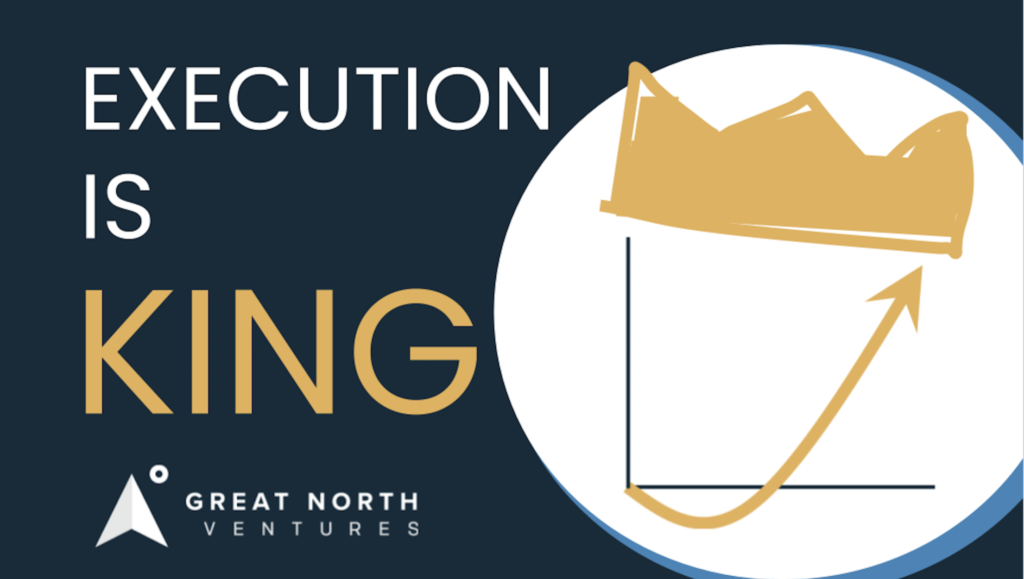
Our new podcast is live! Check out “Execution is King” on Spotify, Google Podcasts, Apple Podcasts, or wherever you get your podcasts!
Join me, Josef Siebert, and either Ryan or Rob Weber as we interview founders, investors, and ecosystem builders to uncover insights and best practices for the next generation of global startup founders.
As mentioned in our last newsletter, Fund II is now open for business! We have officially made our first investment outside of our own venture studio projects. Early-stage founders, check out our Founders page for criteria and to get in touch.
Portfolio Updates
Skillit is new to the portfolio! Skillit is a jobs and recruitment platform that matches skills-tested carpenters with great construction firms.
Flywheel has raised a $22M Series C round from 8VC, Great North Ventures, and others. Flywheel will use raised capital to acquired St. Louis-based Radiologics.
TeamGenius raises $1.1 million to expand its athlete development platform
Airbnb partner Migo taps NoiseAware for noise-monitoring solution
PrintWithMe Announces New Platform for Expansion, WithMe, Inc.
FactoryFix Successful Series “Factory Made” Offers Viewers Peak into American Manufacturing
Hotels open the door to the next evolution in room service [2ndKitchen]
Open Positions
See all open positions on the Great North Ventures careers page
Great North Venturesis hiring 6 interns for Summer 2022
Dispatch is hiring for 41 positions
FactoryFixis hiring for 7 positions
TeamGeniusis hiring for 1 position
2ndKitchenis hiring for 5 positions
PrintWithMe ishiring for 13 positions
Parallaxis hiring for 9 positions
Branch is hiring for 14 positions
Inhabitr is hiring for 3 positions
Clinician Nexusis hiring for 1 position
PartySlateis hiring for 1 position
Flywheelis hiring for 2 positions
It’s not what you know. It’s not who you know. It’s knowing how to put it all together.
Execution is King.
As founders, investors, and builders, we think execution is key to success. In our new podcast, we go in search of insight and lessons. This takes us to people who have been there before, where the rubber meets the road.
Hosted by Josef Siebert, each episode features Rob or Ryan Weber and a guest who can offer best practices to startup founders building the next great global startups from wherever they may be.
Our first episodes available August 12th feature investors Justin Kaufenberg of Rally Ventures and Nick Moran of New Stack Ventures, founder Mynul Khan of FieldNation, and professional ecosystem builder Molly Pyle of the Center on Rural Innovation.
They are available on Spotify, Apple Podcasts, Google Podcasts, or wherever you get your podcasts.
Great North Ventures is an early-stage venture fund that invests in startups using technology to innovate industries dominated by analog processes. We invest early across categories and industries, and leverage a large network of advisors to help startups scale.

April Newsletter
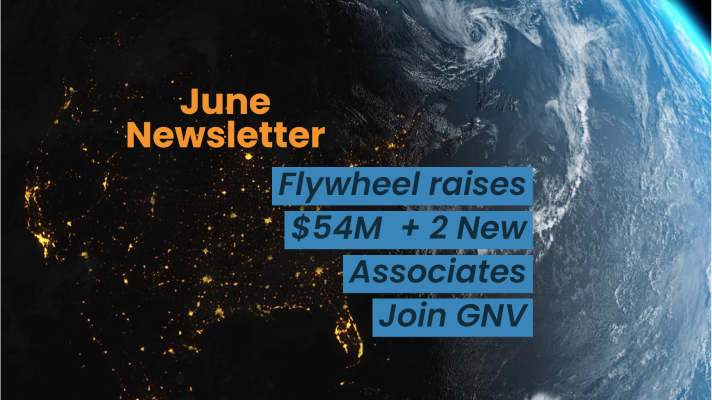
June Newsletter
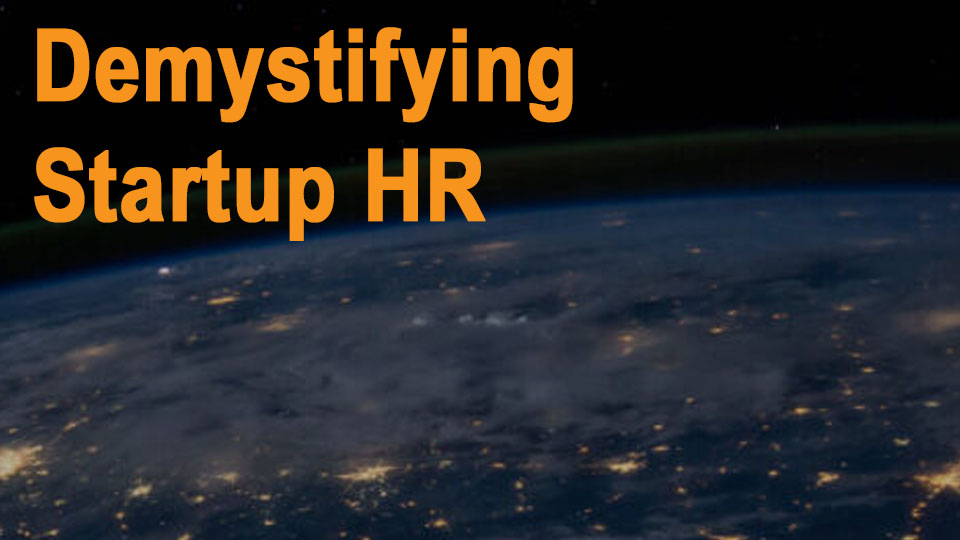
Demystifying Startup HR
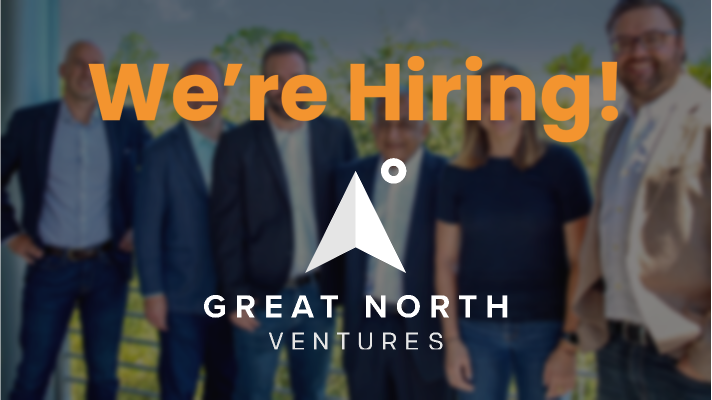
Head of Finance & Fund Administration- Venture Capital Firm (Remote)

Demystifying Startup HR
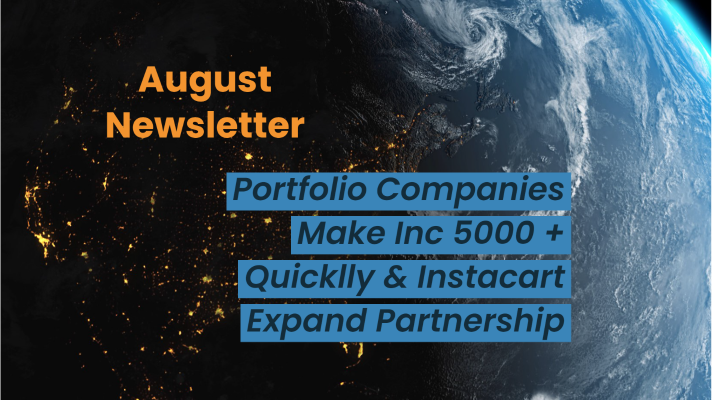
3 Portfolio Companies Make Inc. 5000 + Quicklly & Instacart Expand
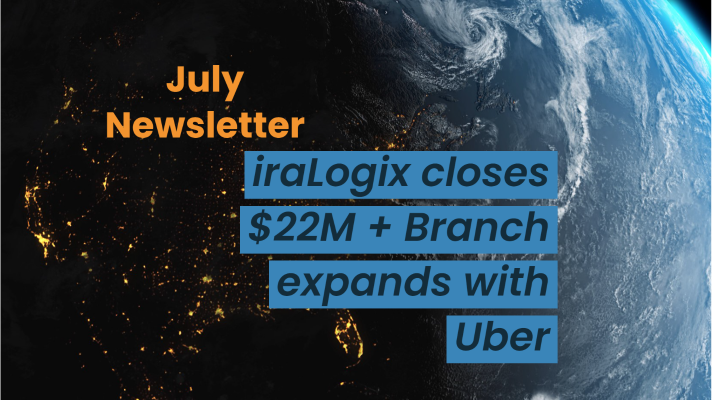
iraLogix closes $22M + Branch expands with Uber
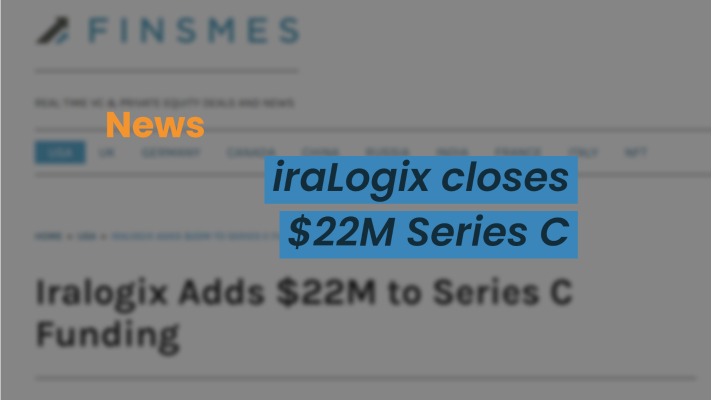
iraLogix closes $22M Series C

Flywheel lands Gates Foundation grant

Venture Capital Analyst
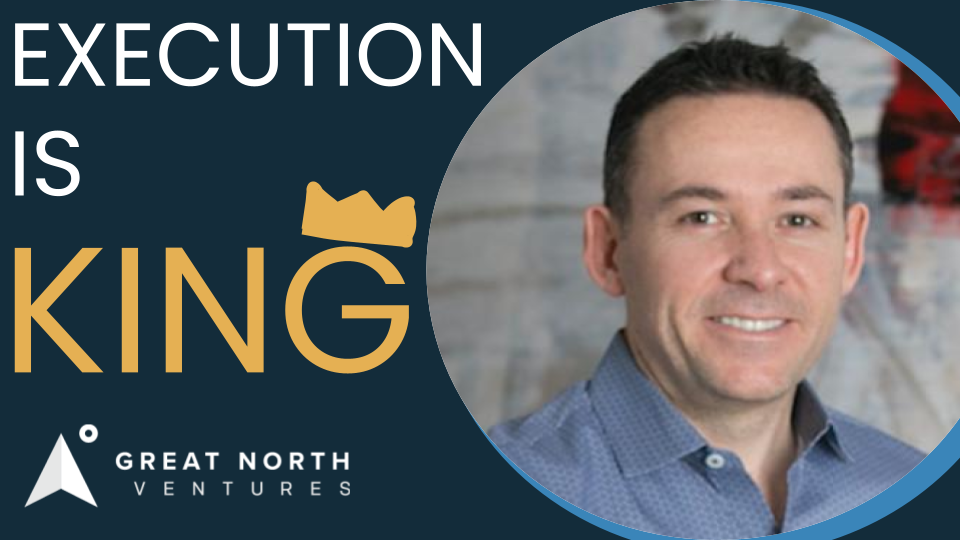
Orazio Buzza, Founder and CEO of Fooda – on Episode 13, “Execution is King”
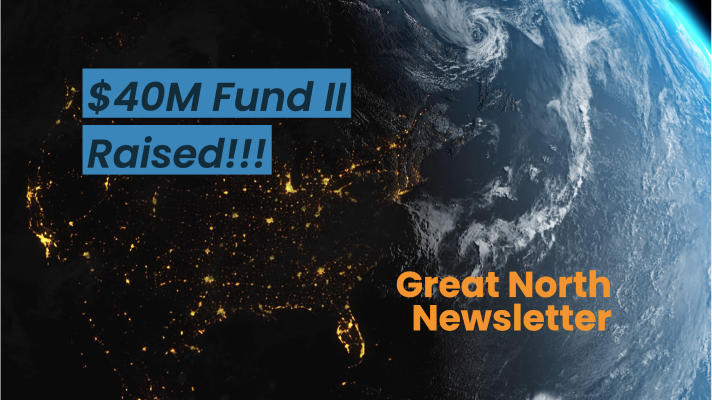
$40M Fund II Raised!
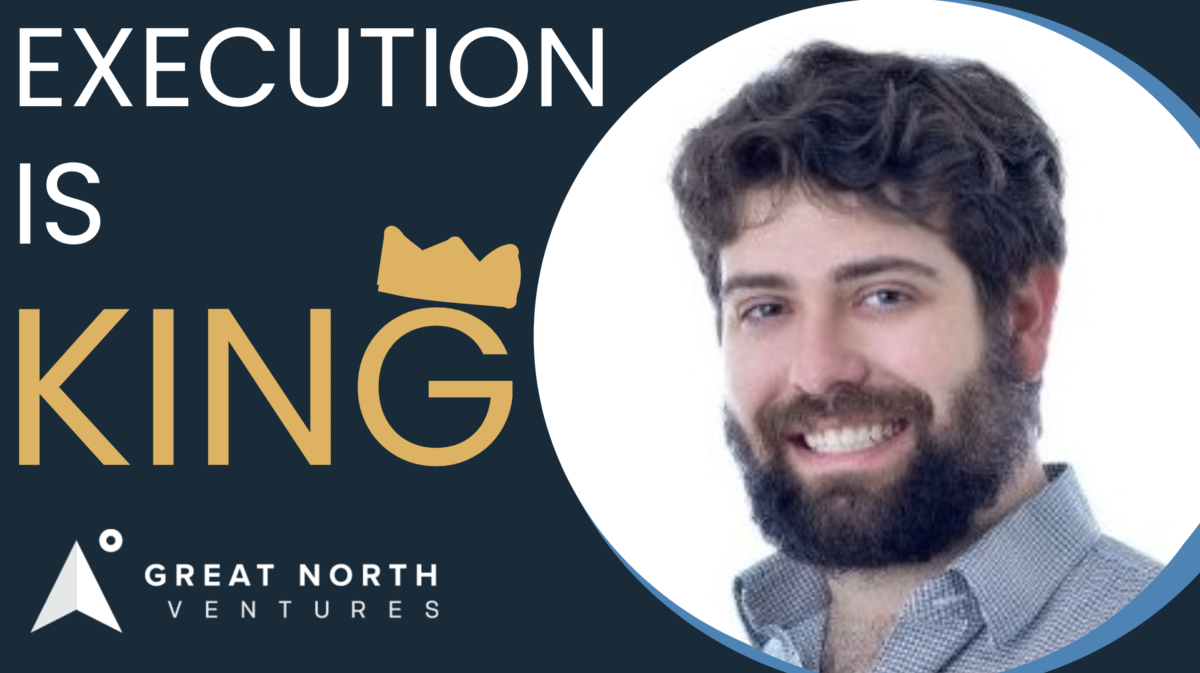
Eric Martell, Founder of Pear Commerce: Episode 13, Execution is King

Great North Ventures Raises $40 Million Fund II
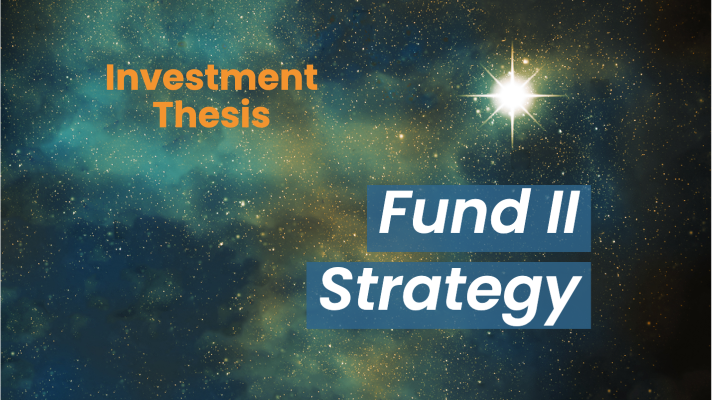
Investment Thesis: Fund II Strategy

Investment Theme: Community-Driven Applications
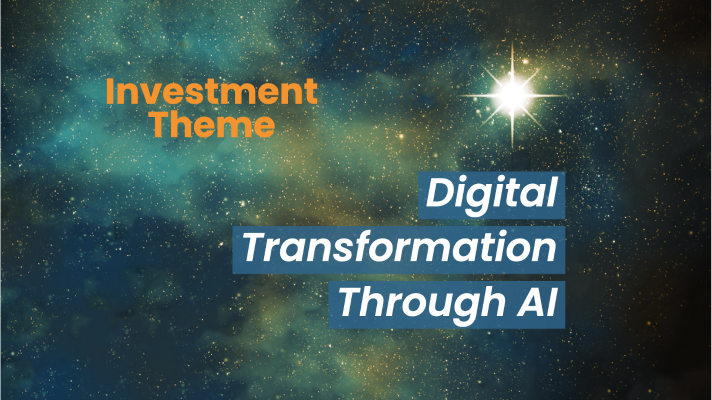
Investment Theme: Digital Transformation Through AI
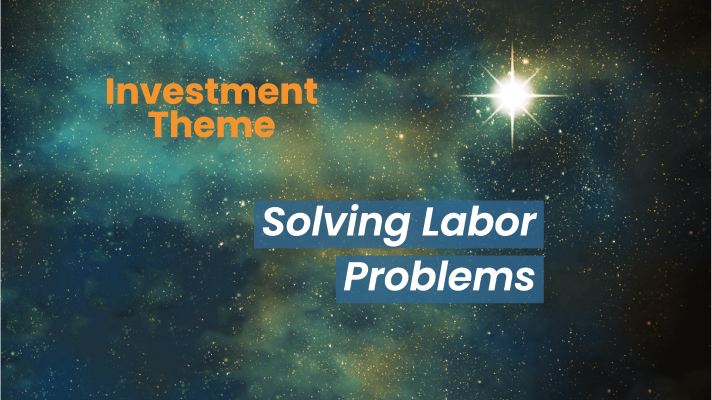
Investment Theme: Solving Labor Problems
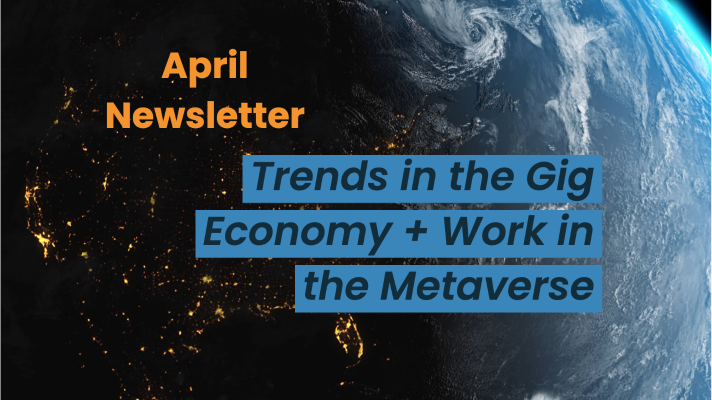
Trends in the Gig Economy + Work in the Metaverse
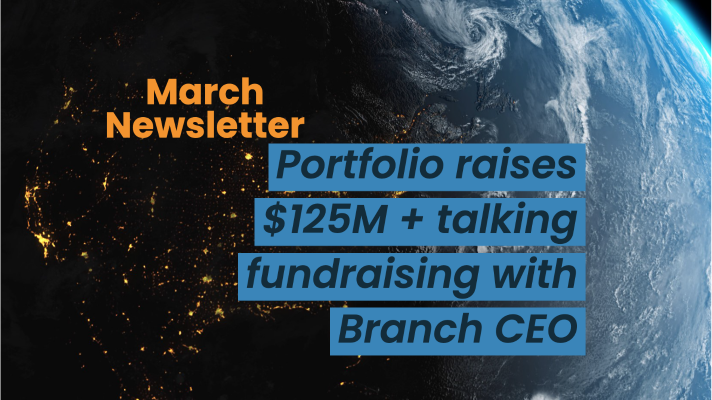
Portfolio raises $125M + talking fundraising with Branch CEO
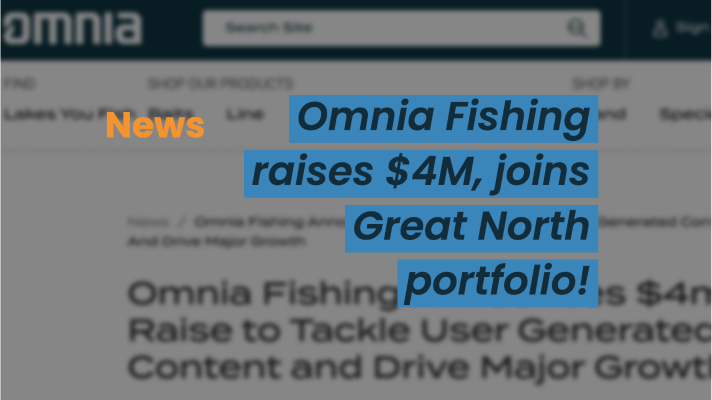
Omnia Fishing closes $4M round, joins Great North portfolio!
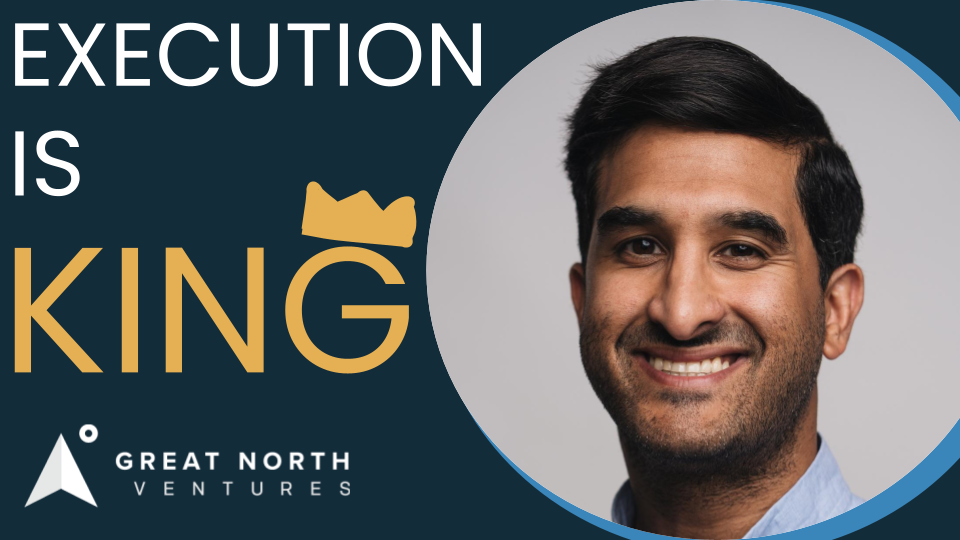
Atif Siddiqi, Founder/CEO of Branch: Episode 11, Execution is King

Michael Martocci, CEO and Founder of SwagUp: Episode 10, Execution is King

Yardstik new to portfolio, closes $8M Series A
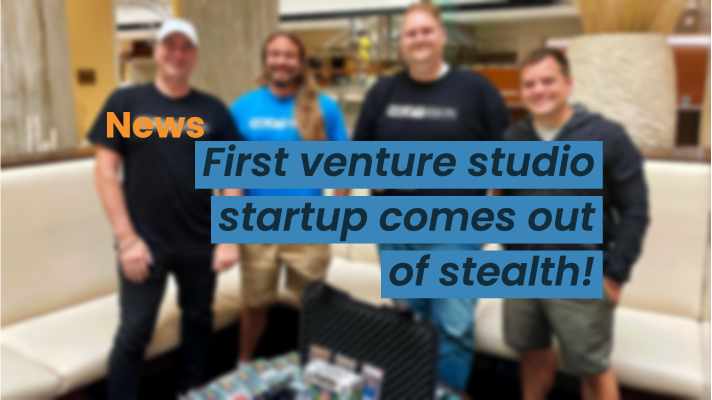
First venture studio startup comes out of stealth!

Insights for founders from a data guru, + FactoryFix raises a Series A!
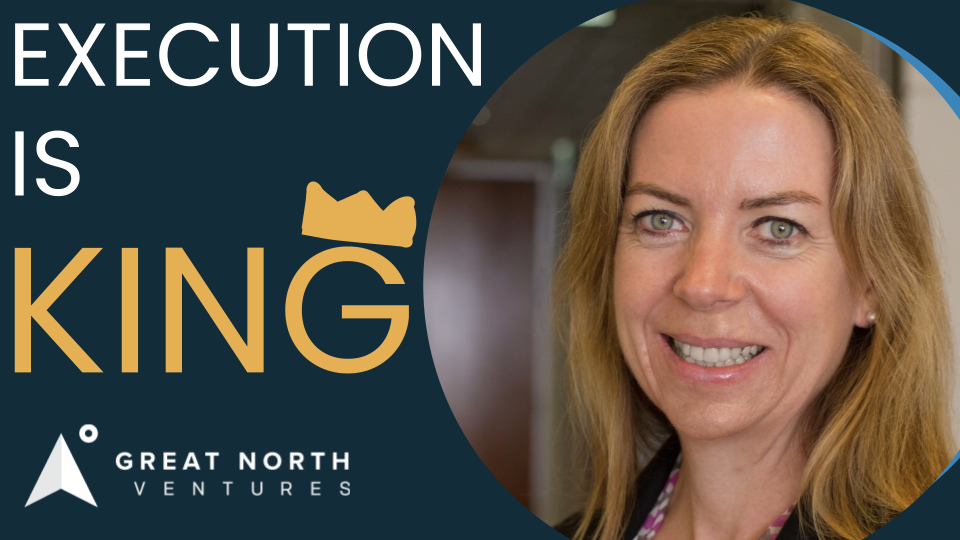
Una Fox: Episode 9, Execution is King
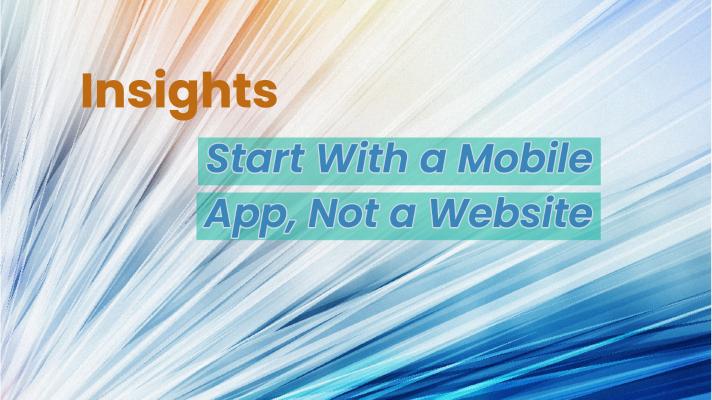
Start With a Mobile App, Not a Website
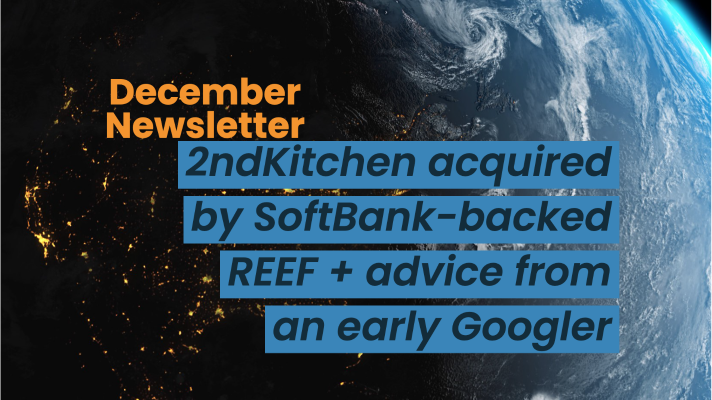
2ndKitchen acquired by SoftBank-backed REEF + advice from an early Googler
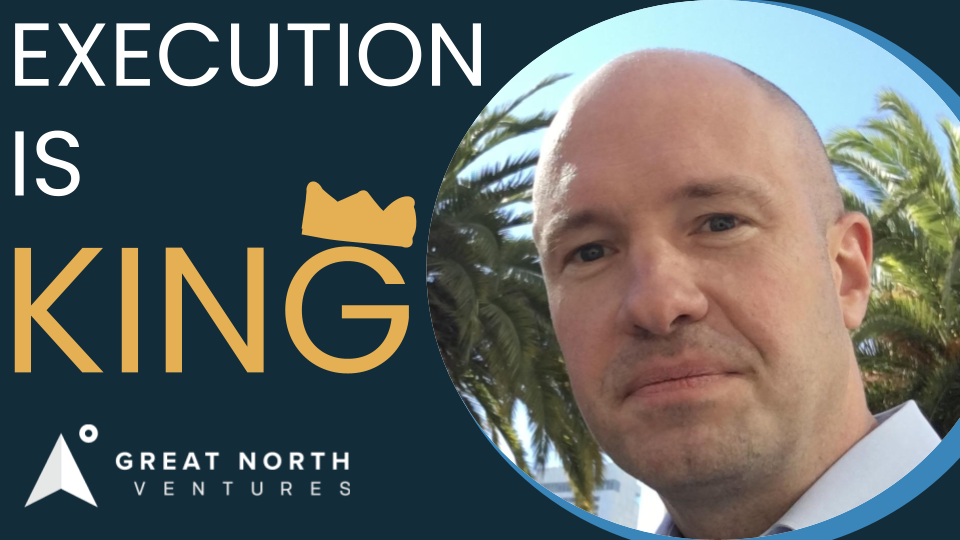
Joe Sriver, 4giving: Episode 8, Execution is King

2ndKitchen Acquired by REEF
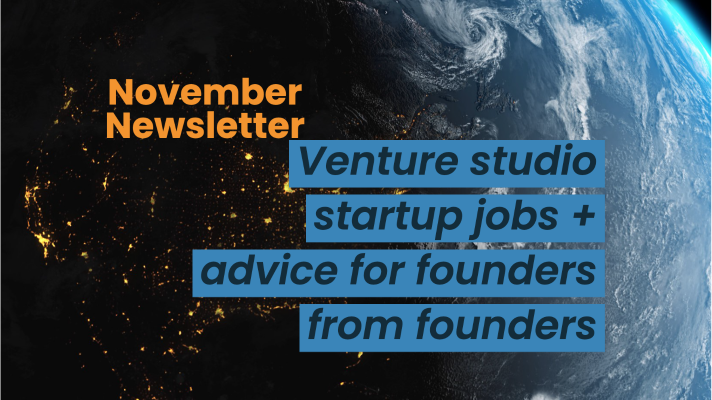
Venture studio startup jobs + advice for founders from founders
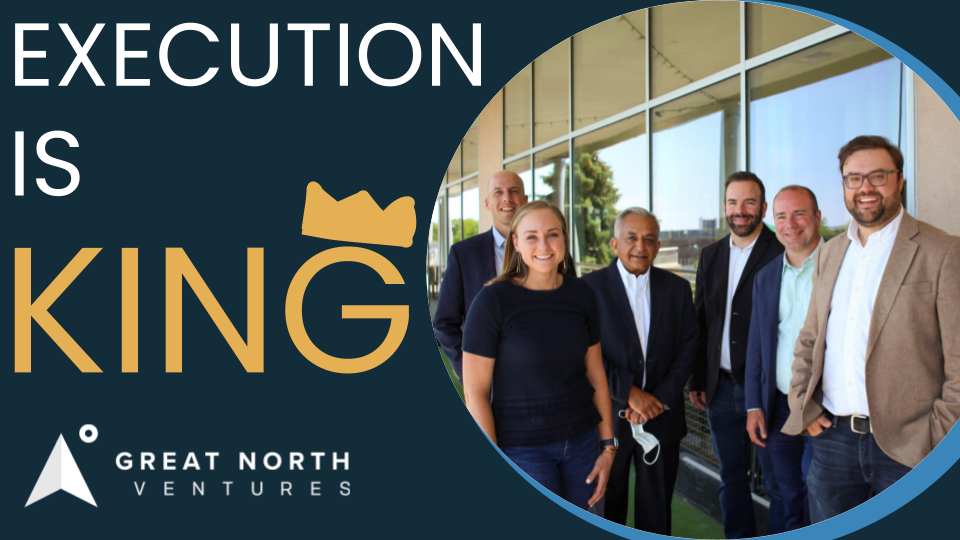
Best Advice from the Great North Annual Event: Episode 7, Execution is King
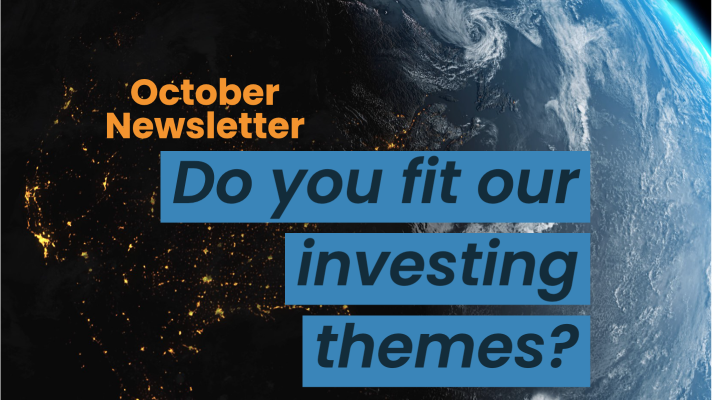
Newsletter: Do you fit our investing themes?
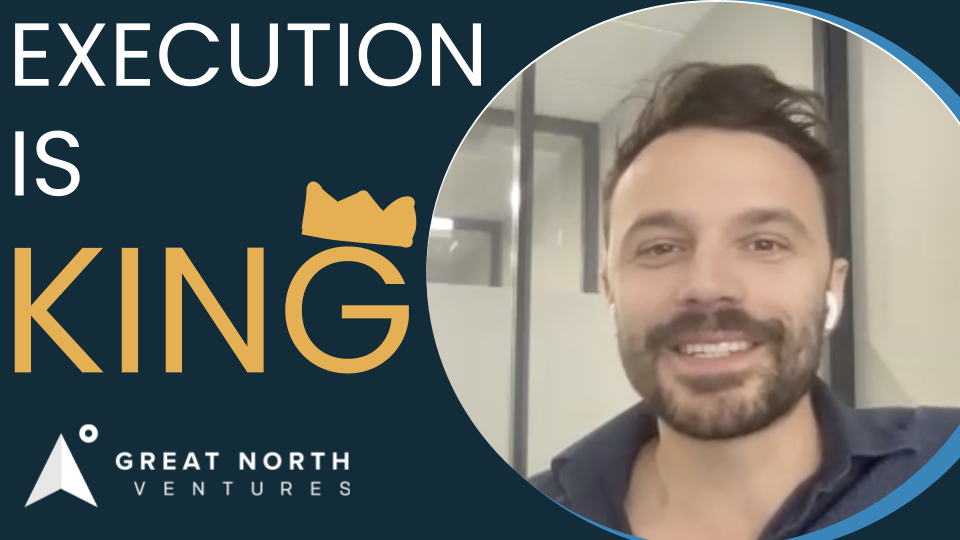
Jonathan Treble, PrintWithMe: Episode 6, Execution is King
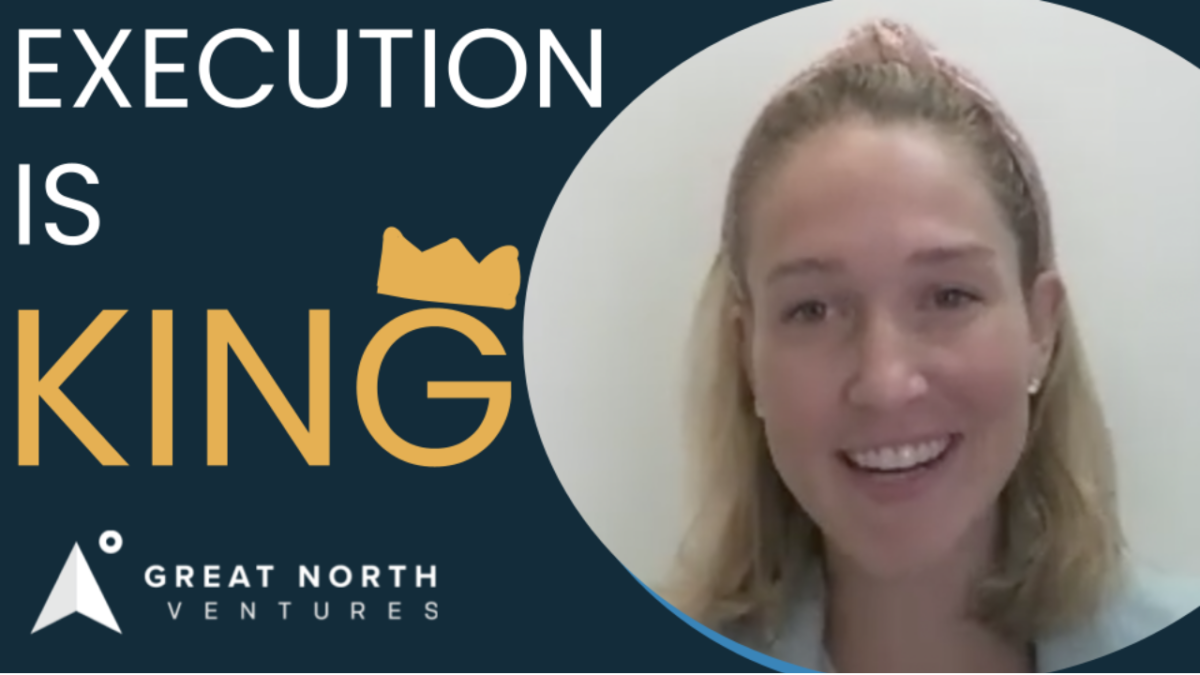
Anna Mason, Revolution: Episode 5, Execution is King

Mynul Khan, FieldNation: Episode 4, Execution is King
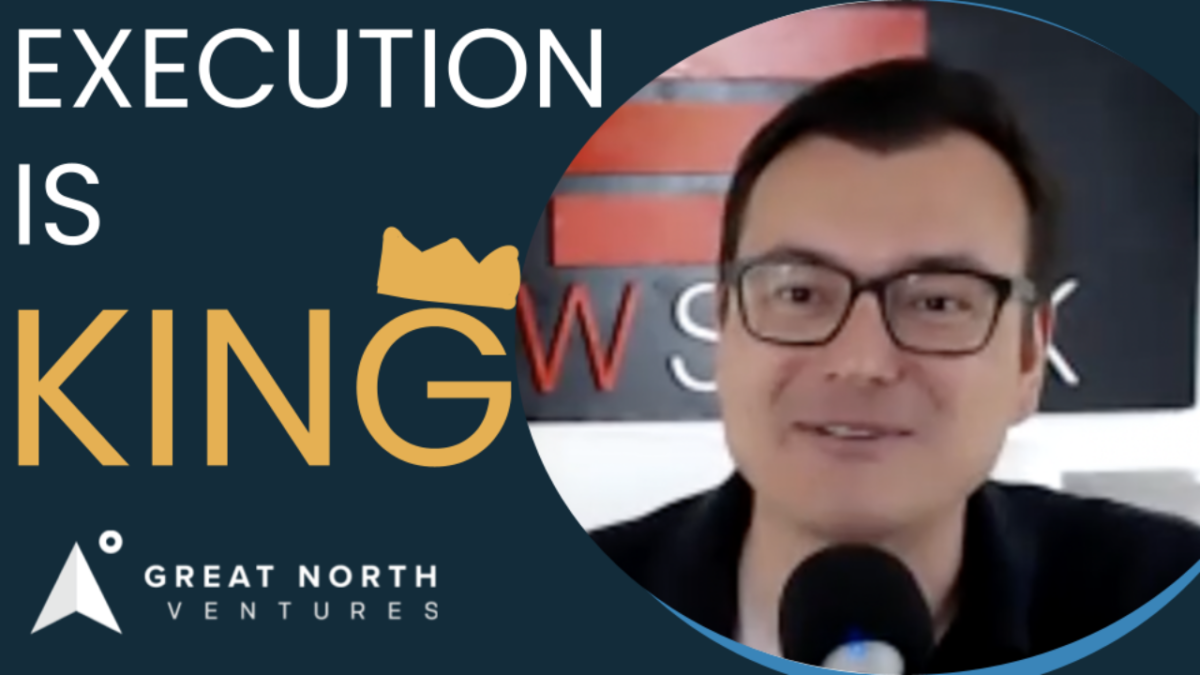
Nick Moran, New Stack Ventures: Episode 3, Execution is King
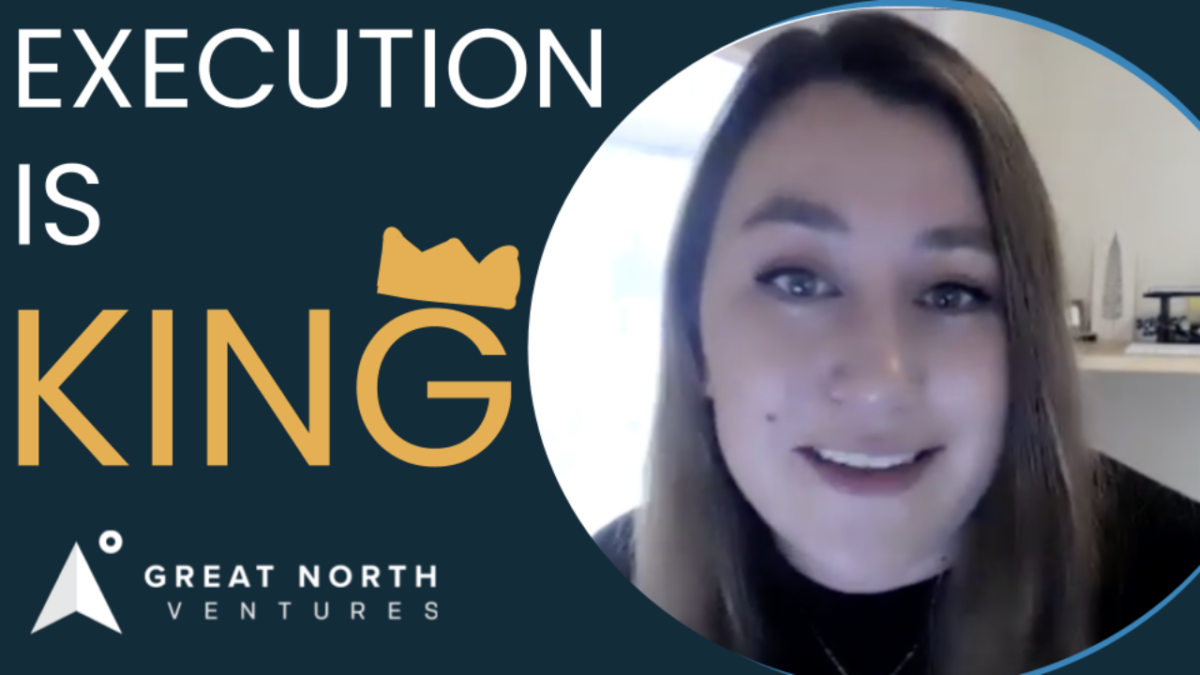
Molly Pyle, Center on Rural Innovation (CORI): Episode 2, Execution is King

Justin Kaufenberg, Rally Ventures: Execution is King Episode 1
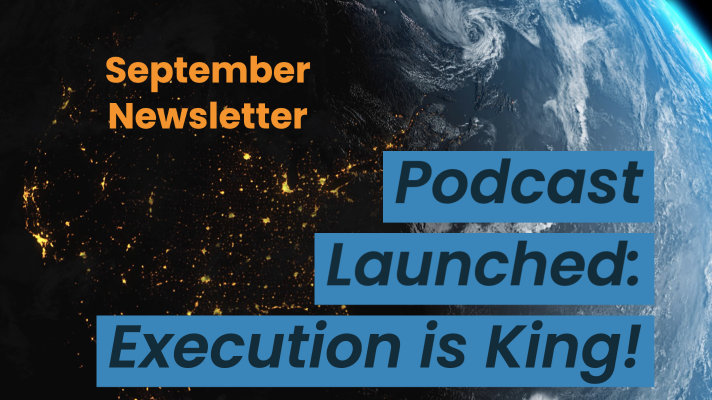
Newsletter: “Podcast Launched: Execution is King!”
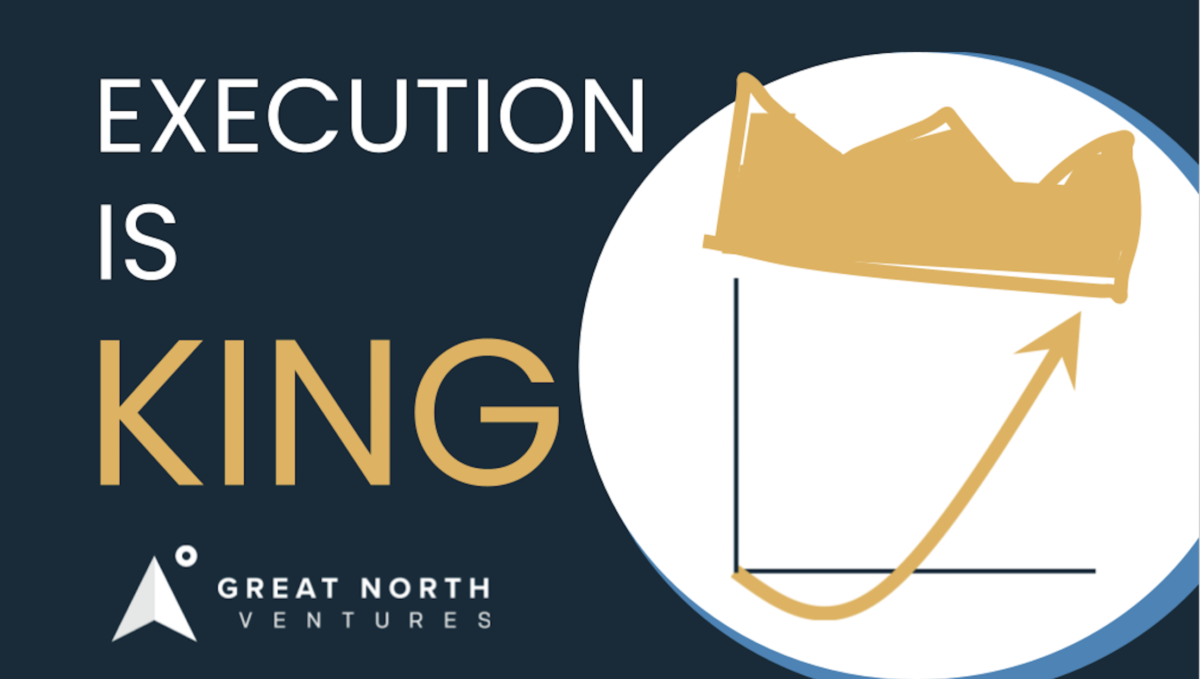
“Execution is King” – the Great North Ventures Podcast
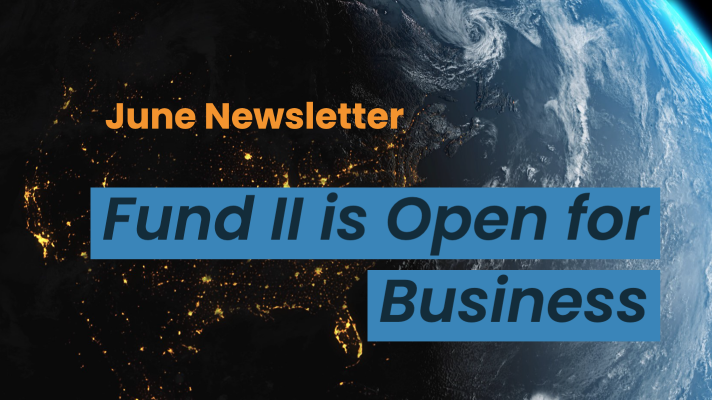
Newsletter: Fund II is open for business!
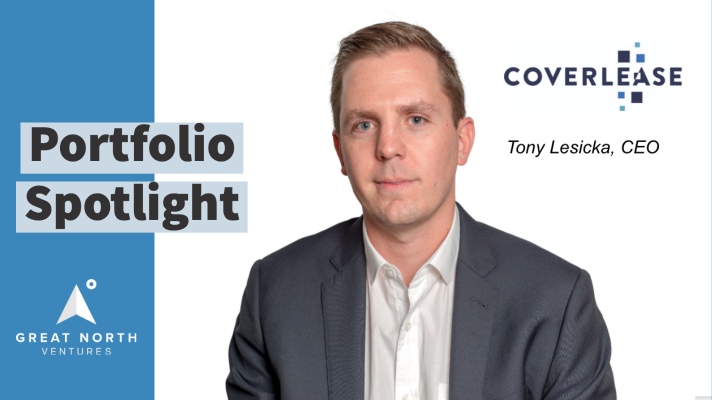
Unlocking the Potential of Anonymized Commercial Real Estate (CRE) Data

Fund II is open for Business!

Mike Schulte Promoted to Venture Partner
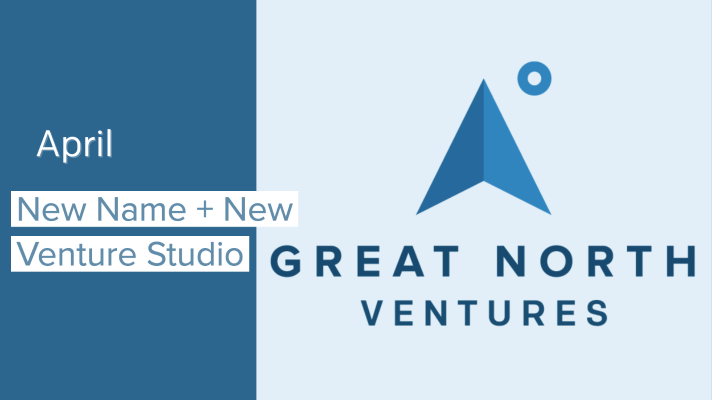
New Name + New Venture Studio
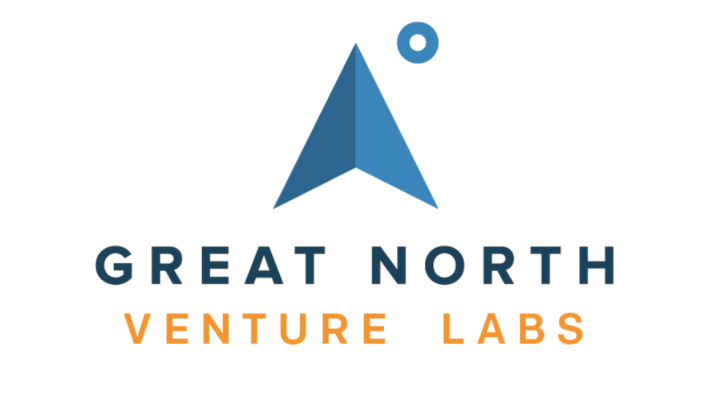
Great North Launches Startup Studio

We Don’t Need No [full-time MBA] Education
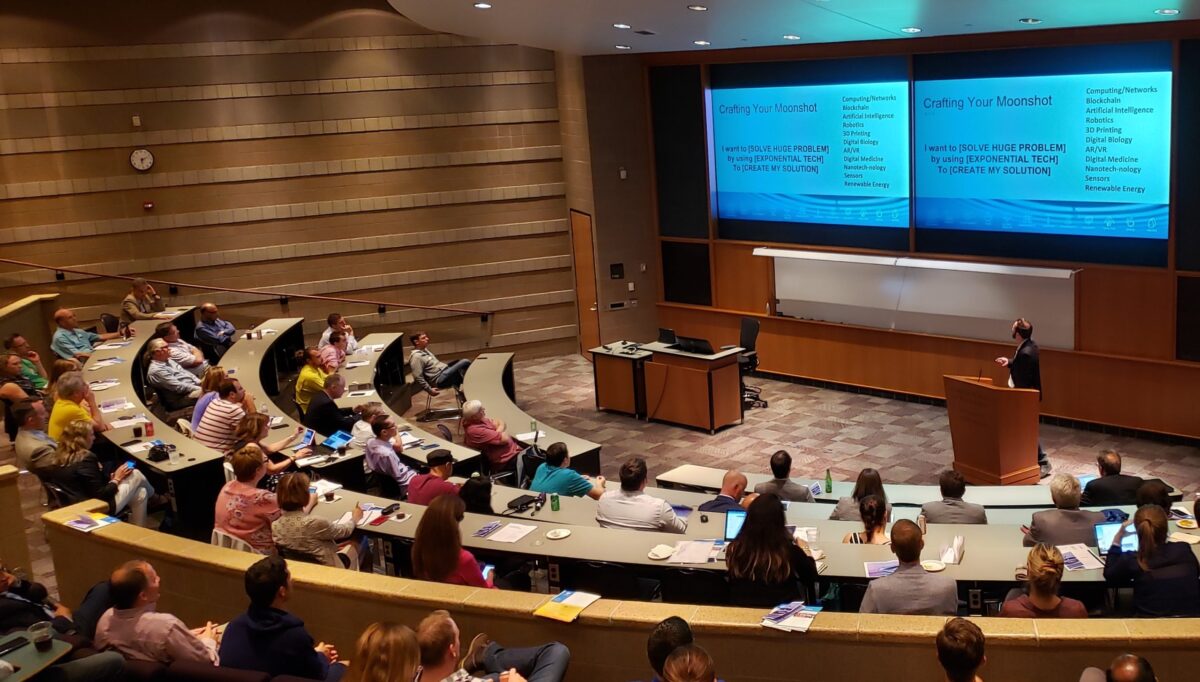
How the University of Minnesota is Embracing Startup Culture

Top Stories of 2020, iraLogix, and LaunchMN Calls for Mentors
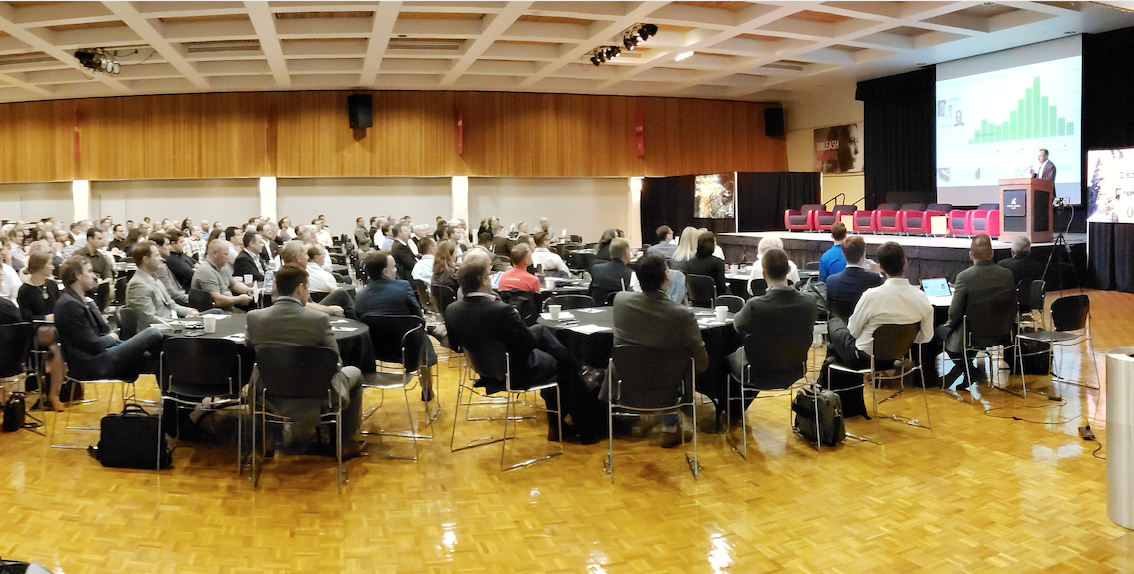
Building Capacity for Innovation
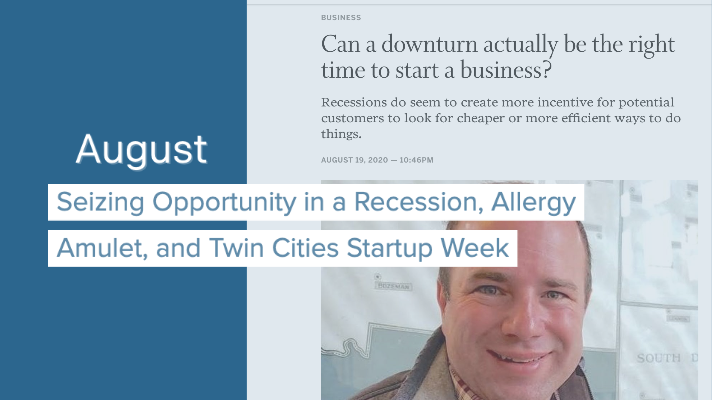
Seizing Opportunity in a Recession, Allergy Amulet, and Twin Cities Startup Week
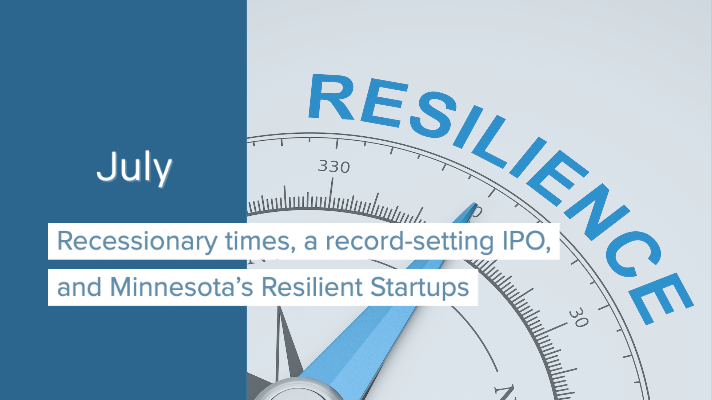
Recessionary times, a record-setting IPO, and Minnesota’s Resilient Startups
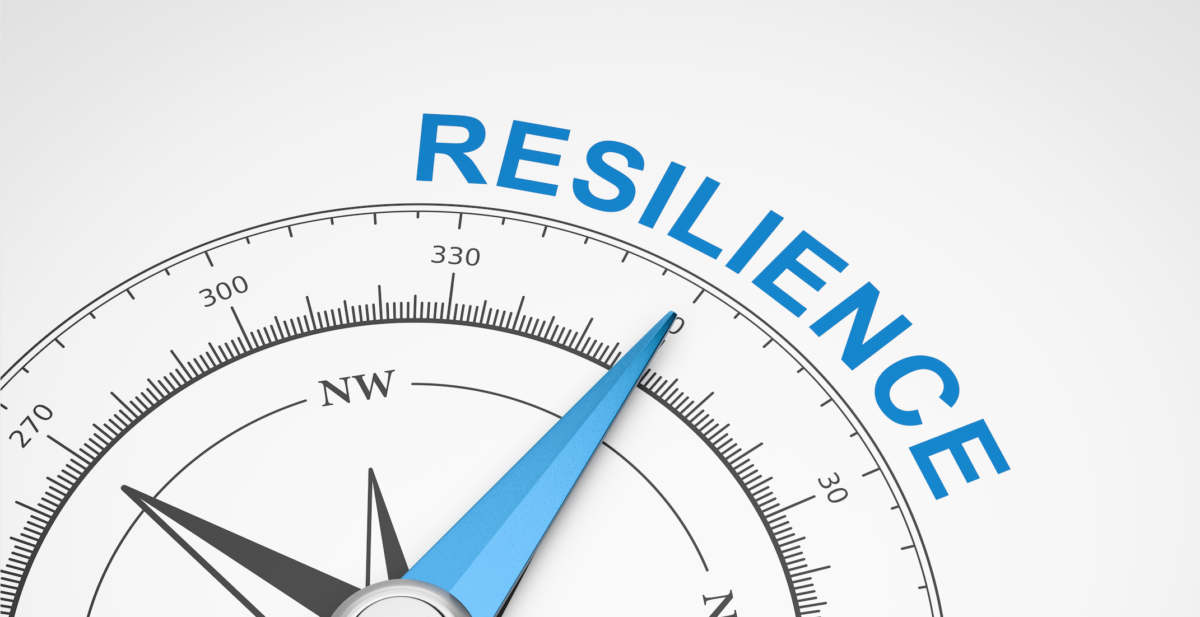
Minnesota's Resilient Startups

July 4th, Equitable American Dream-ing, and Robots Diagnosing COVID
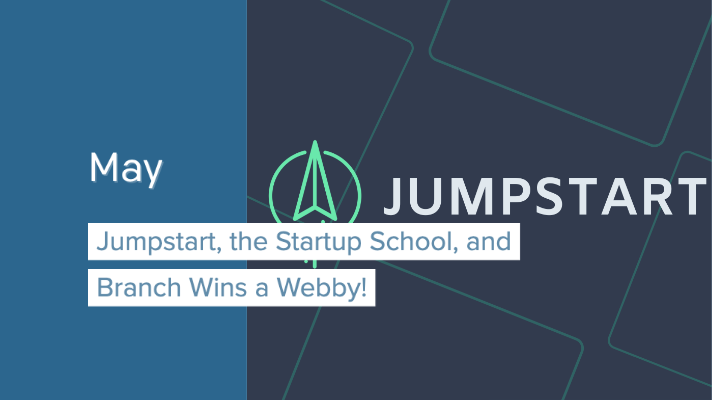
Jumpstart, the Startup School, and Branch Wins a Webby!
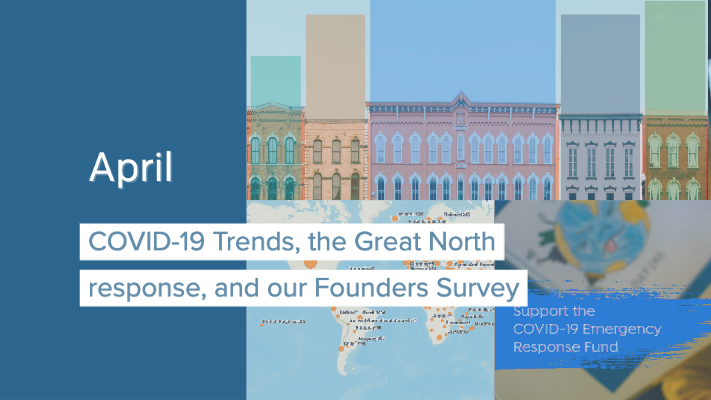
COVID-19 Trends, the Great North response, and our Founders Survey
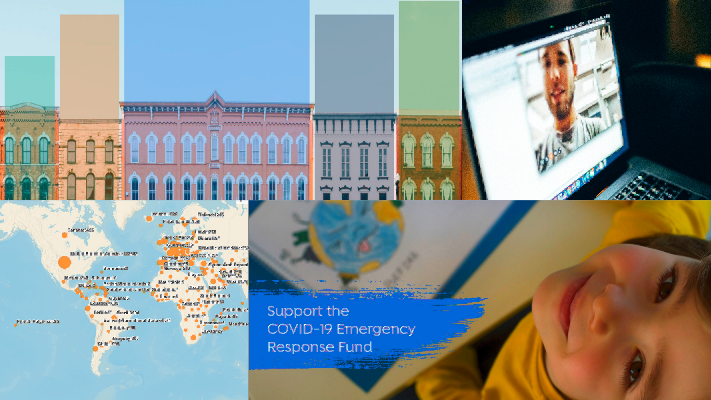
Giving in the Time of Coronavirus

COVID-19 Resources for Startups, State-by-State

COVID-19, the CARES Act, and startups stepping up
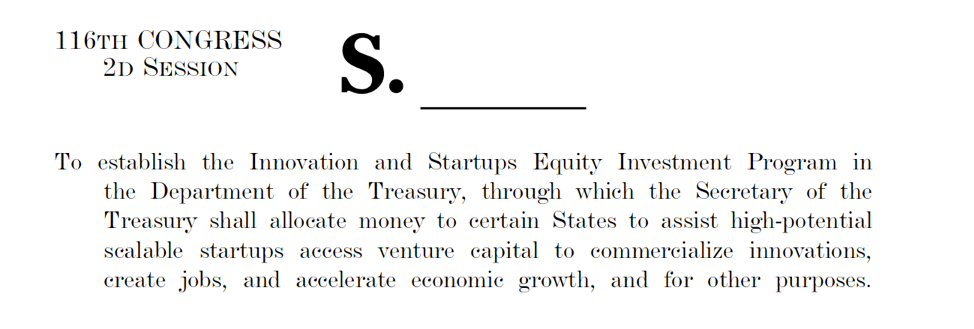
New Business Preservation Act

Digital Future Boardroom, PartySlate, and The Lean Startup School
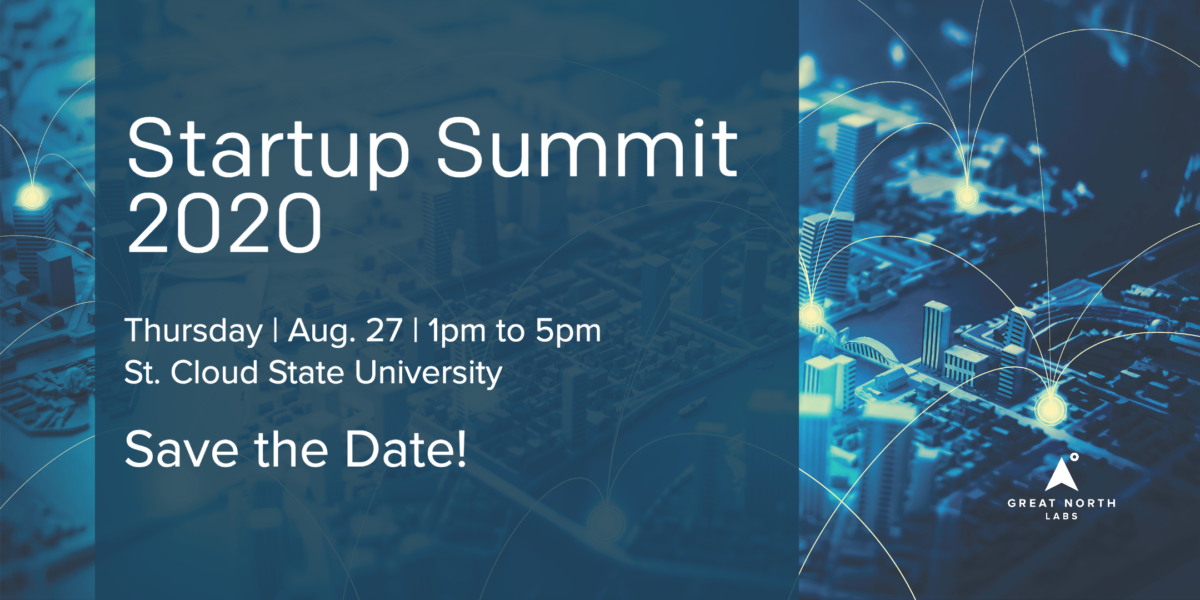
Great North Labs’s Startup Summit 2020

Great North Labs's Startup Summit 2020
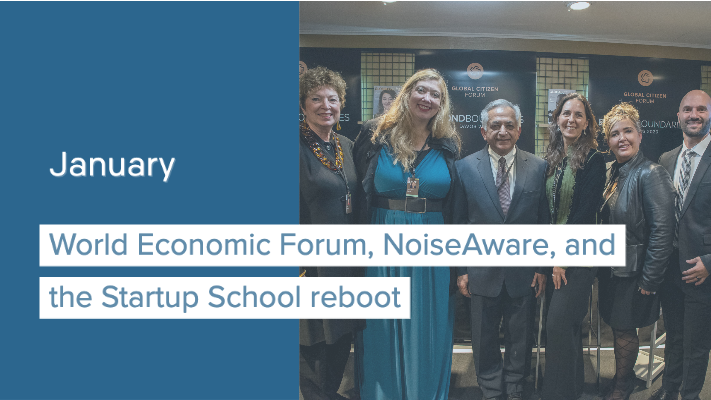
World Economic Forum, NoiseAware, and the Startup School reboot

Great North Labs at the World Economic Forum 2020 in Davos
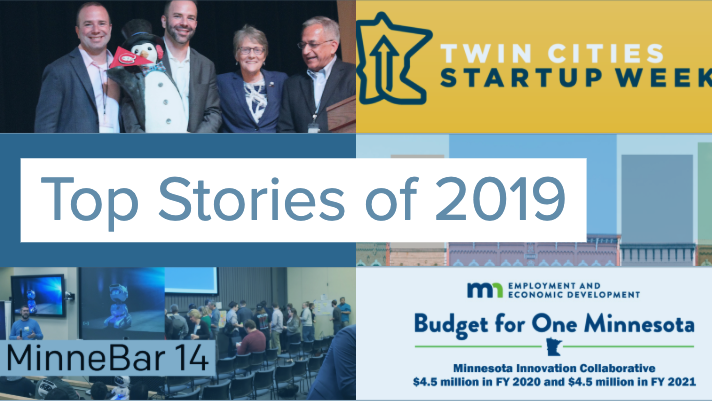
Top 5 Stories of 2019
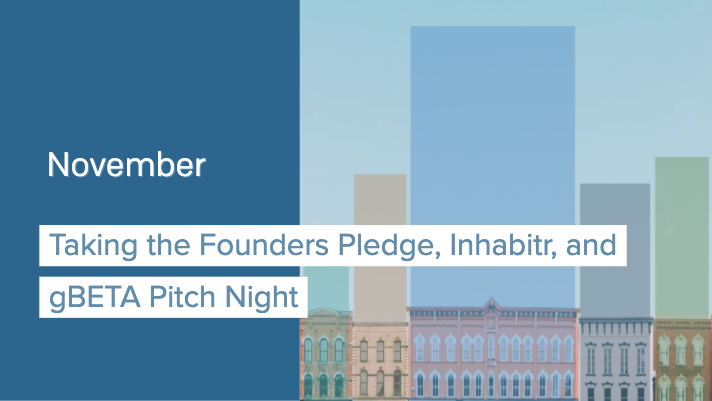
Taking the Founders Pledge, Inhabitr, and gBETA Pitch Night

Founders Pledge: Support the Organizations that Support You
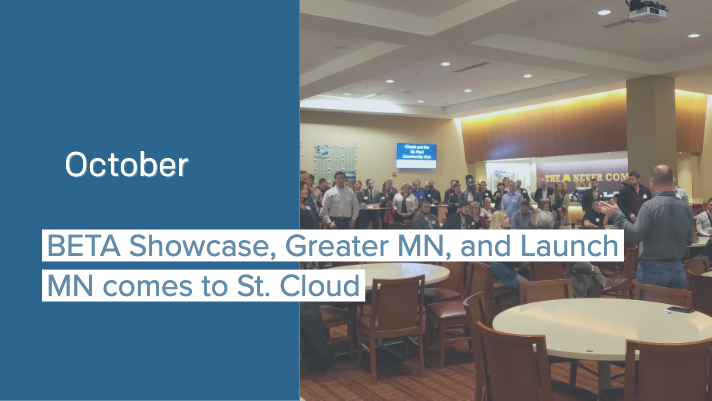
BETA Showcase, Greater MN, and Launch MN comes to St. Cloud
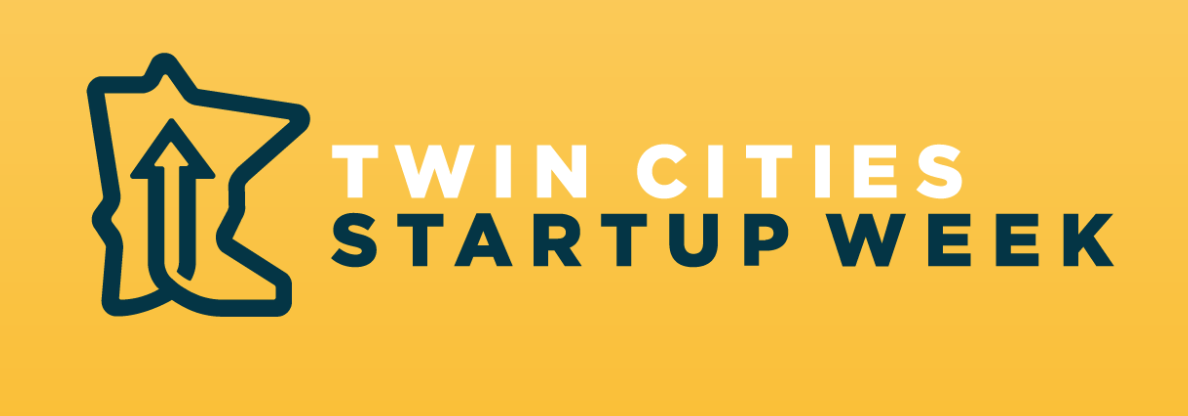
7 Places to Spot Us at Startup Week
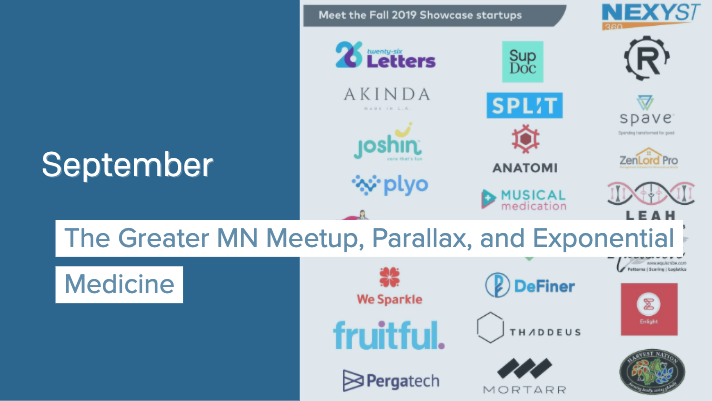
The Greater MN Meetup, Parallax, and Exponential Medicine
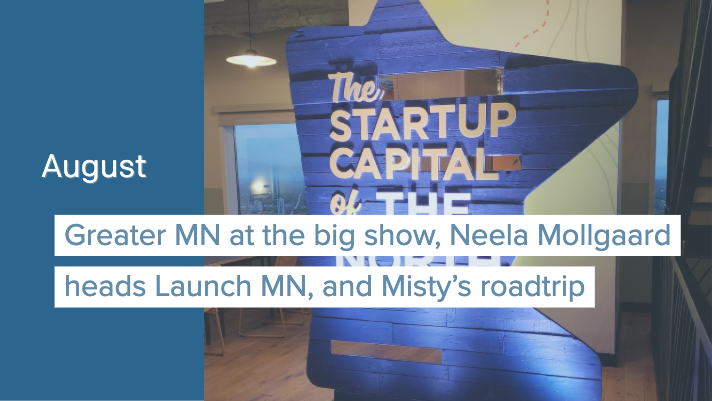
Greater MN at the big show, Neela Mollgaard heads Launch MN, and Misty’s roadtrip.

Talking VC, tech kids, and Forge North’s Horizon

June: Great North Labs’s first fund raised!
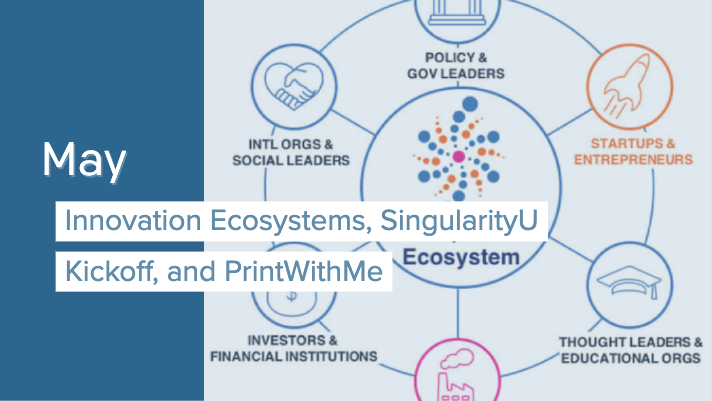
May: Innovation Ecosystems, SingularityU Kickoff, and PrintWithMe
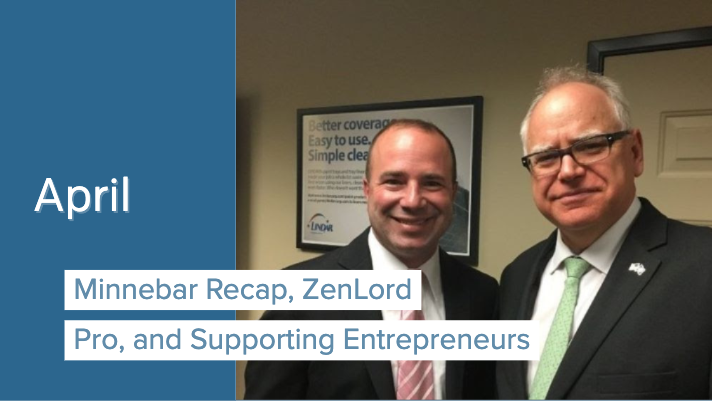
April: Minnebar Recap, ZenLord Pro, and Supporting Entrepreneurs
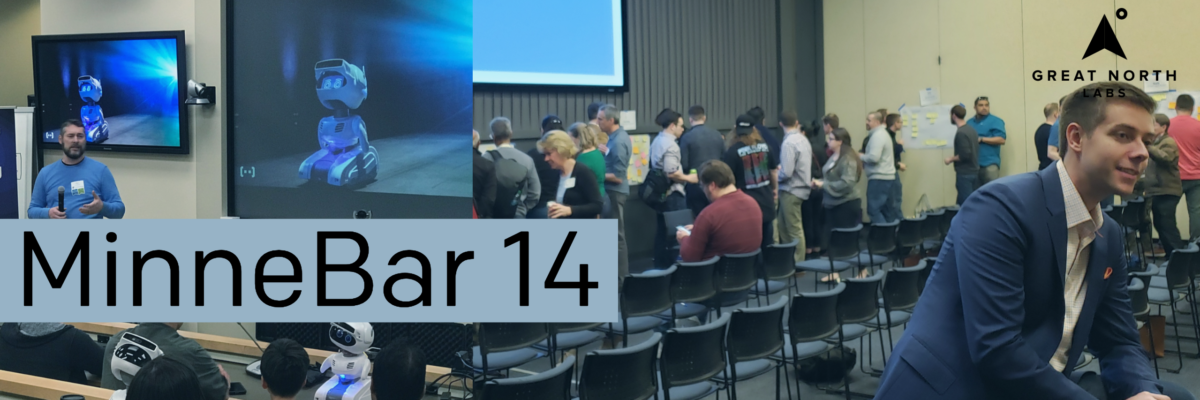
MinneBar 14 Recap

Dispatch and 2ndKitchen claim Tech Madness titles
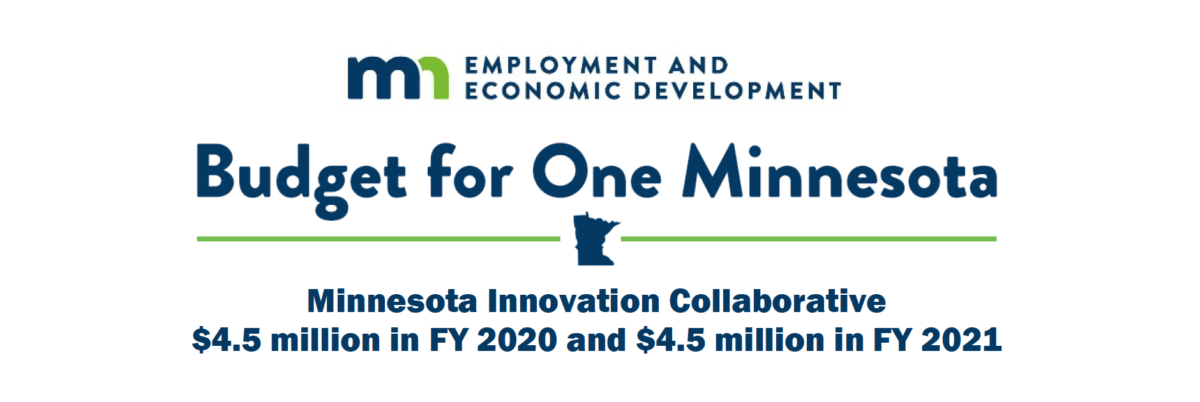
Minnesota Innovation Collaborative

March: Minnebar, Hockey + Hustlers, and Innovation Workshops

Great North Labs at CES

Dec.-Jan.: Top Posts from 2018, pepr, Glowe, and Misty Robotics
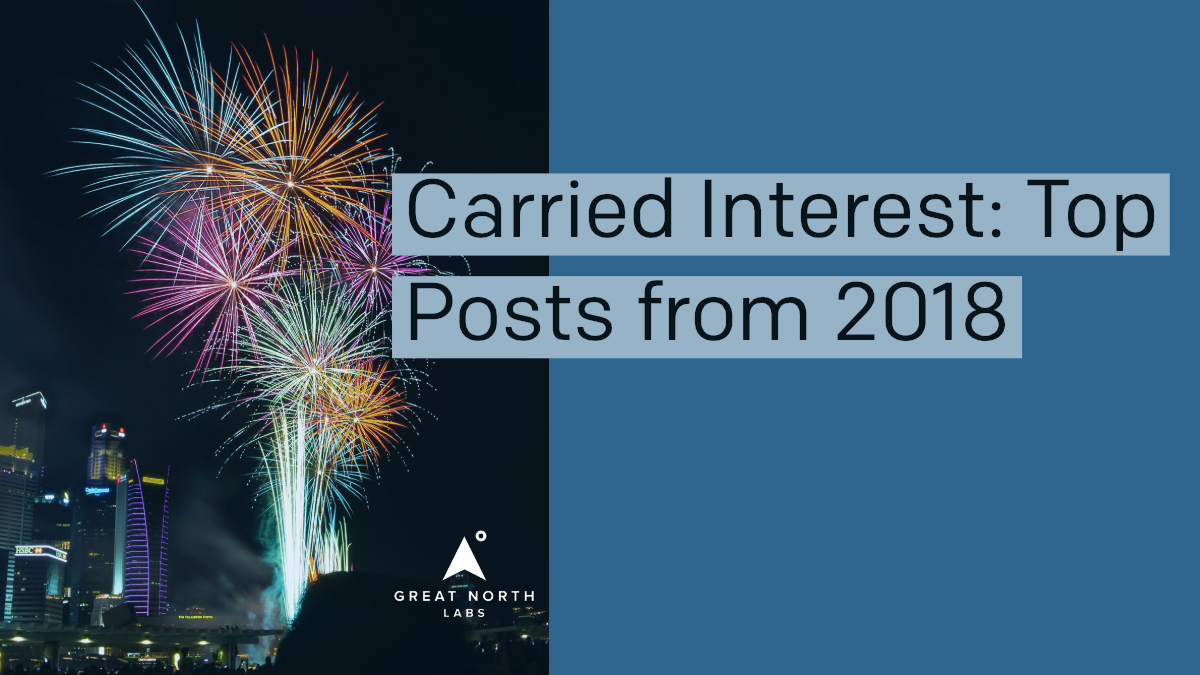
Carried Interest: Top Posts from 2018
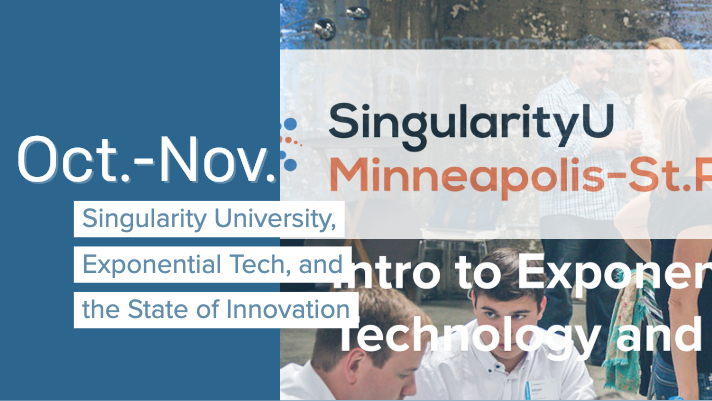
Oct.-Nov.: Singularity University, Exponential Tech, and the State of Innovation

Digital Transformation Summit, July 25th in Minneapolis
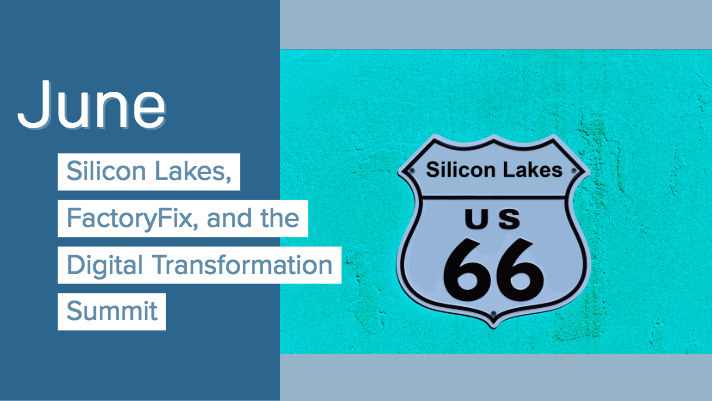
June: Silicon Lakes, FactoryFix, and the Digital Transformation Summit

Putting the “Silicon” in Silicon Lakes
Digital Manufacturing and Logistics
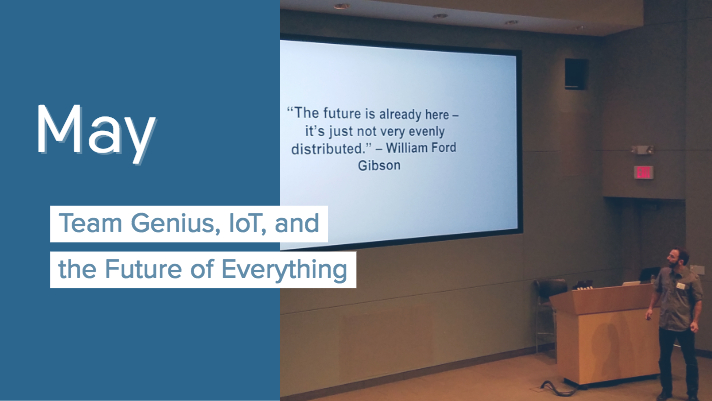
May: Team Genius, IoT, and the Future of Everything
IoT 3.0

Healthcare Innovation
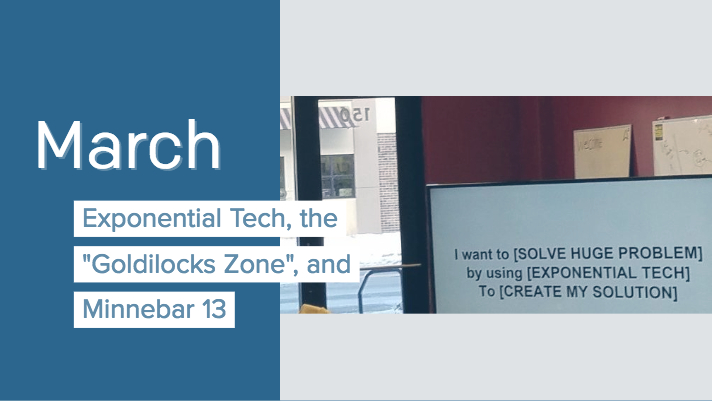
March: Exponential Tech, the “Goldilocks Zone”, and Minnebar 13
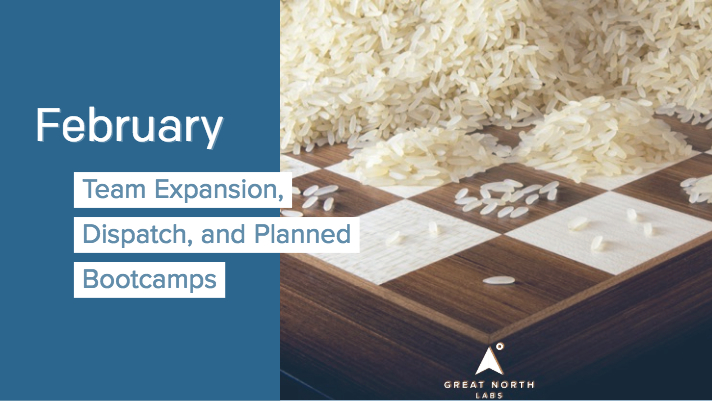
February: Team Expansion, Dispatch, and Startup School Events
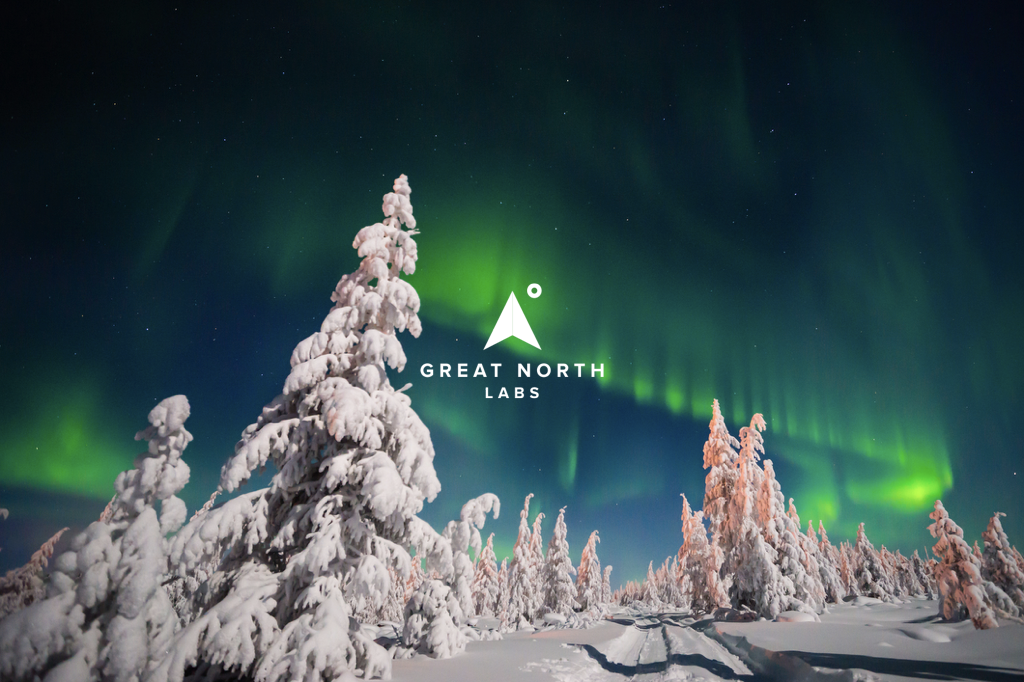
Great North Labs Newsletter – December 2017

A Letter To My Younger Self

Great North Labs Newsletter
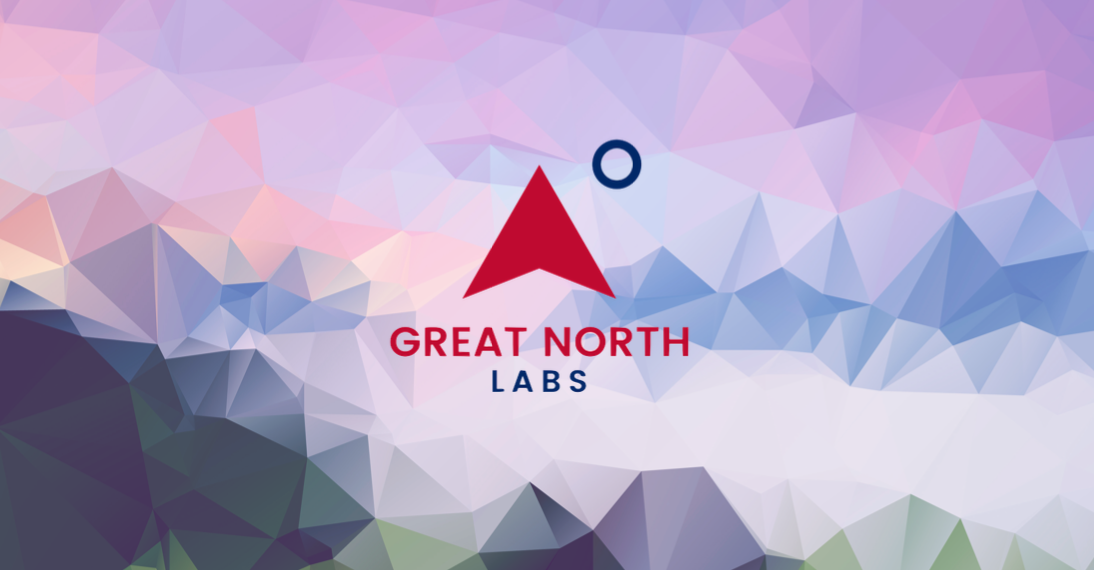
Great North Labs Featured on Tech.mn

Great North Labs Featured in St Cloud Times
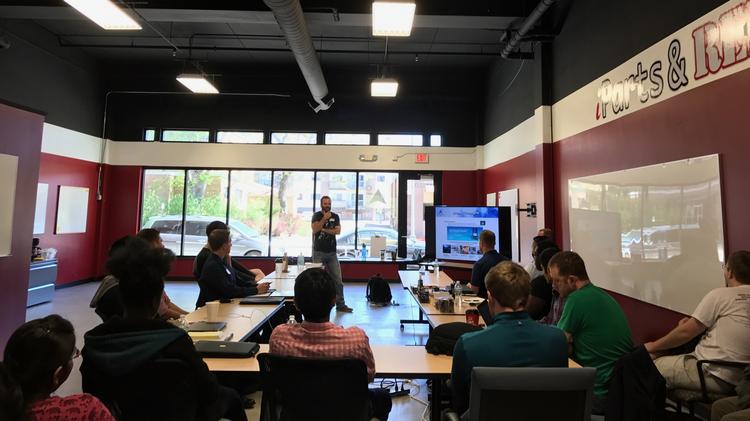
Great North Labs – Featured on BizJournals.com




